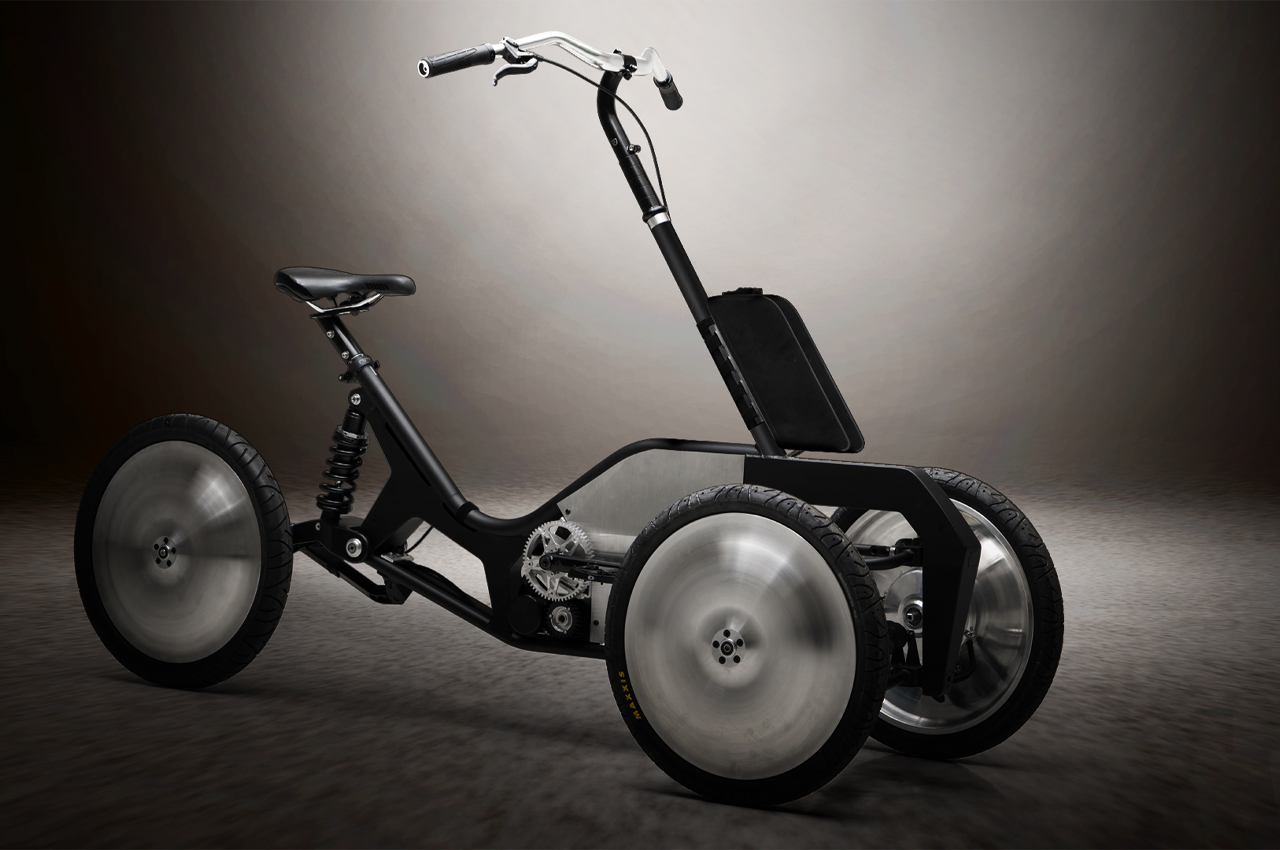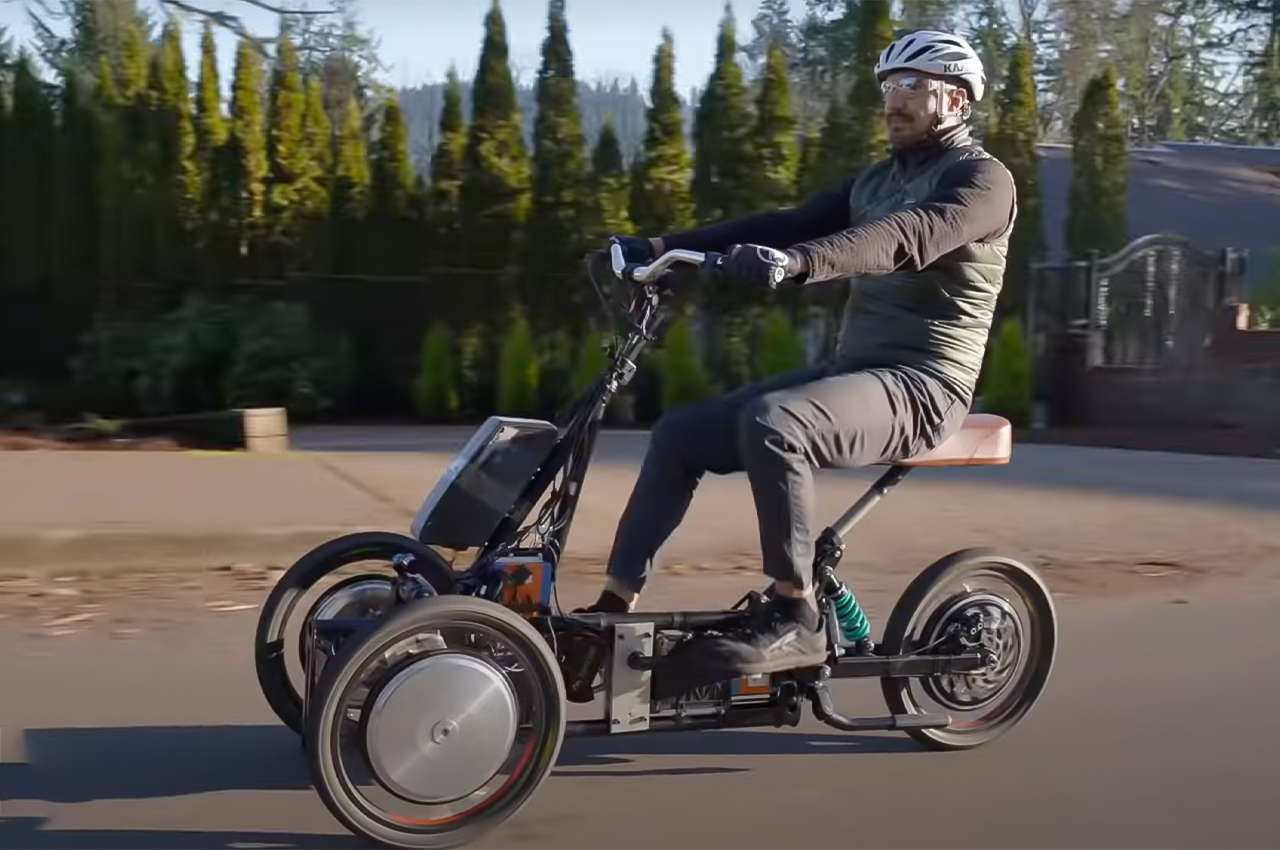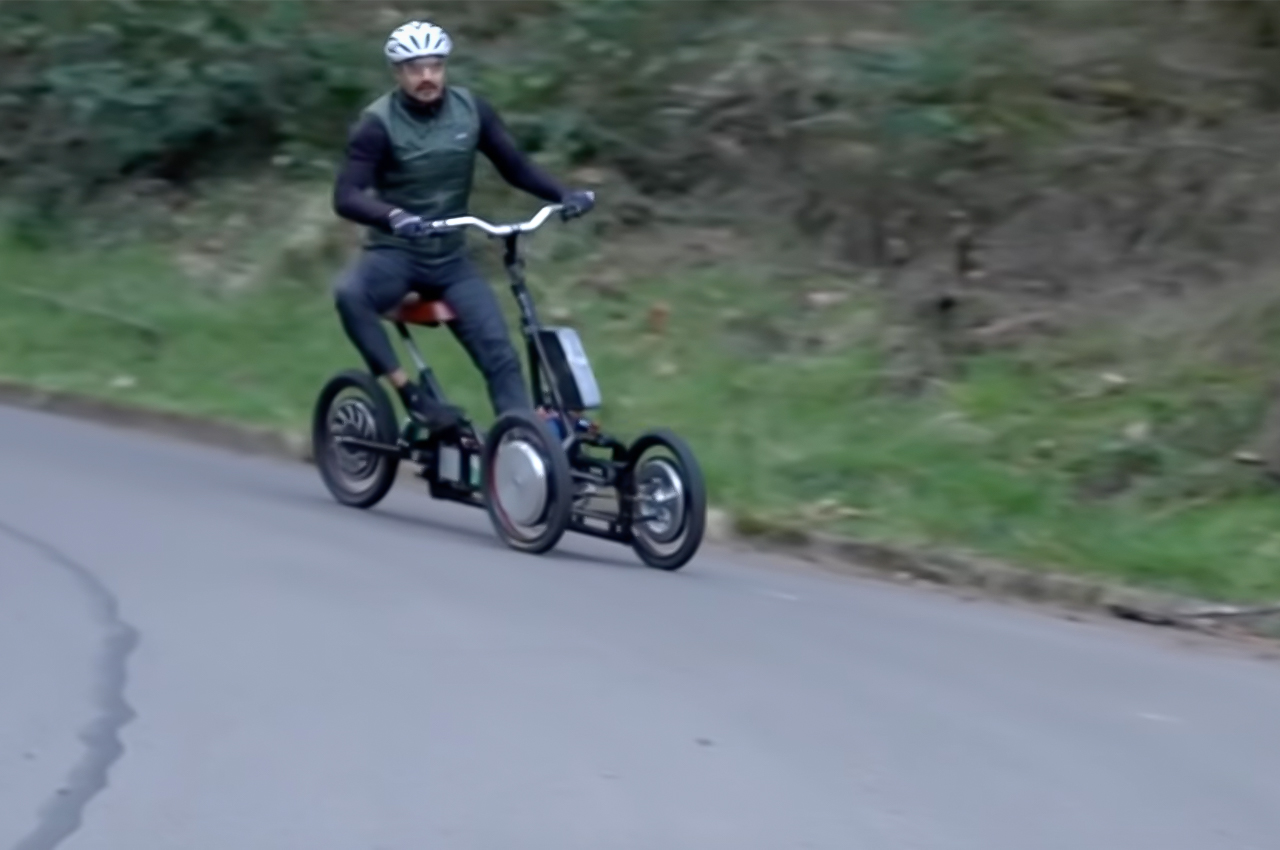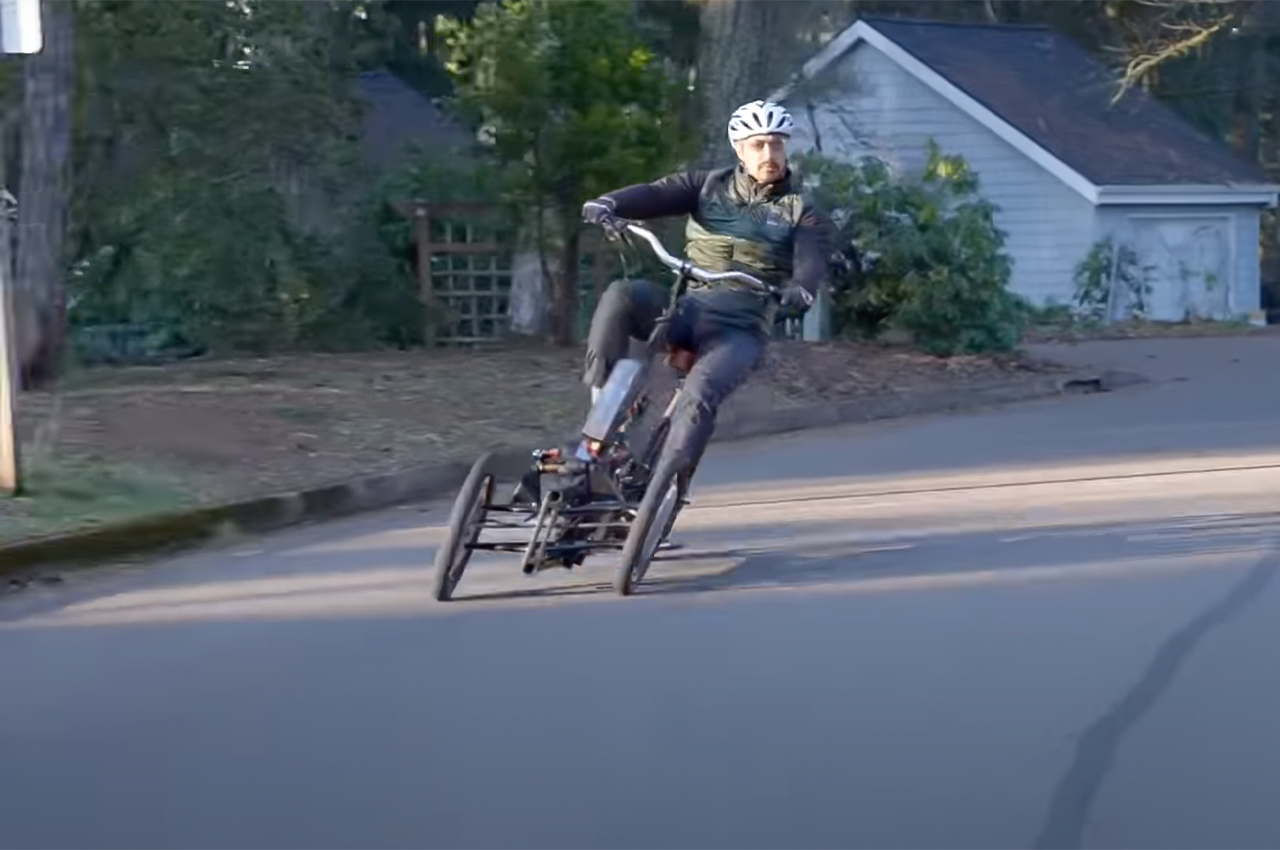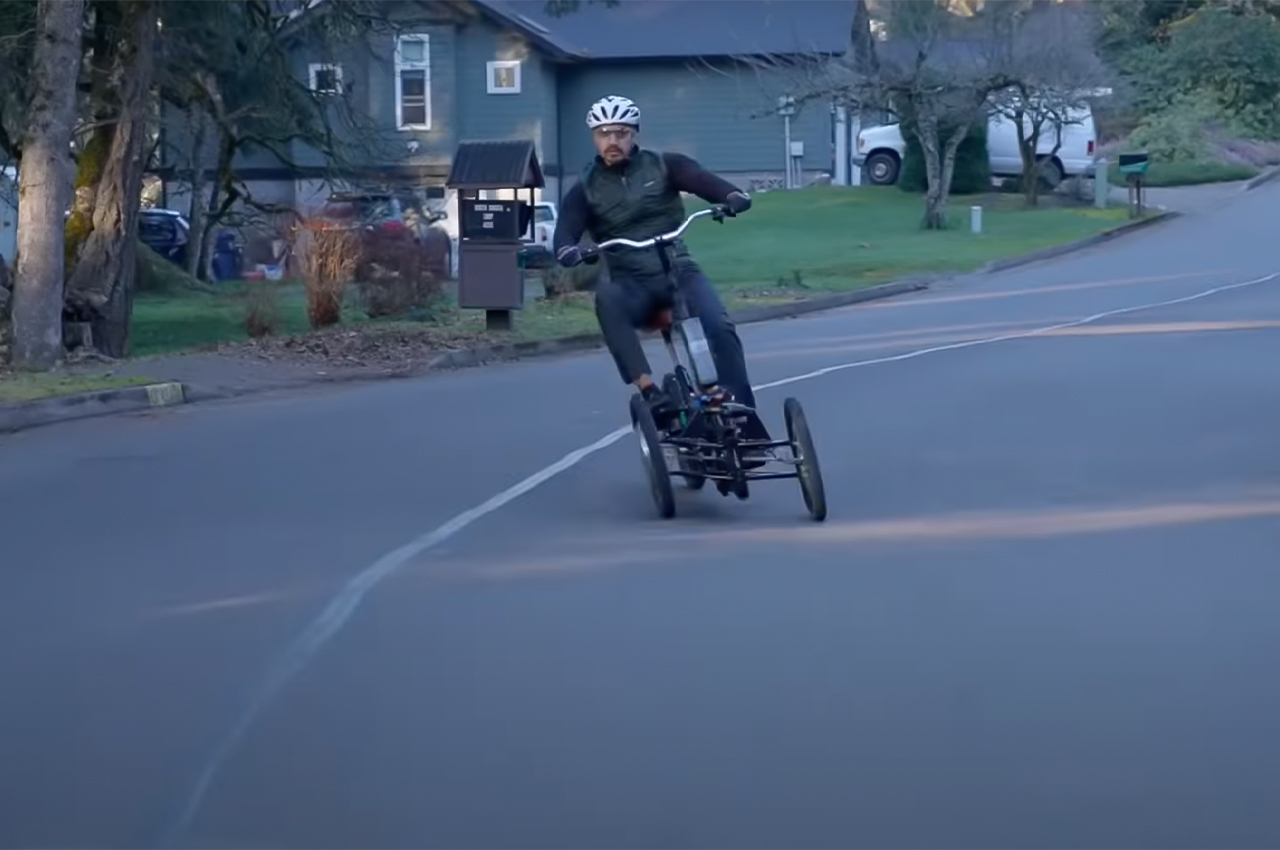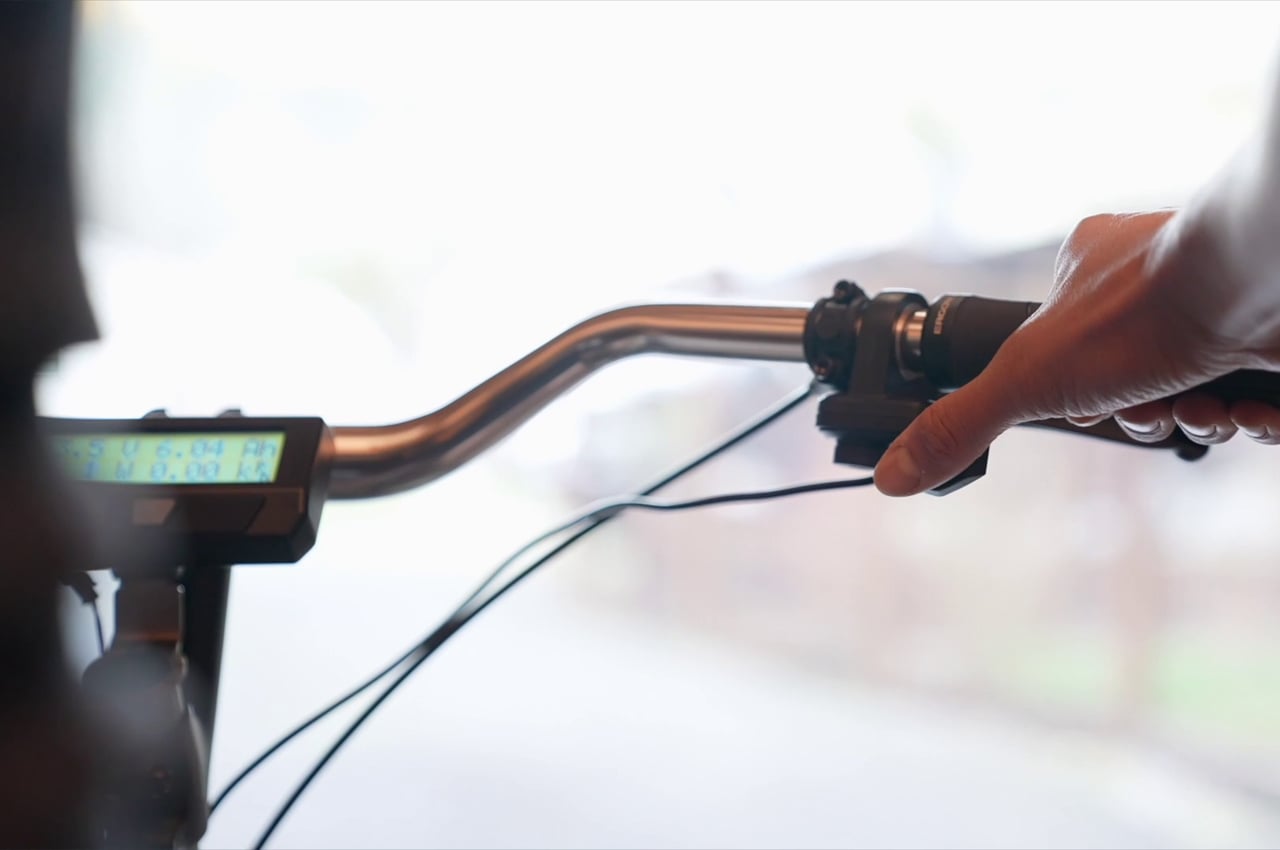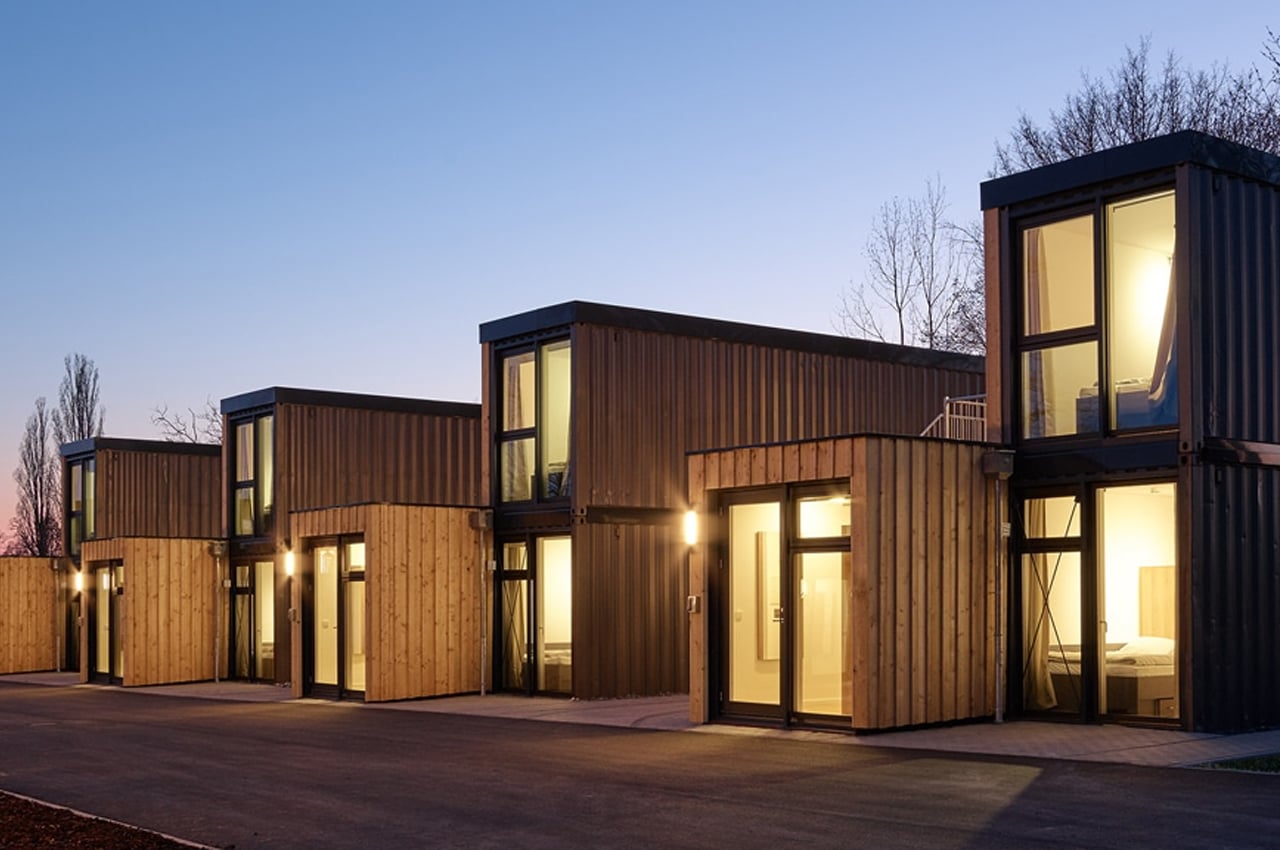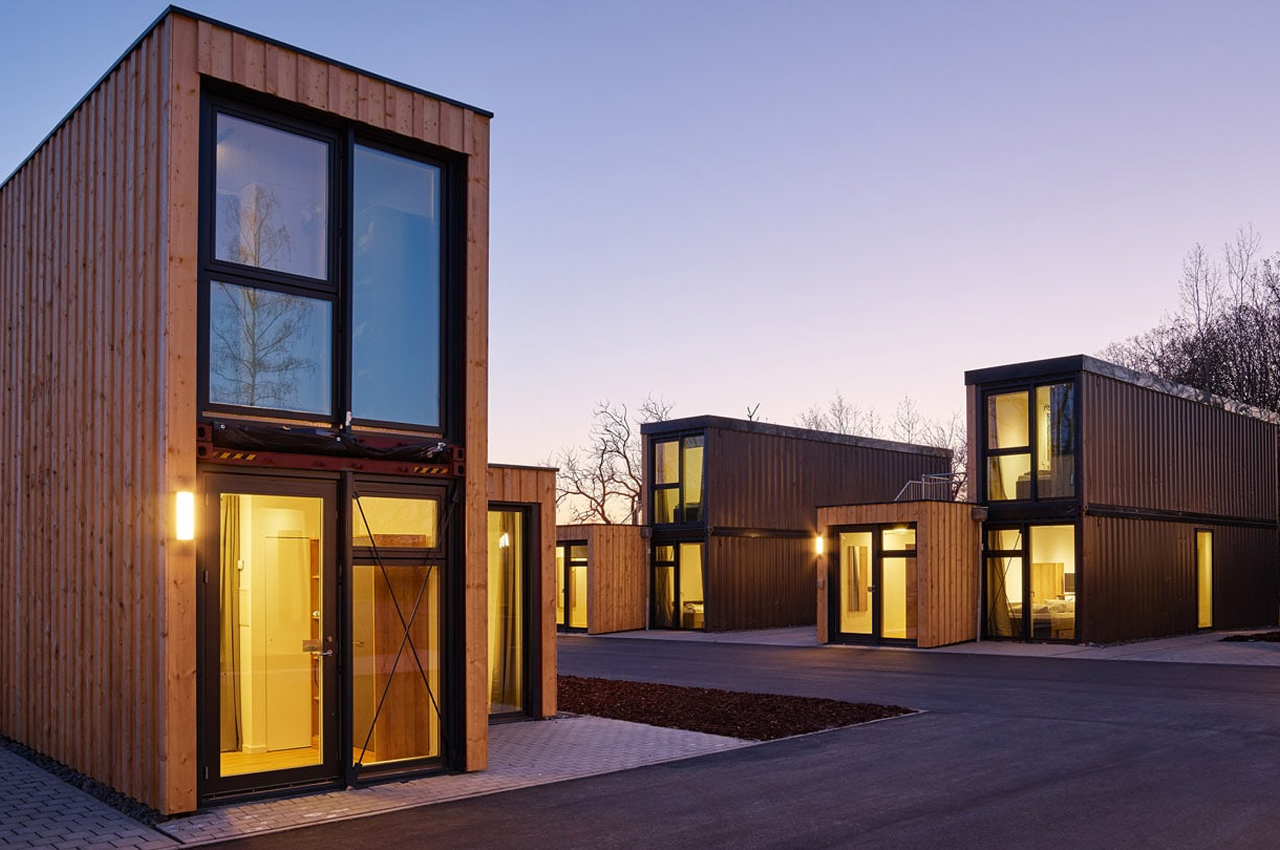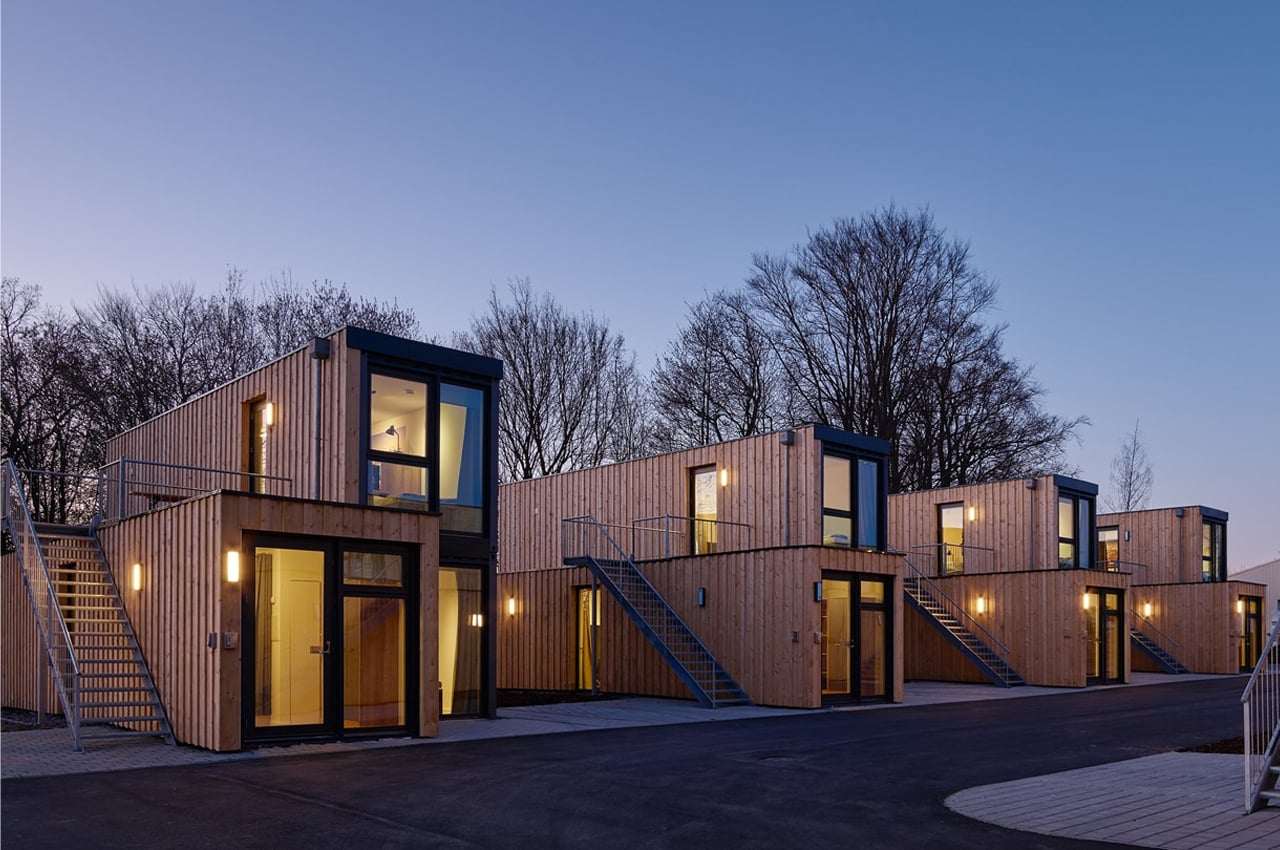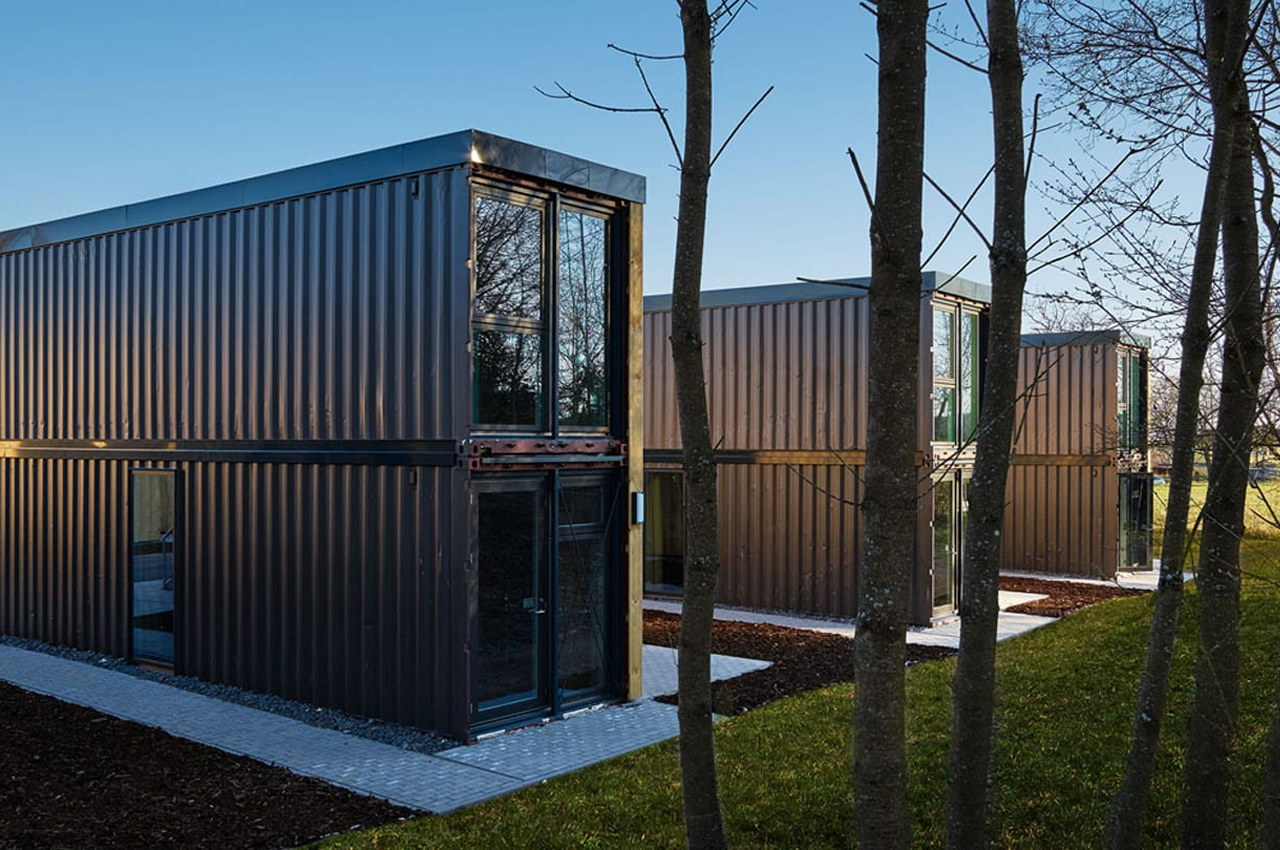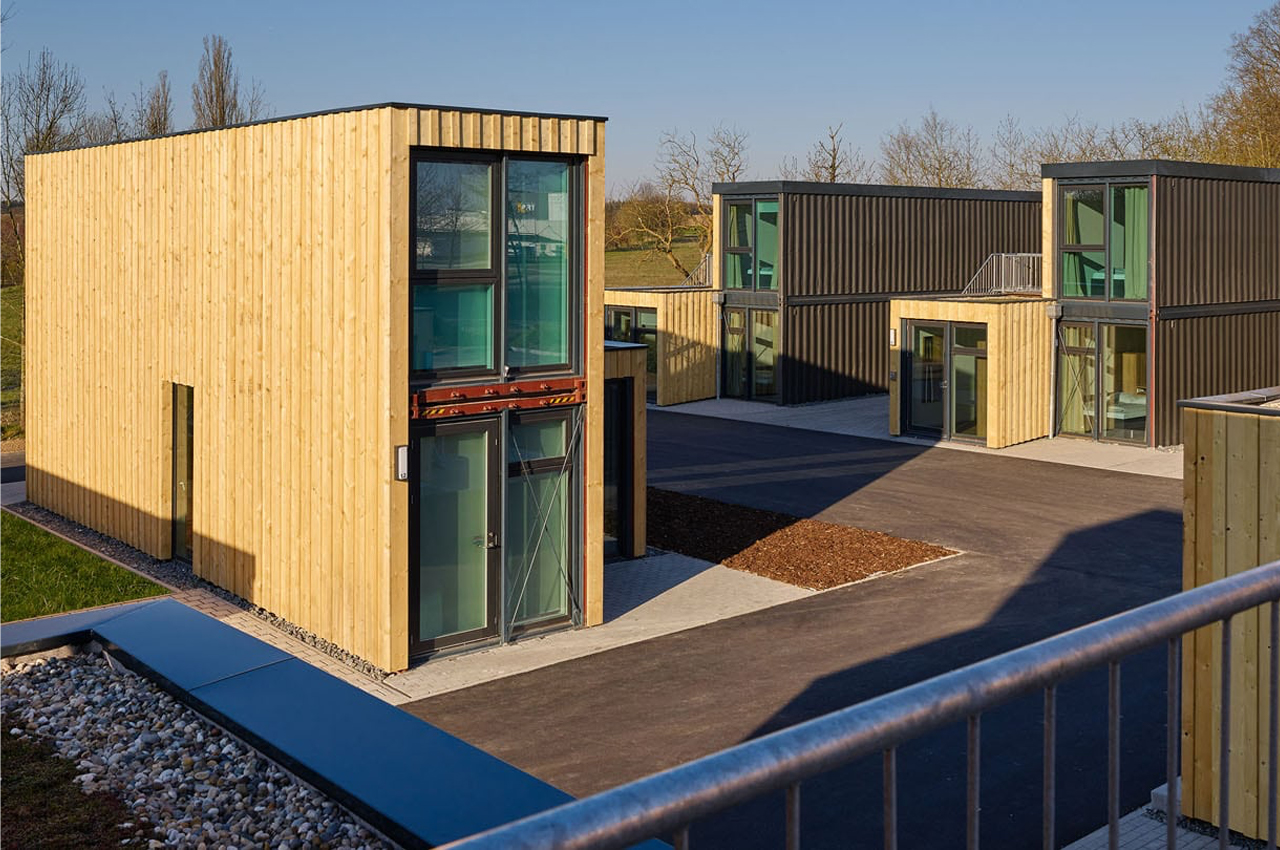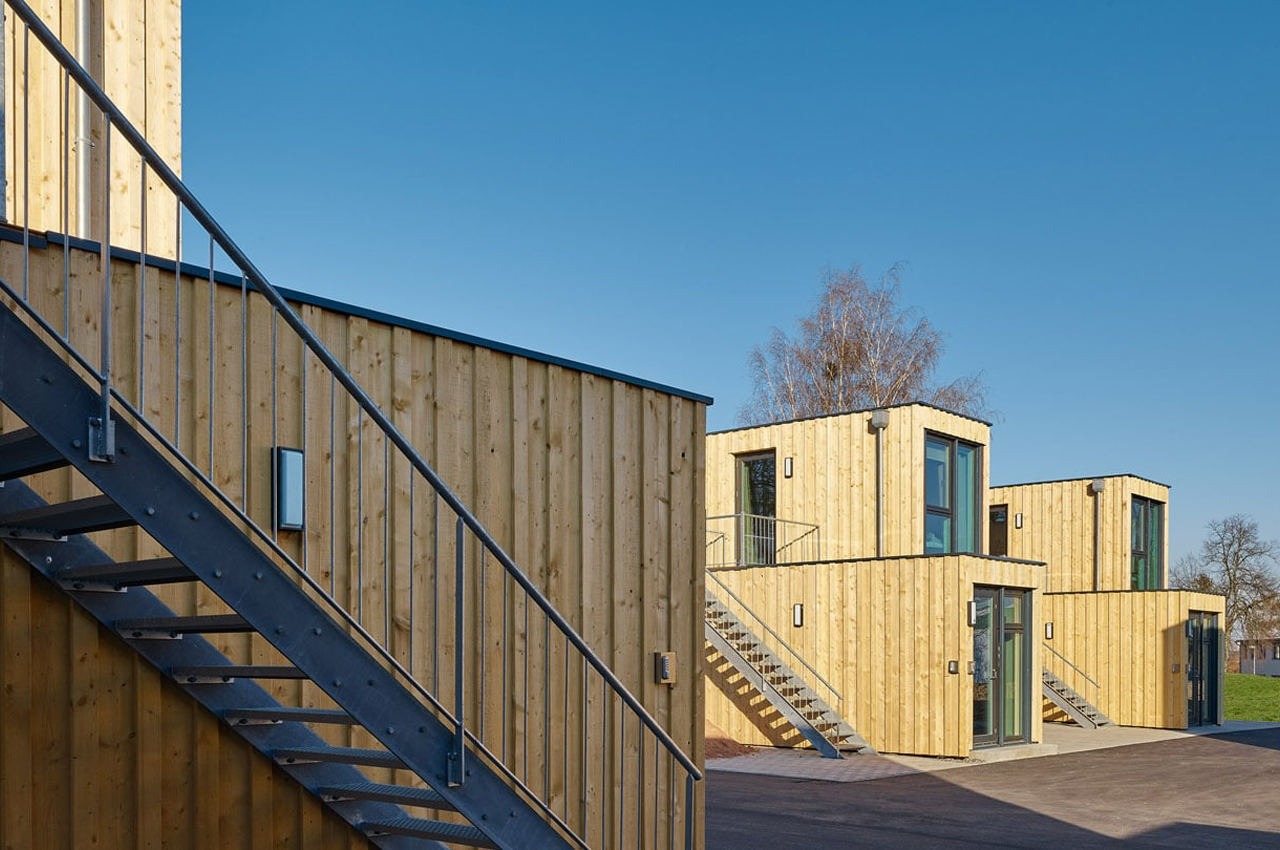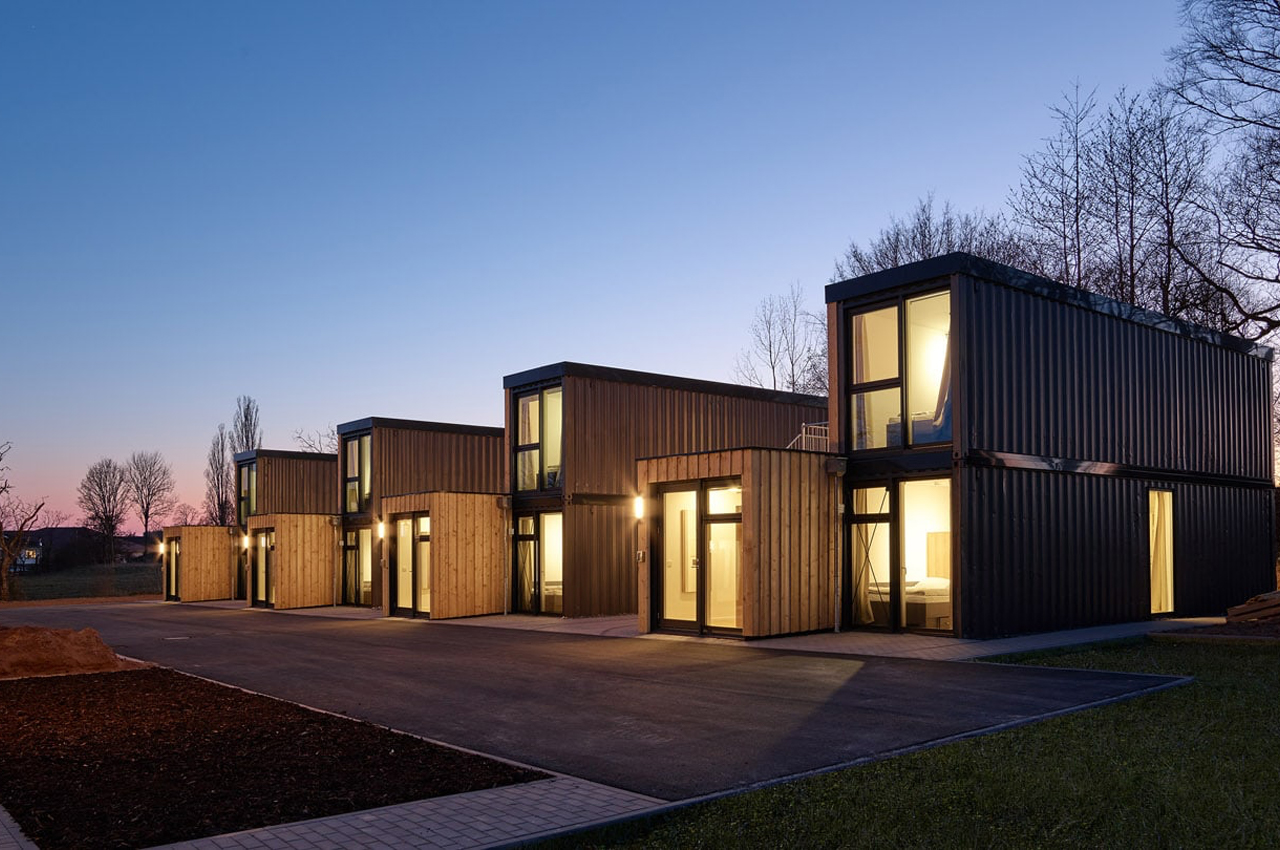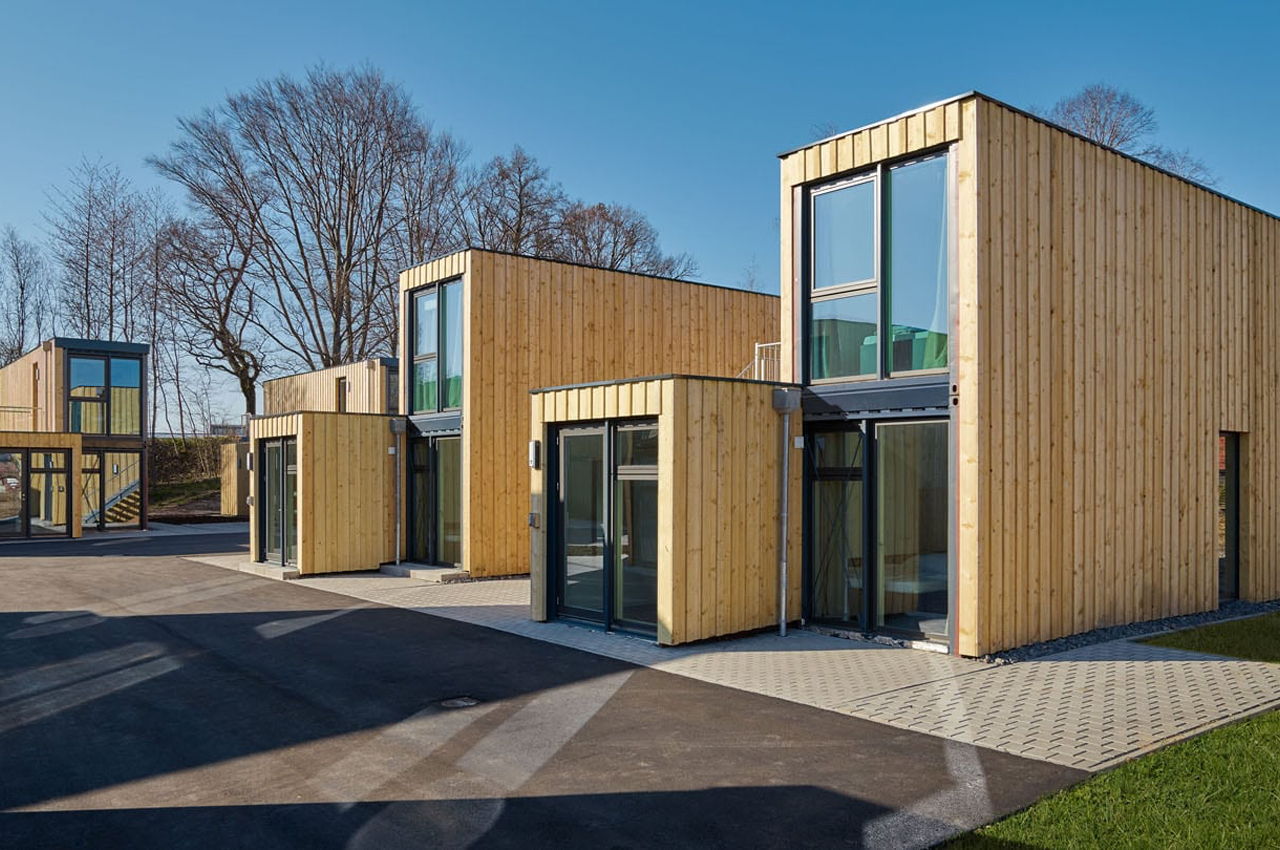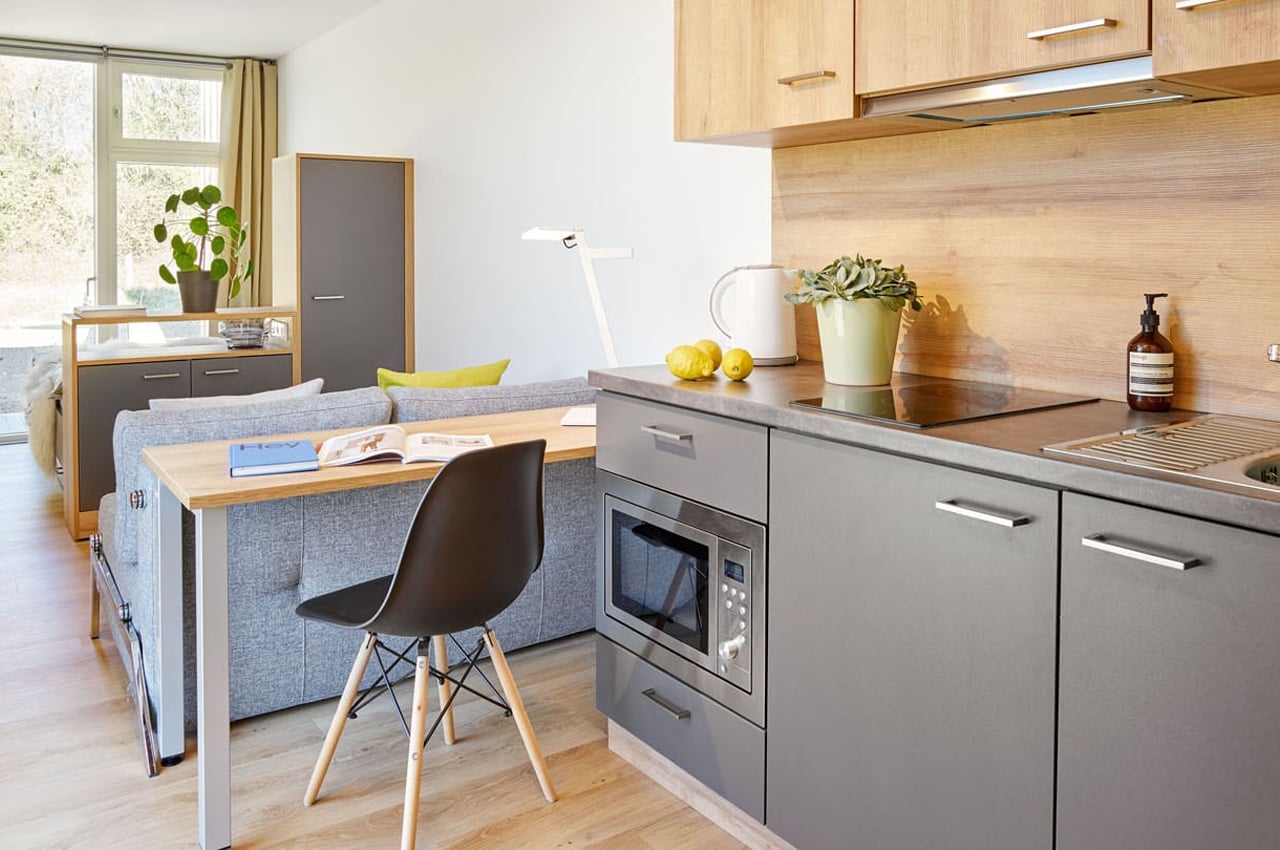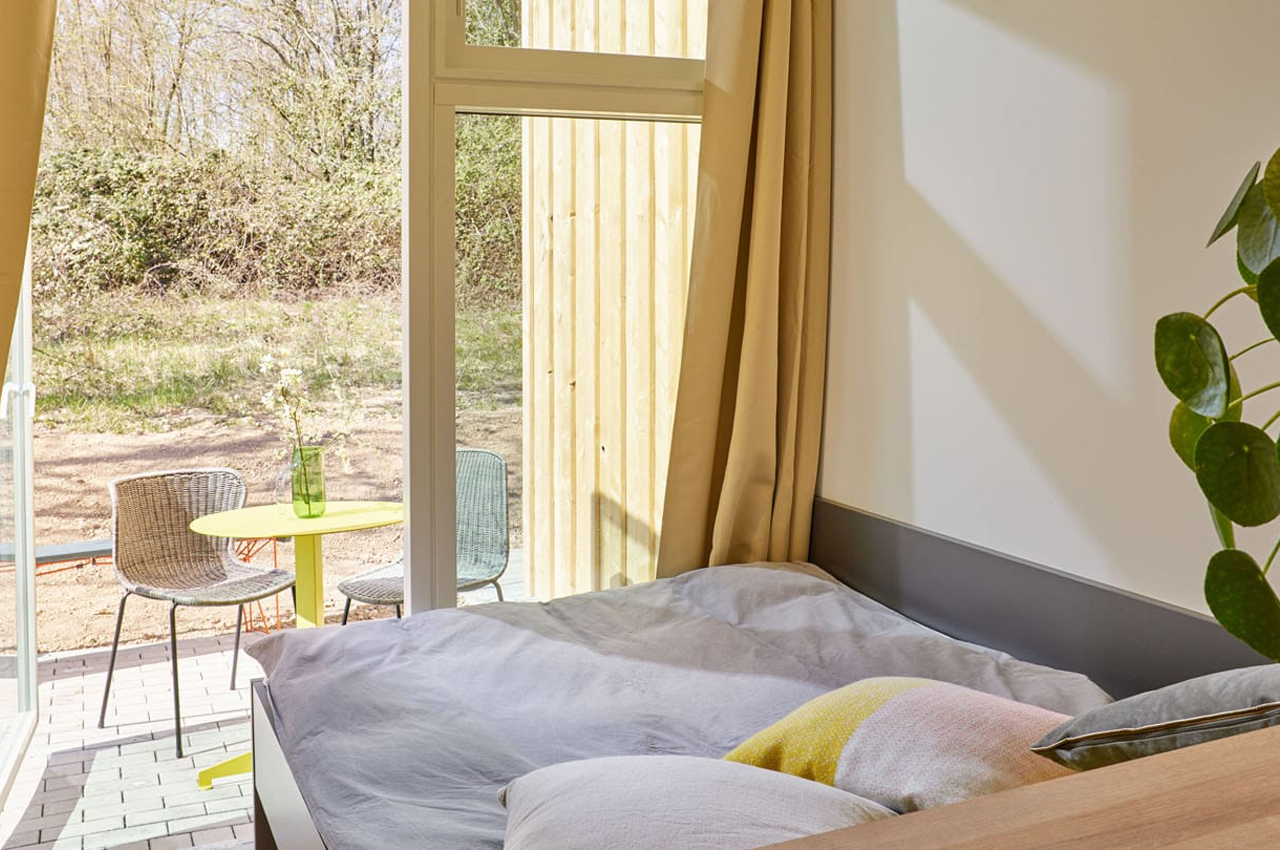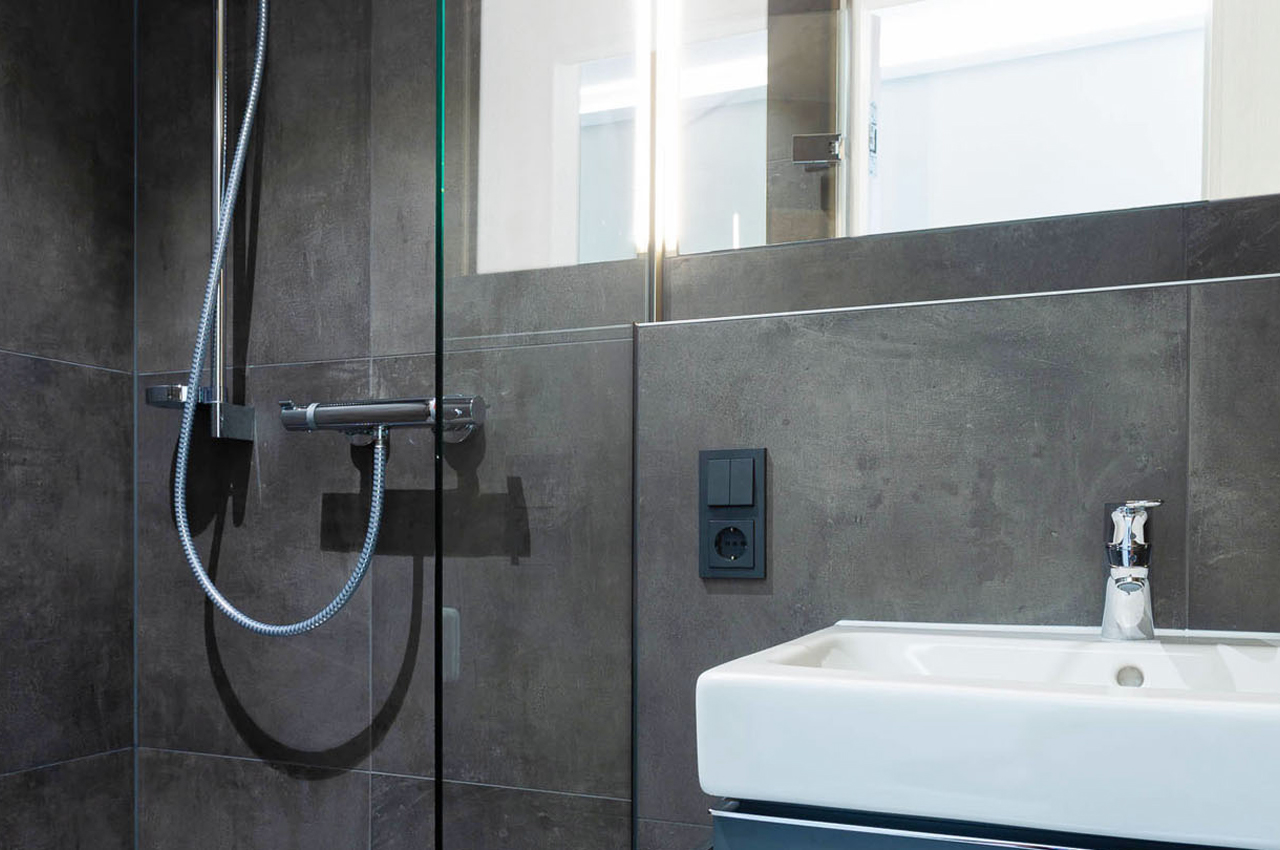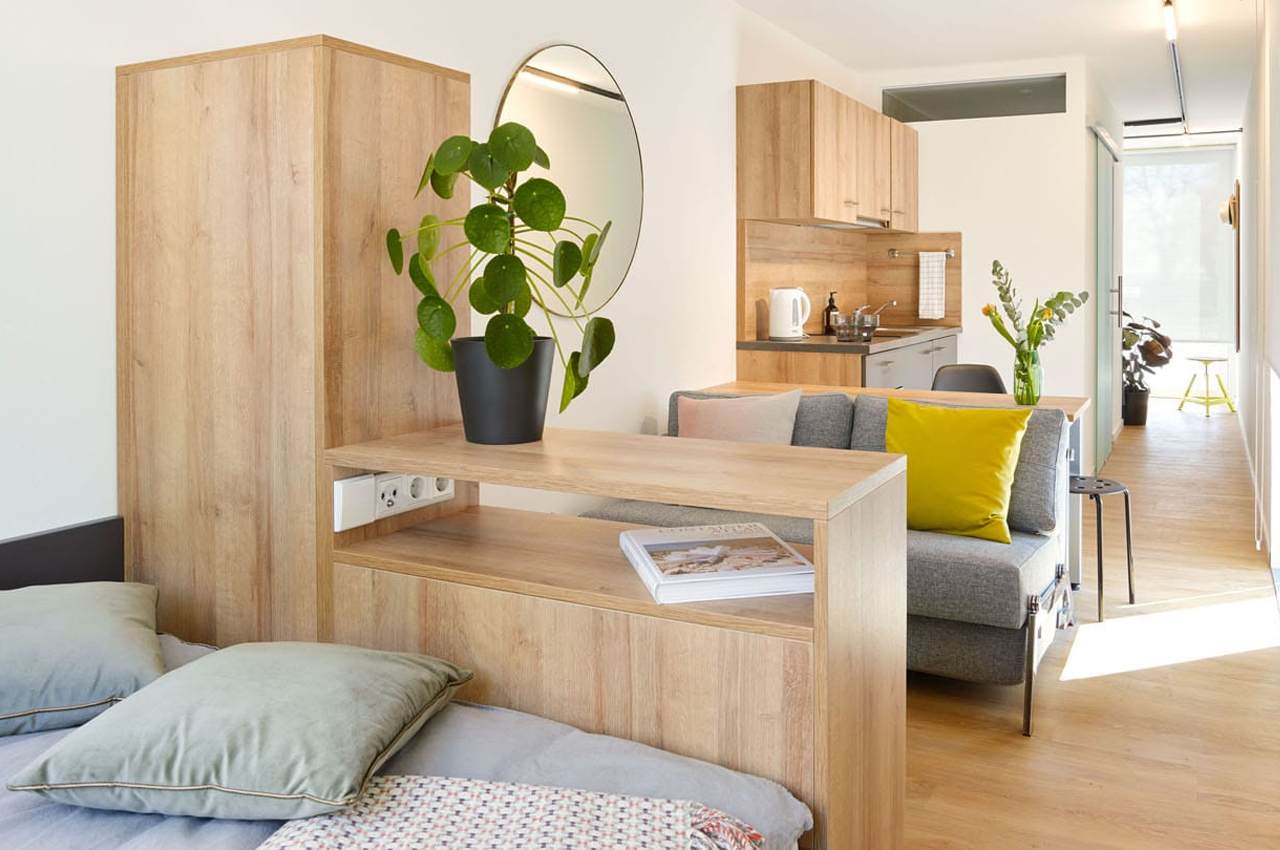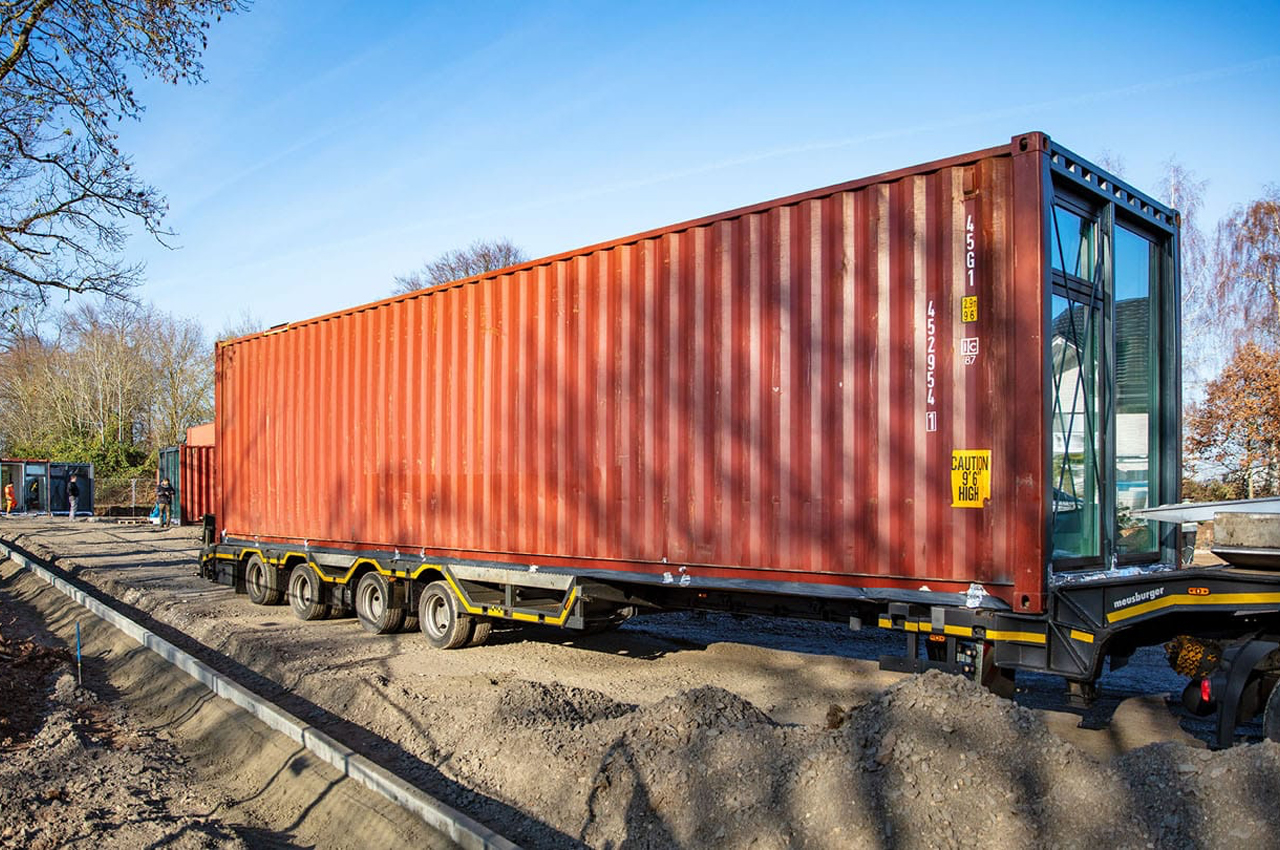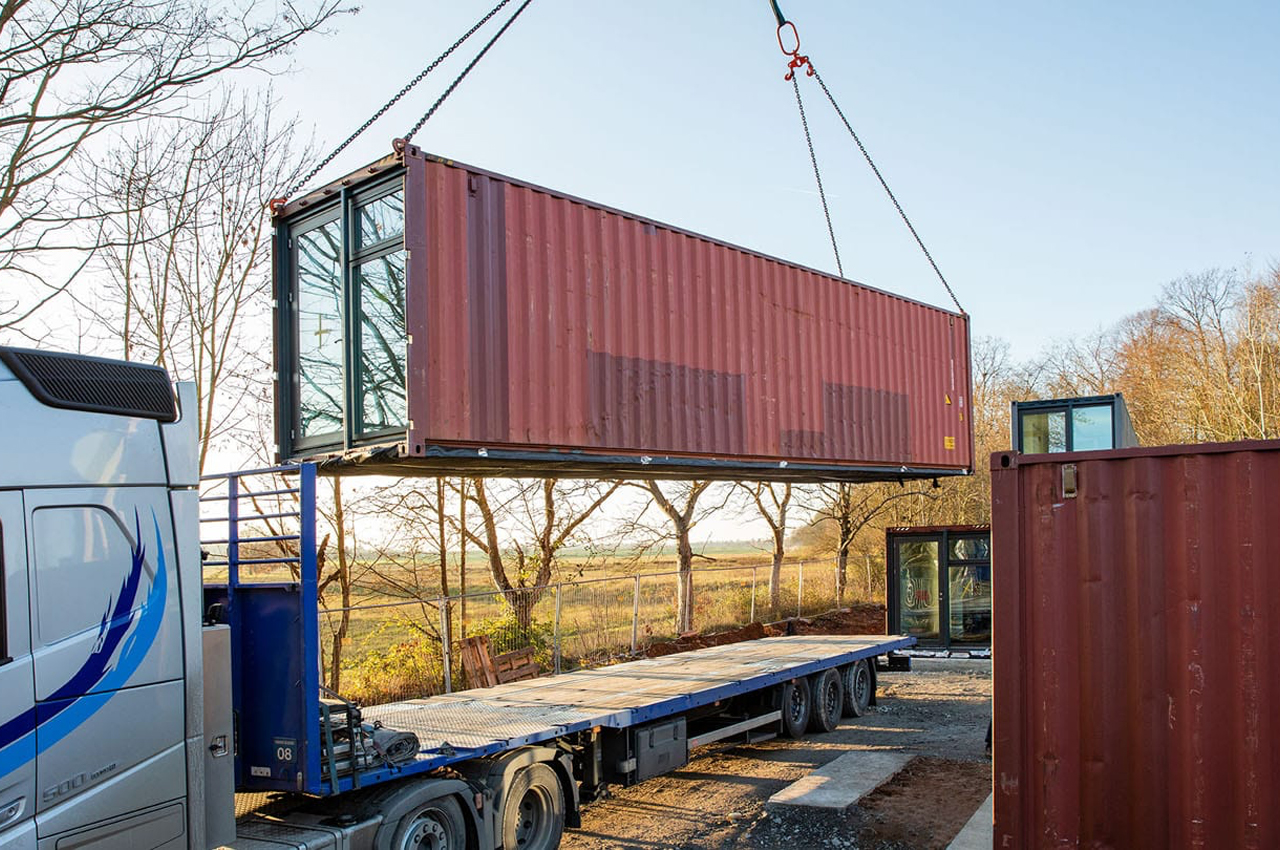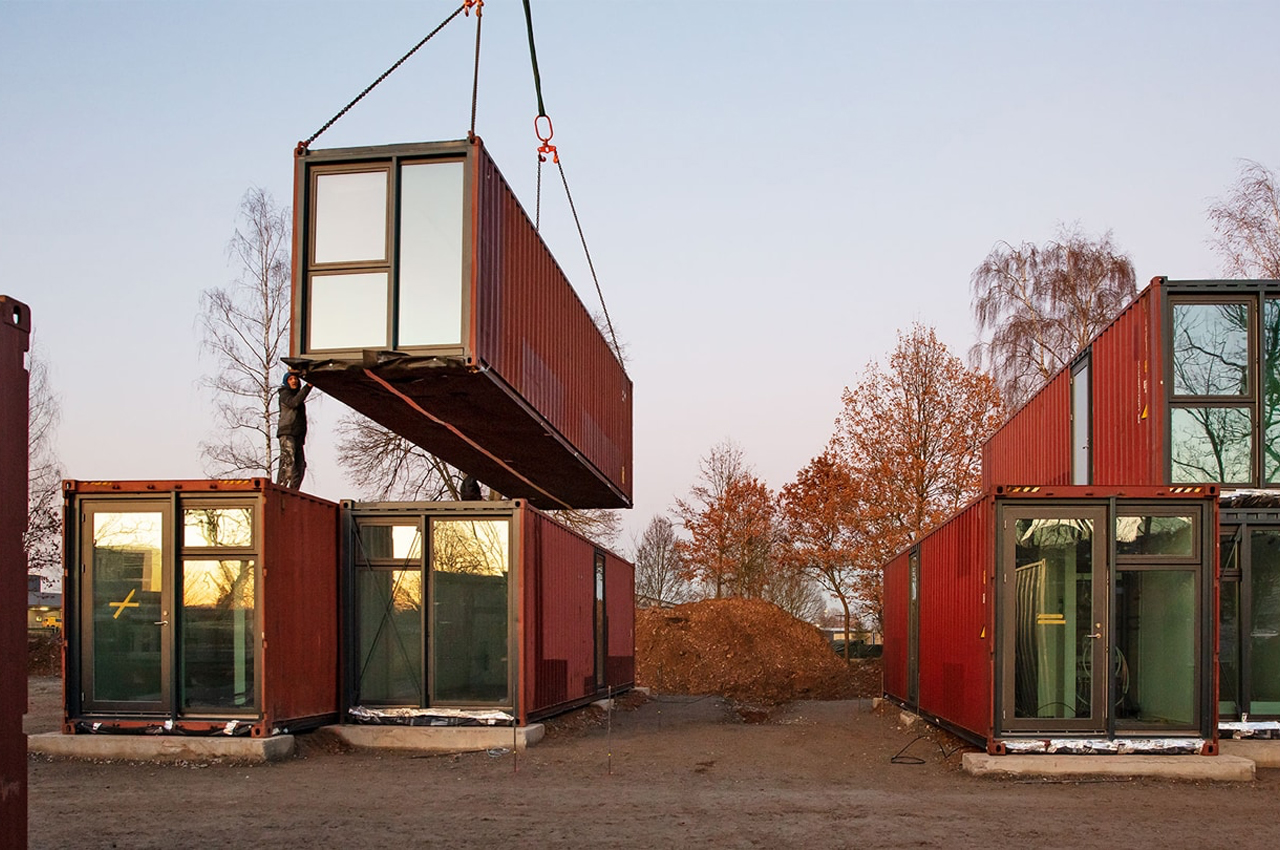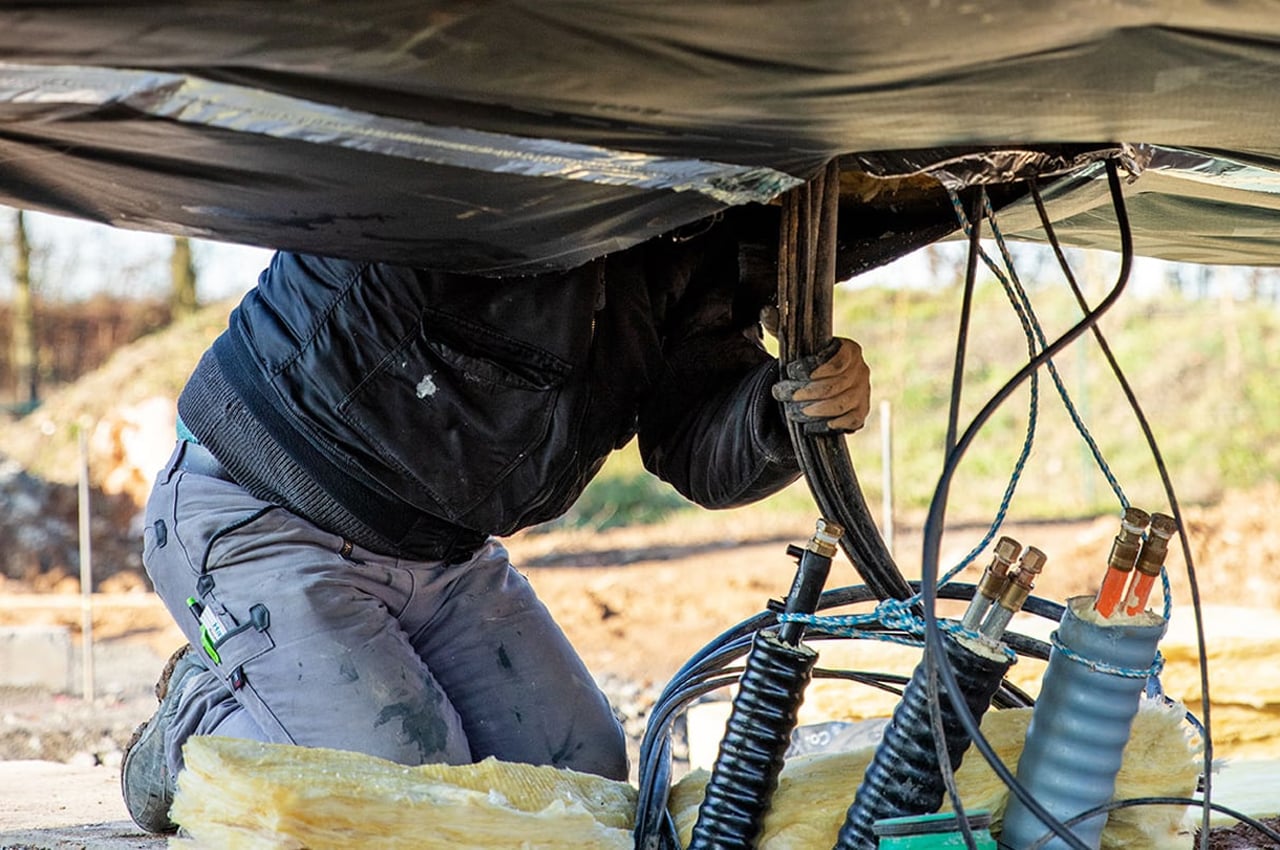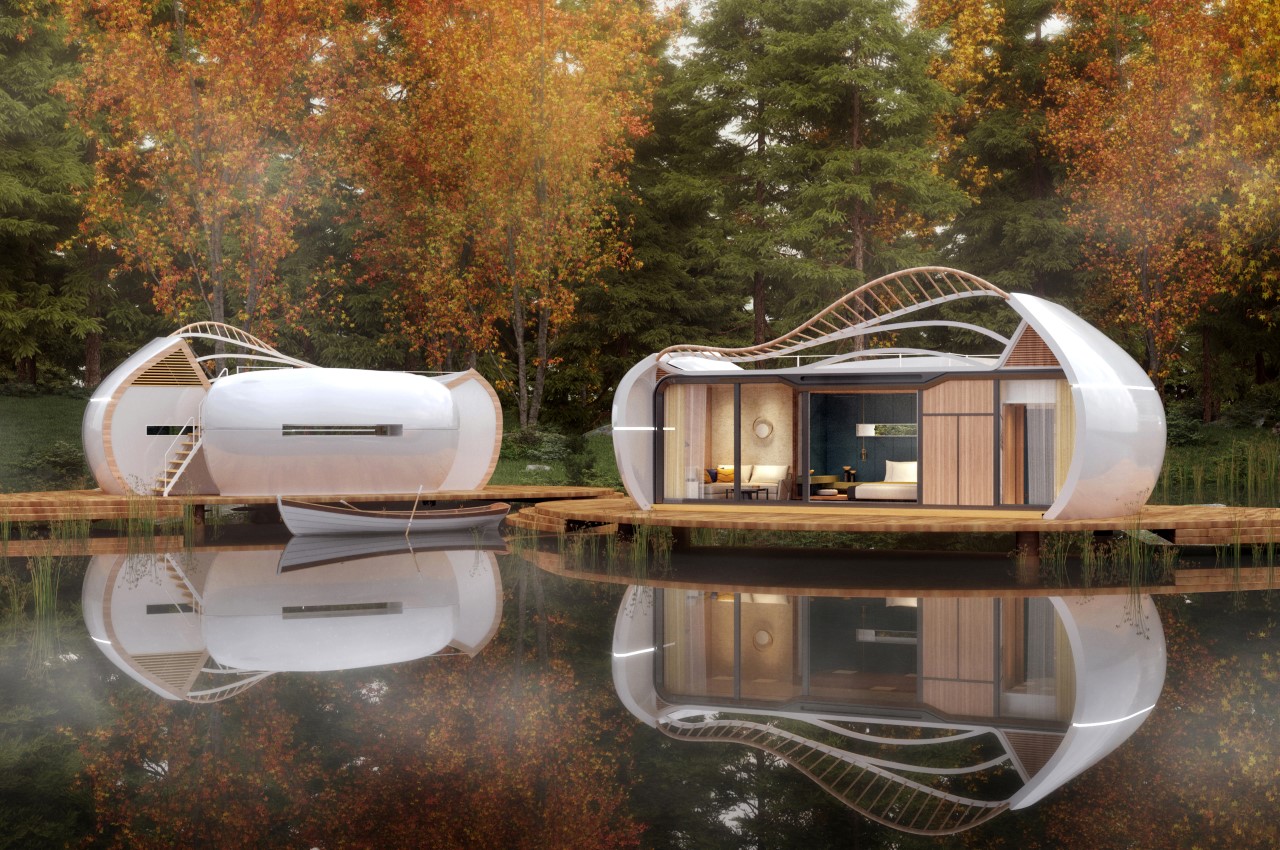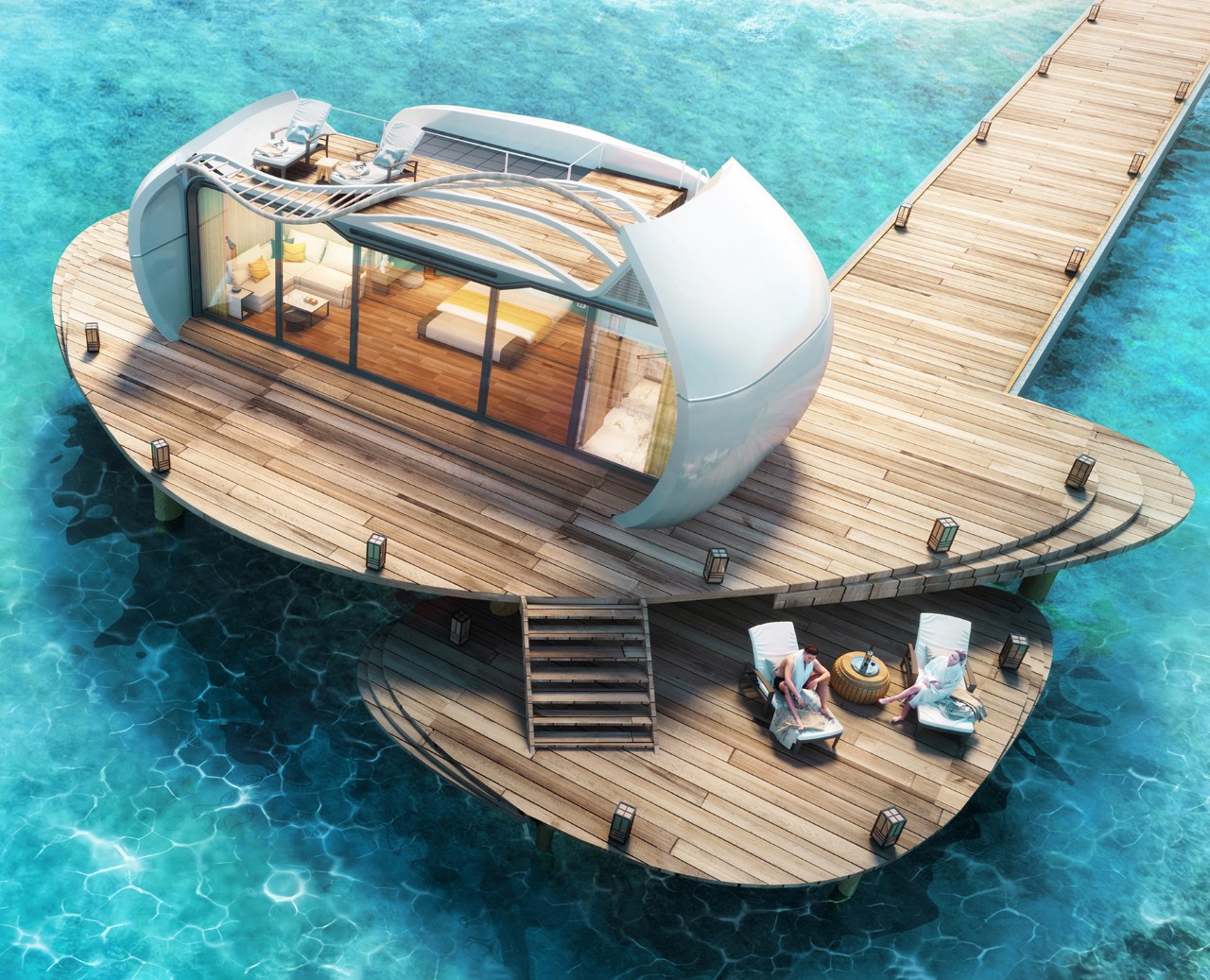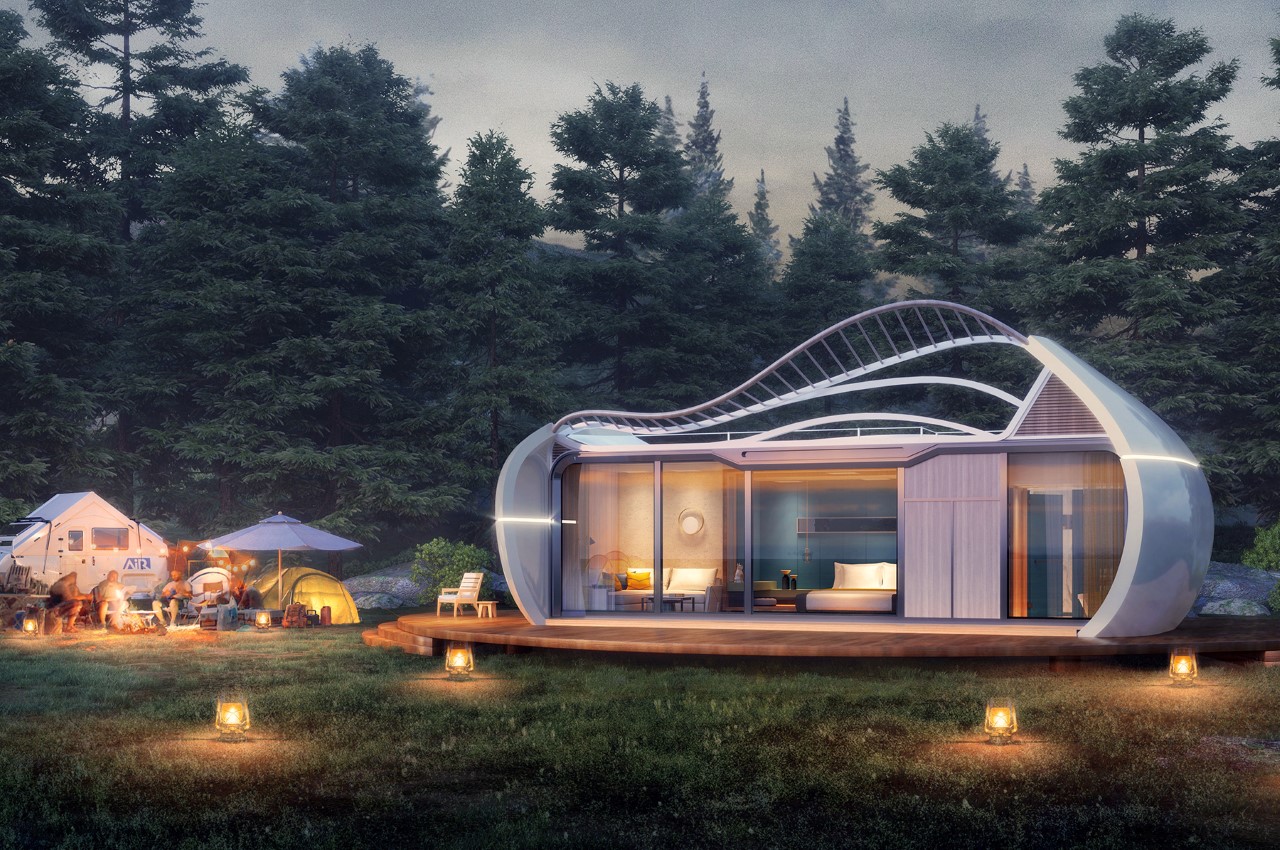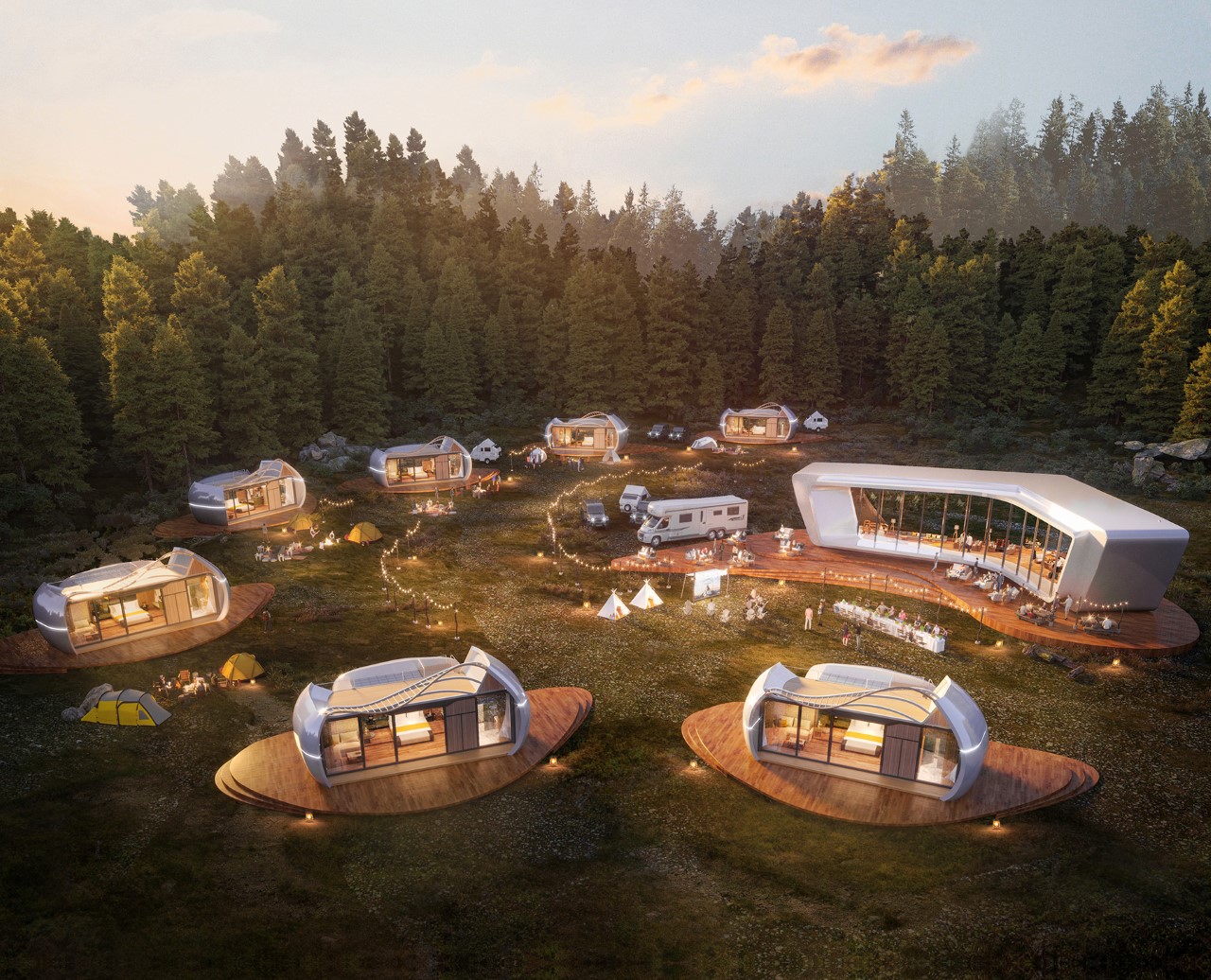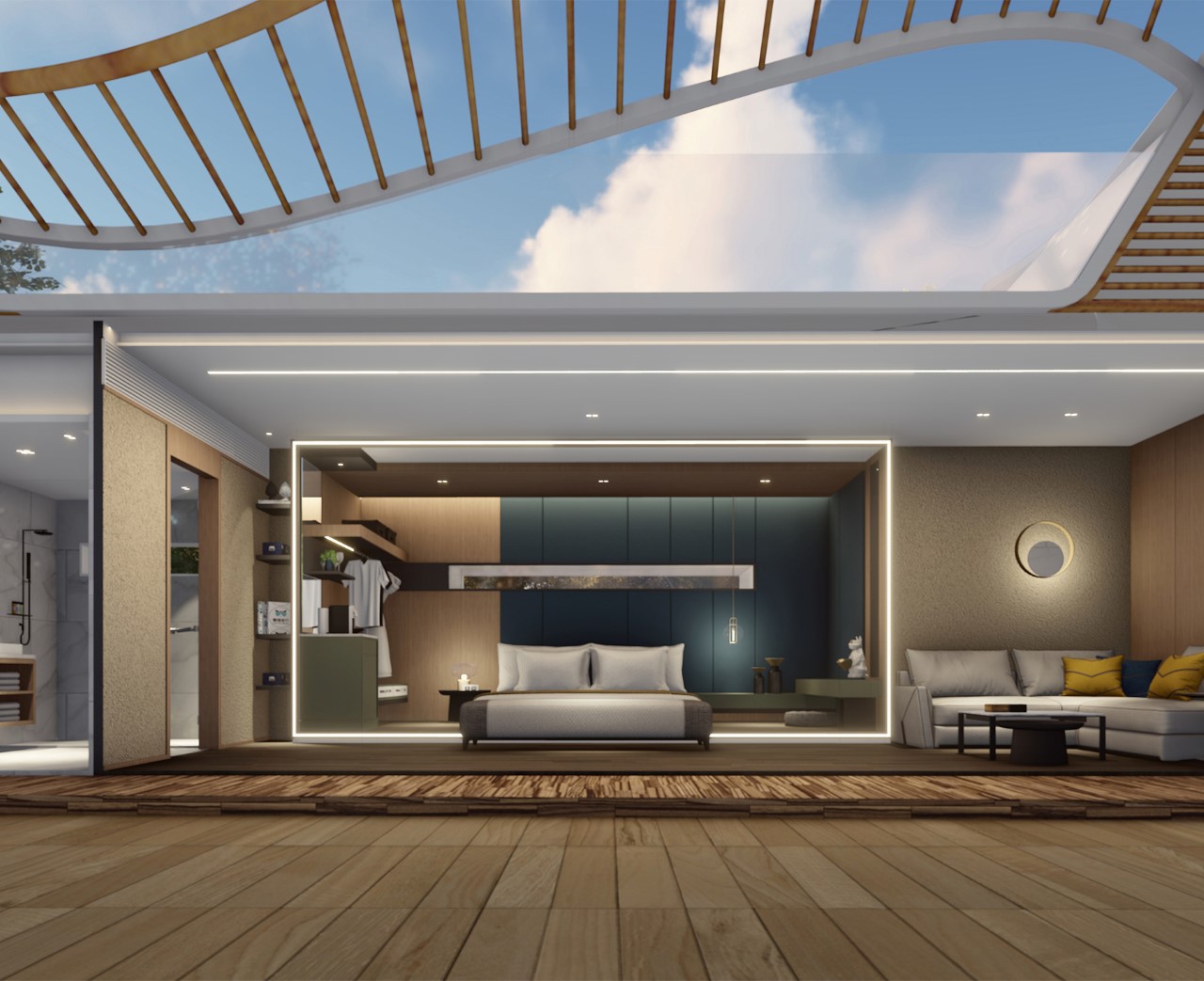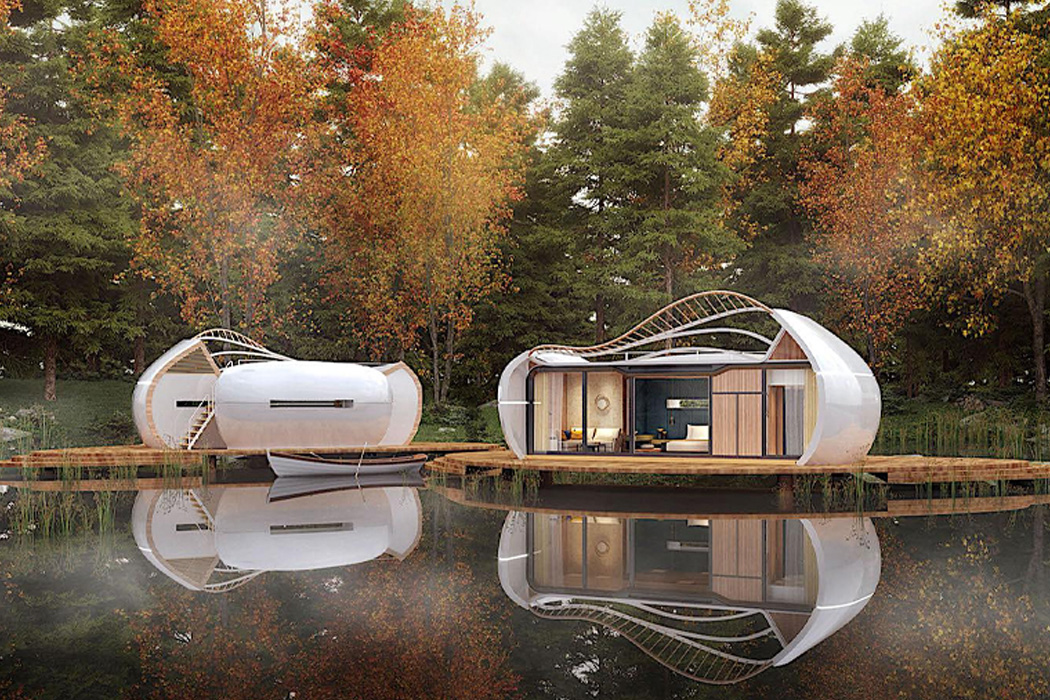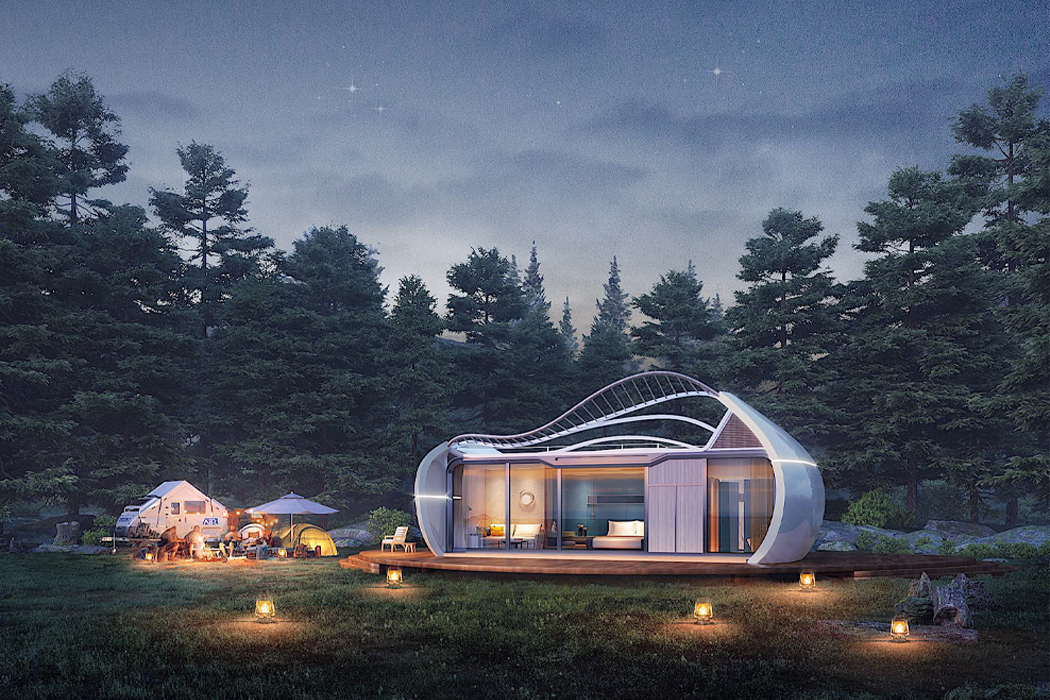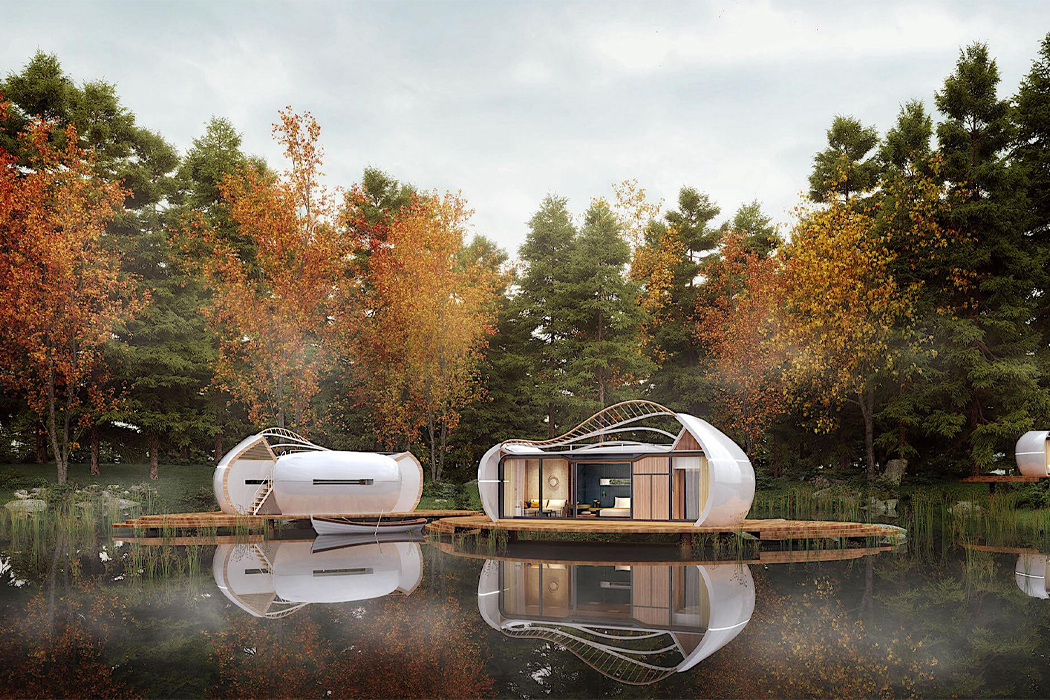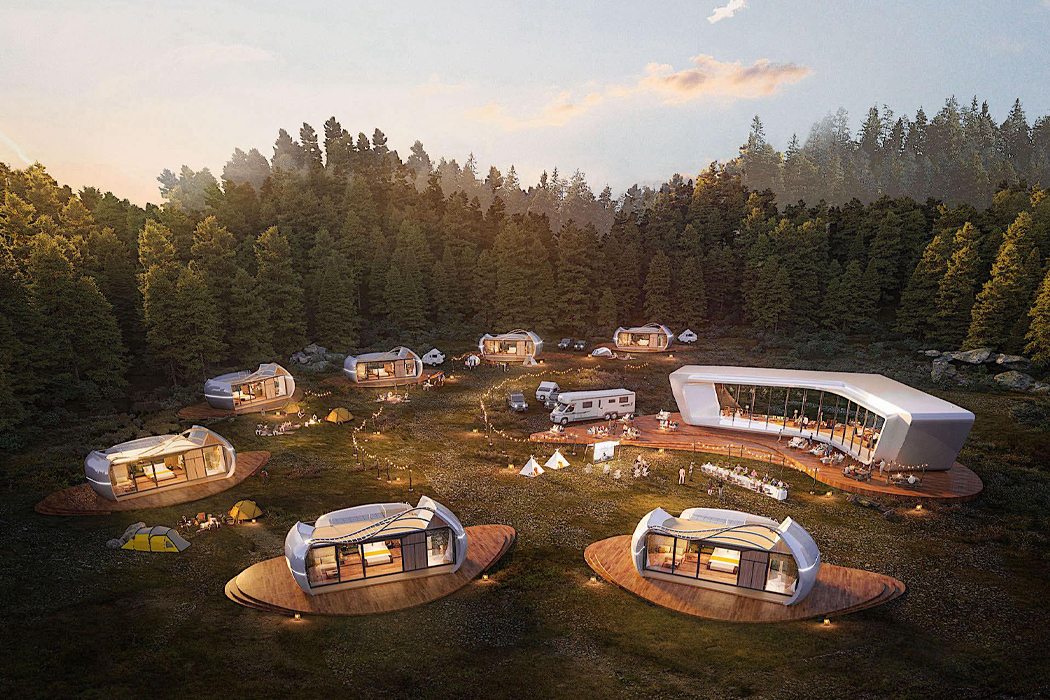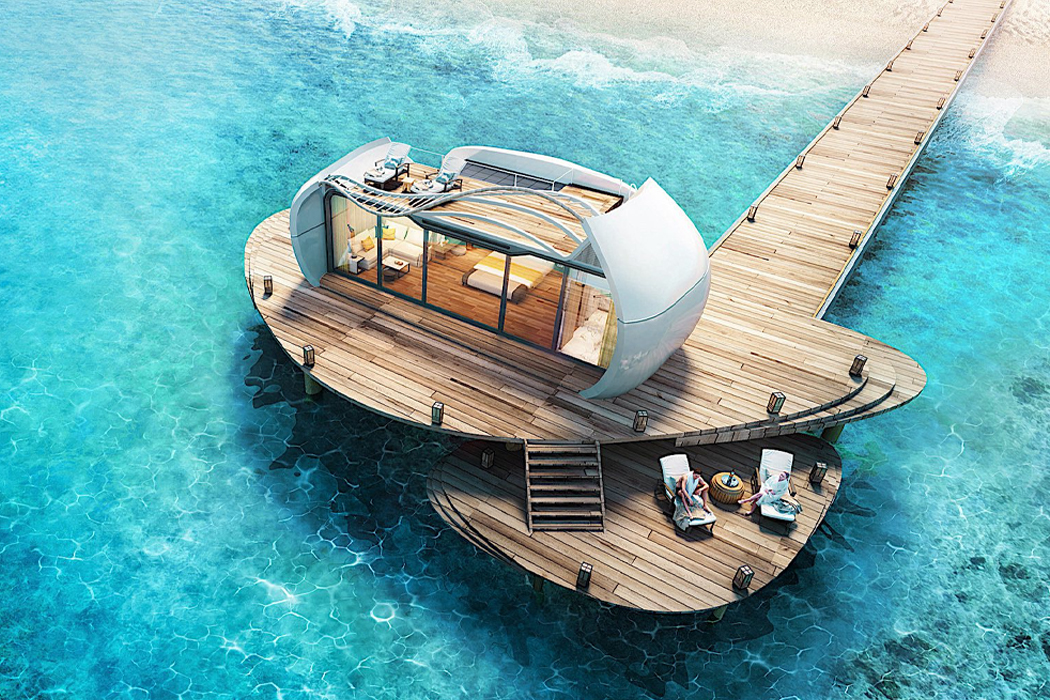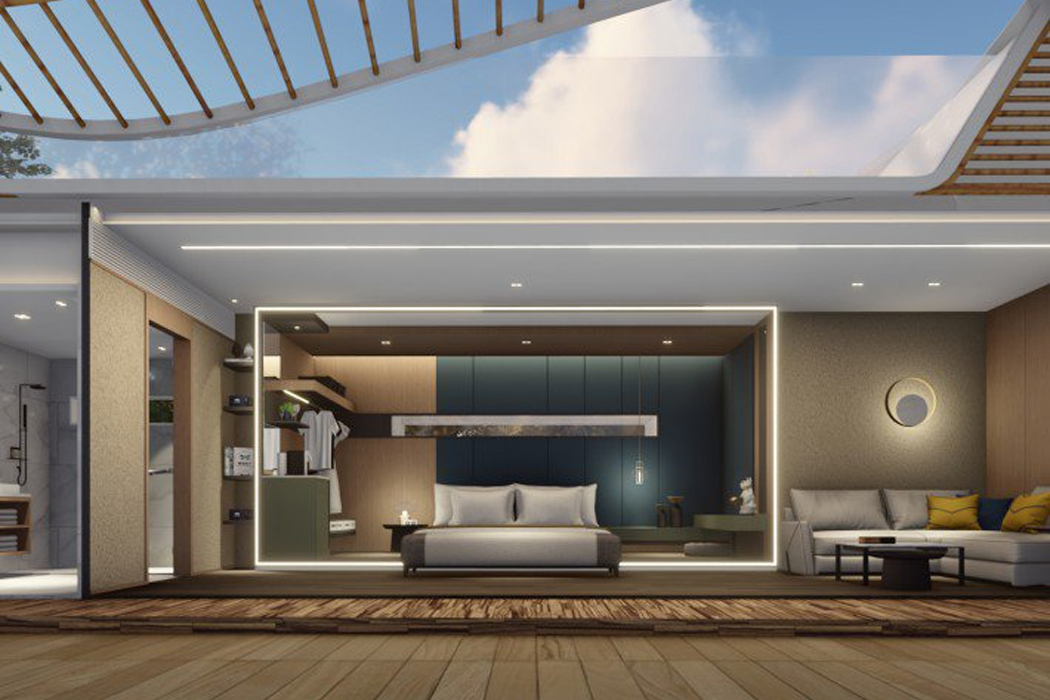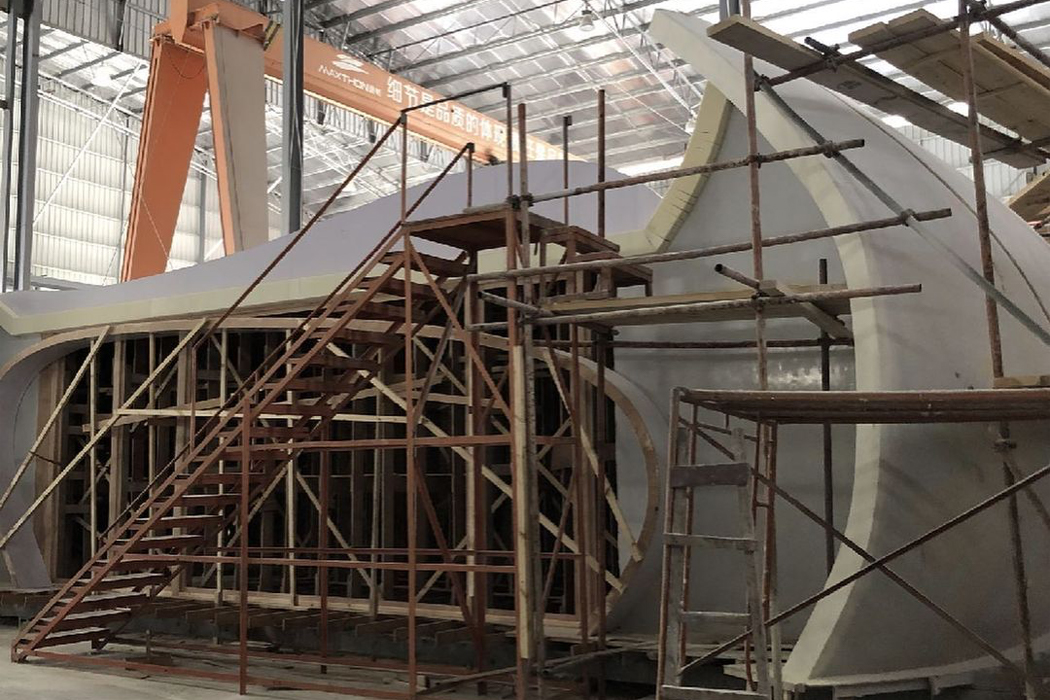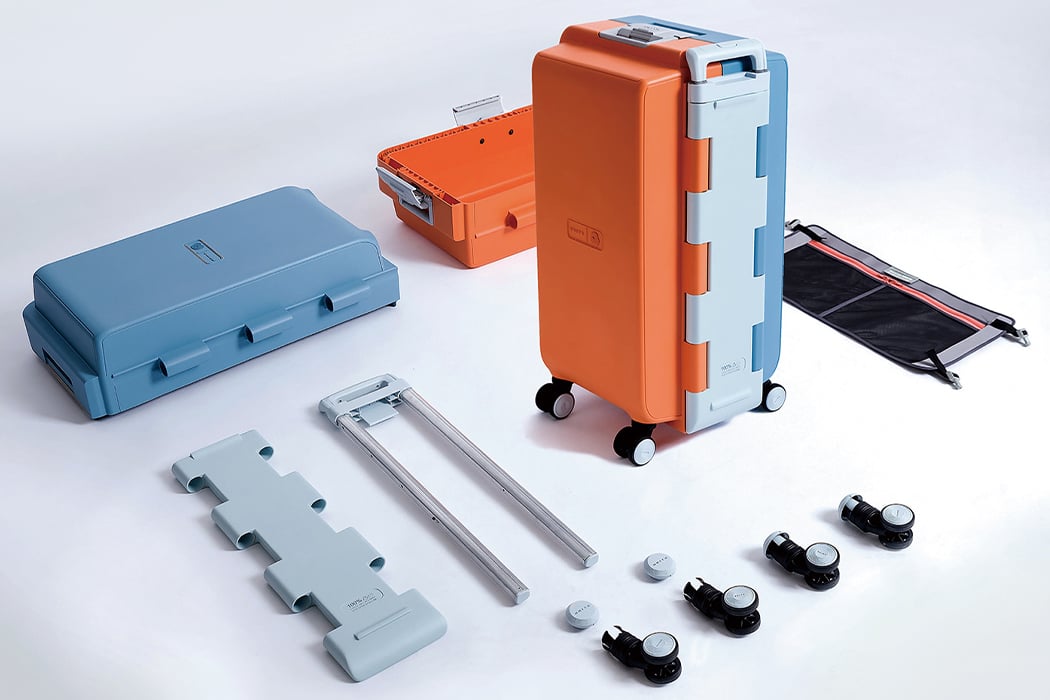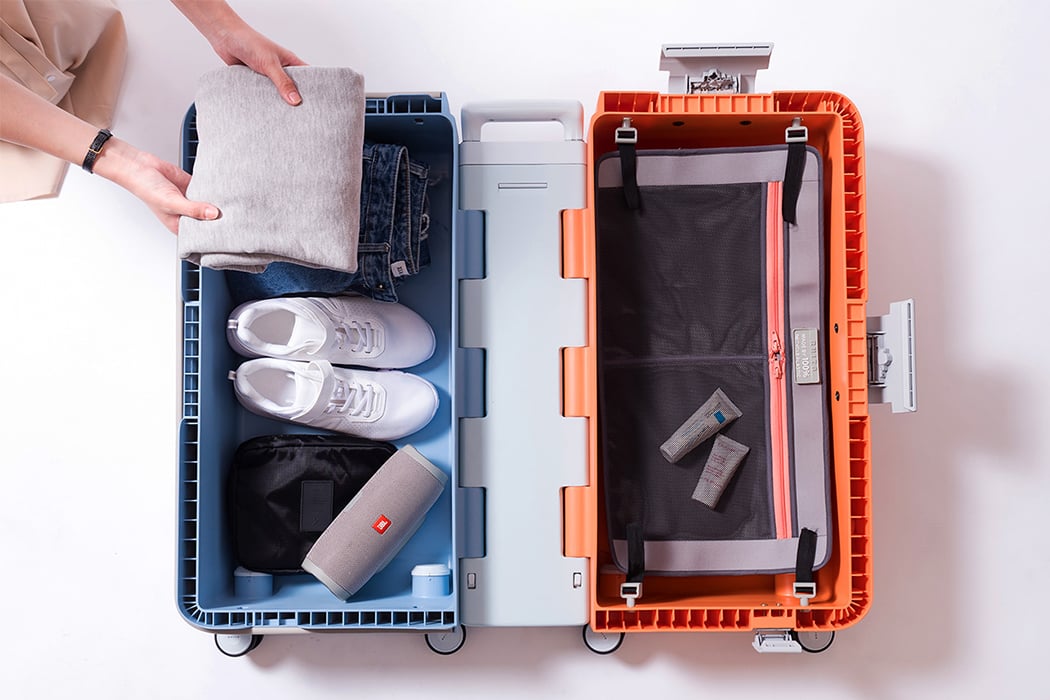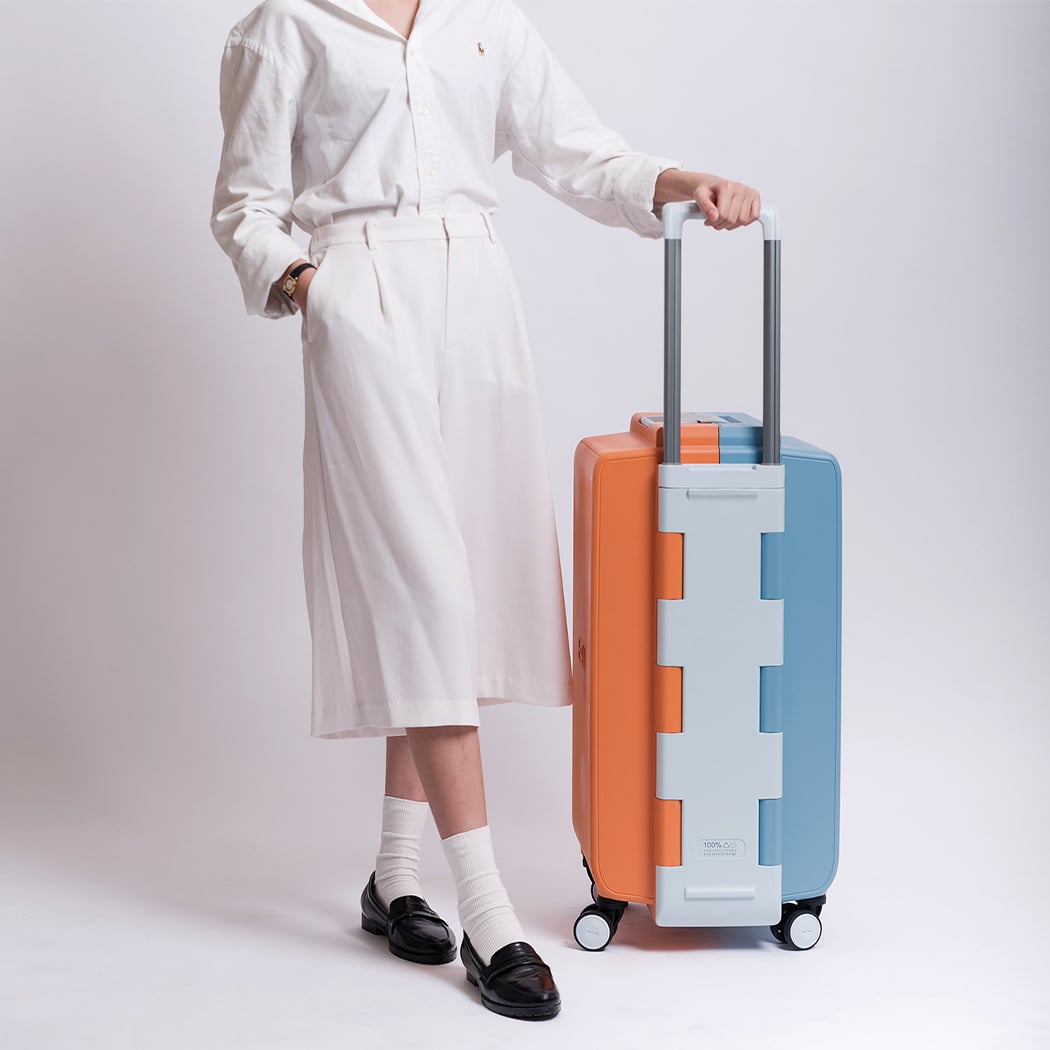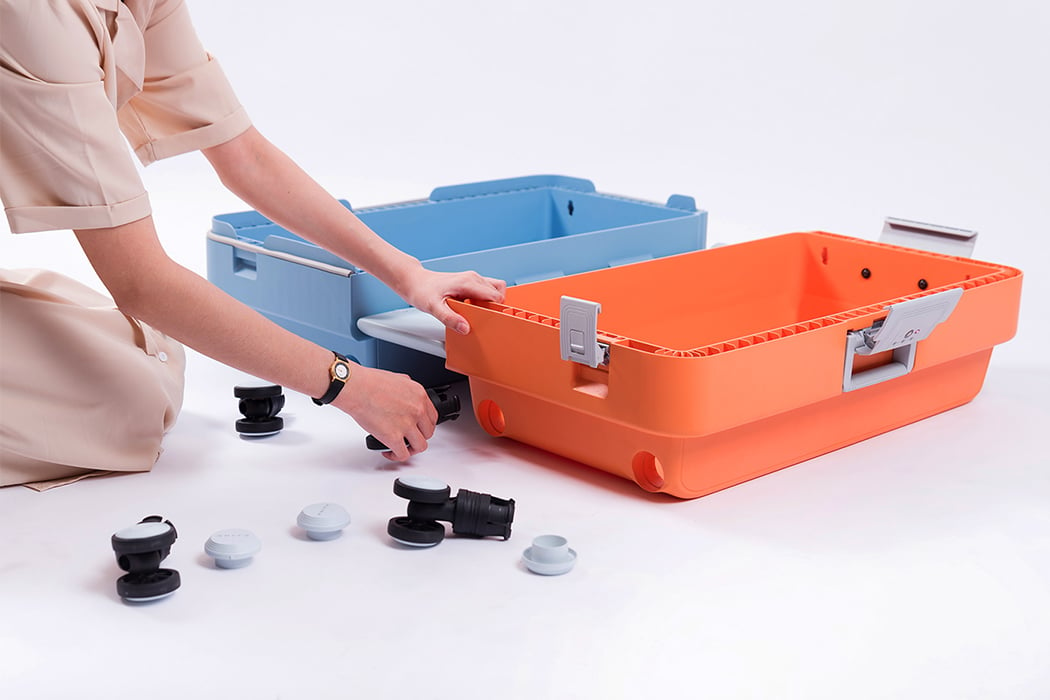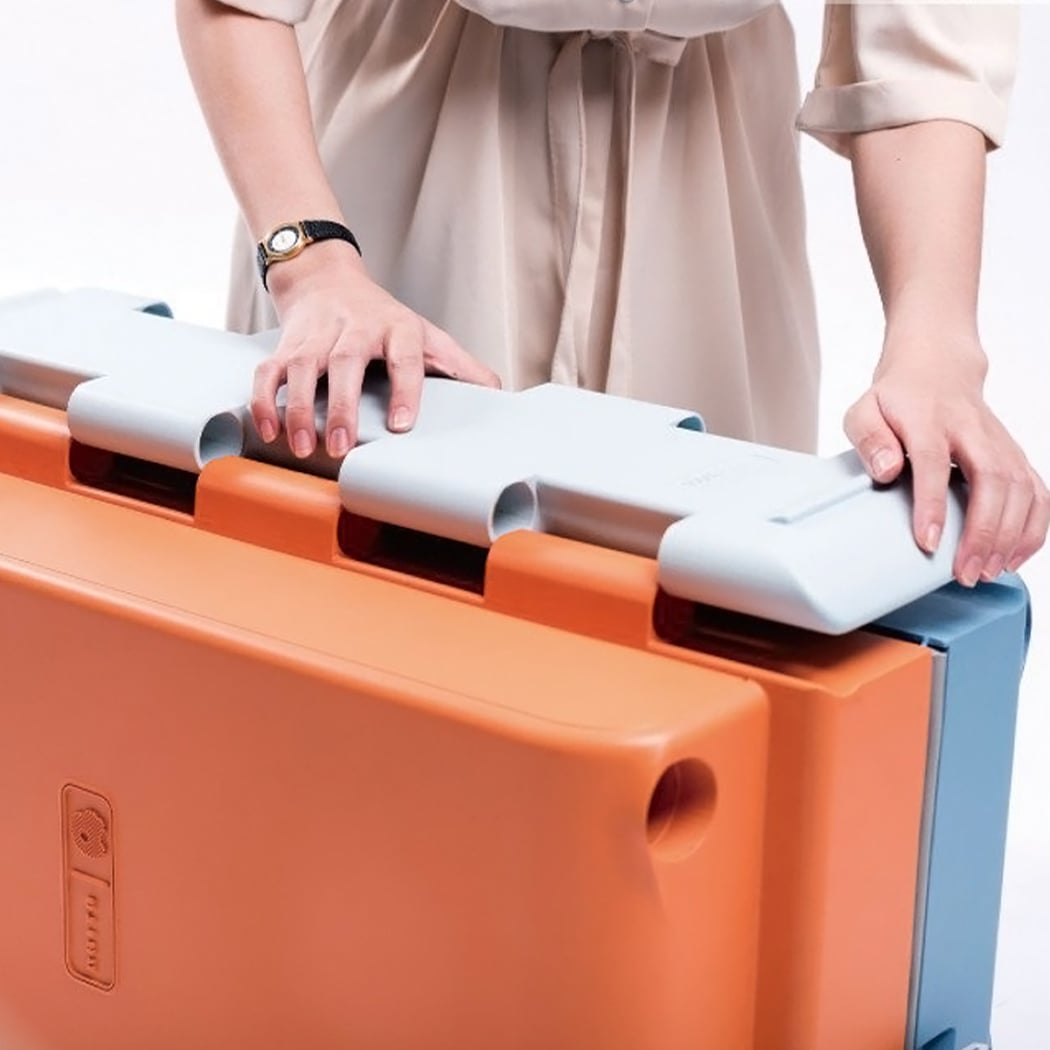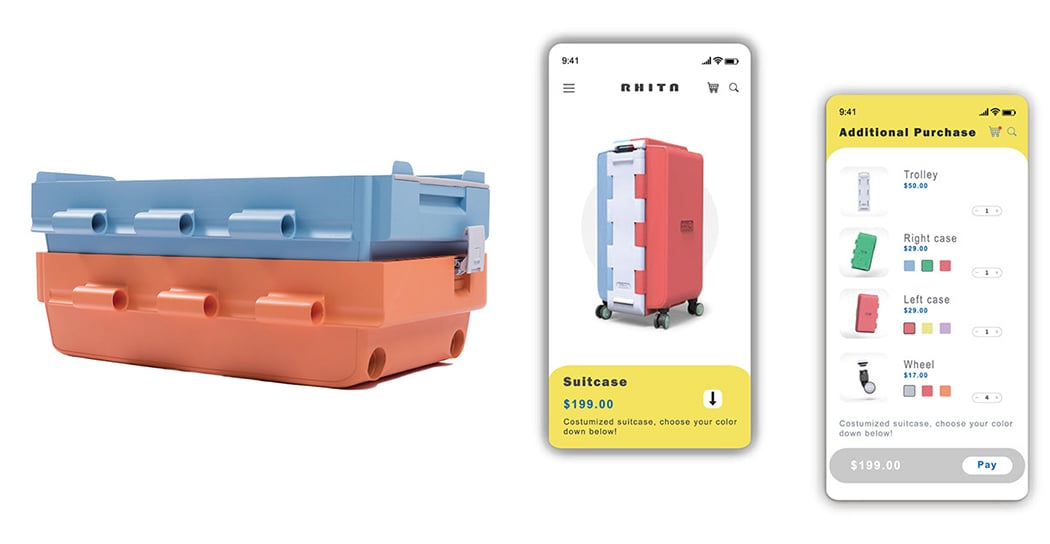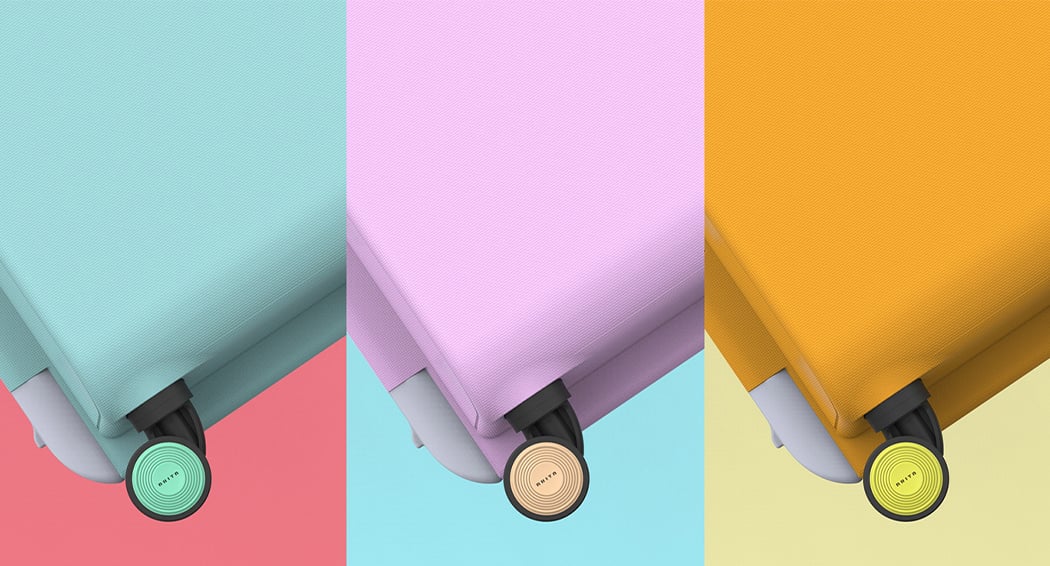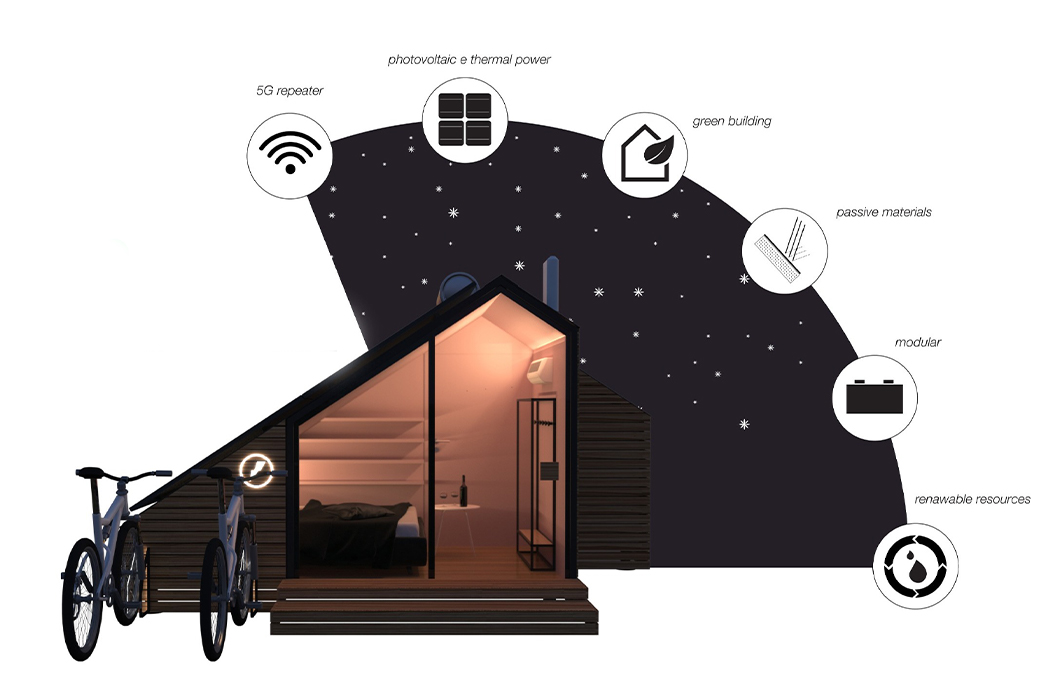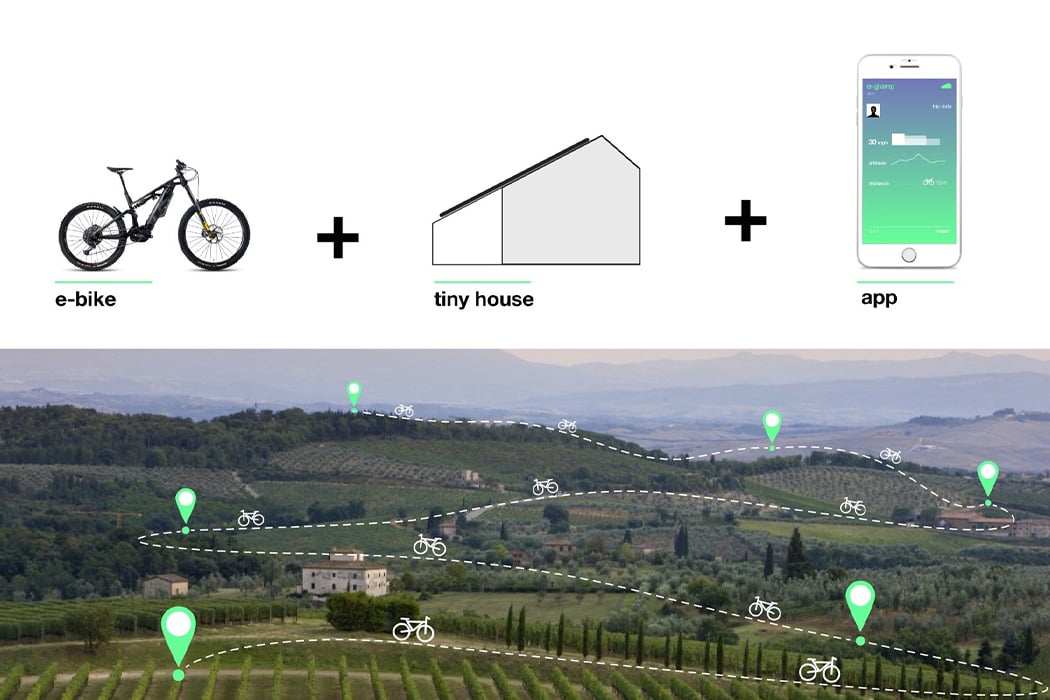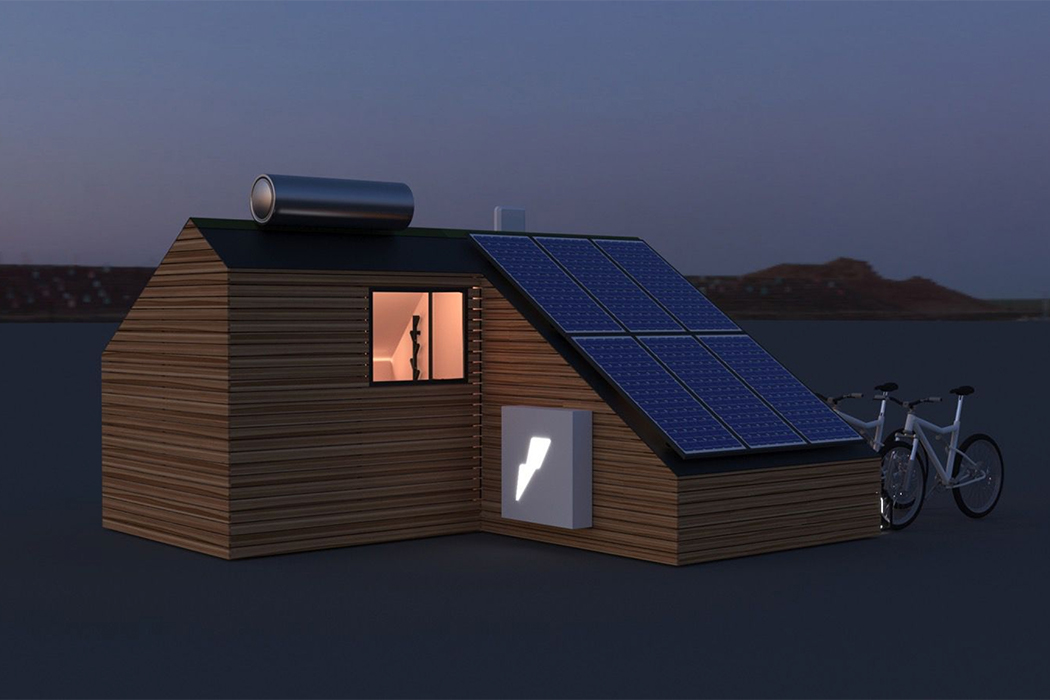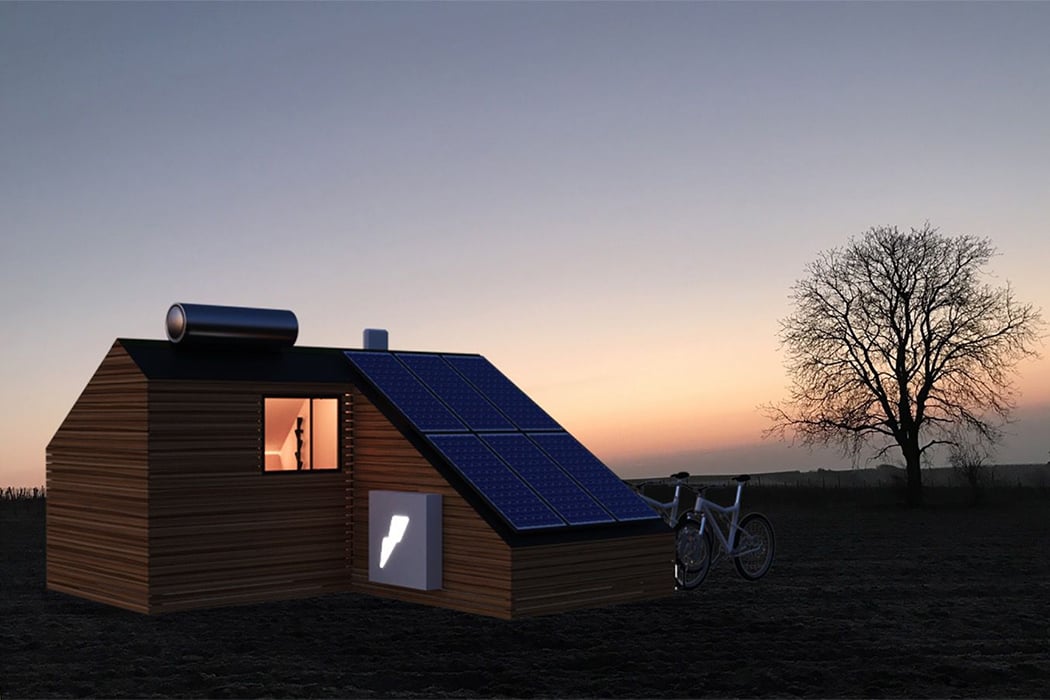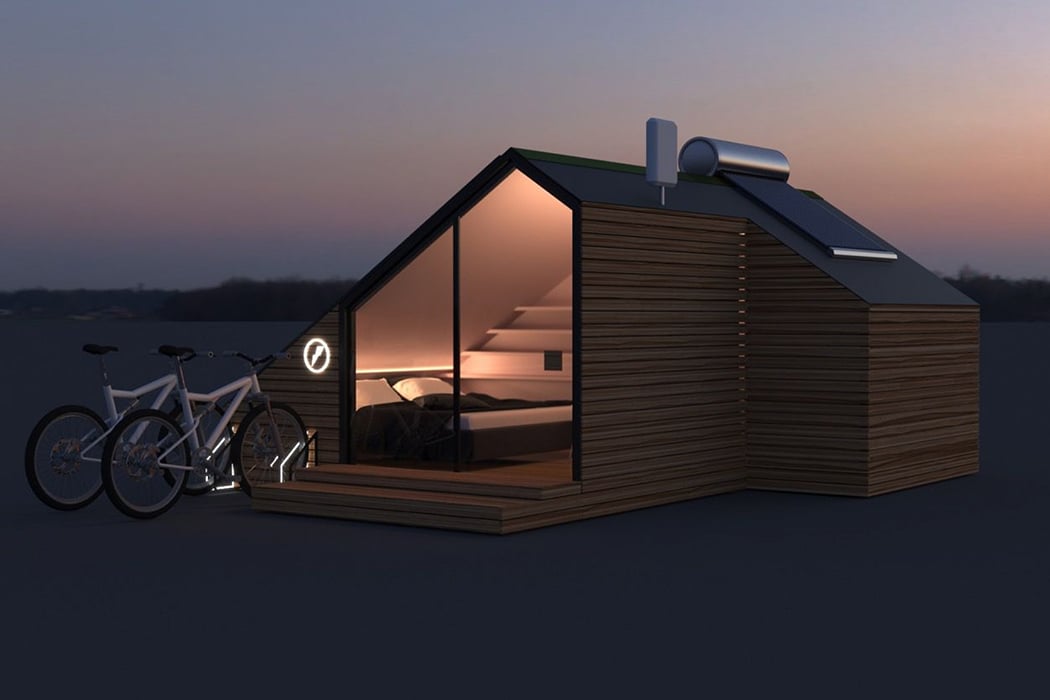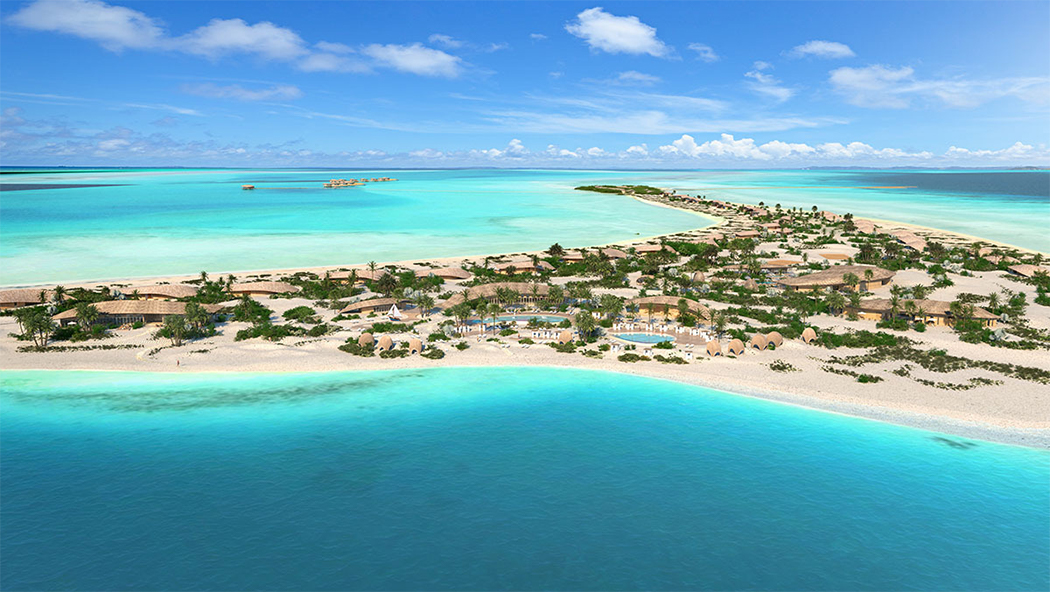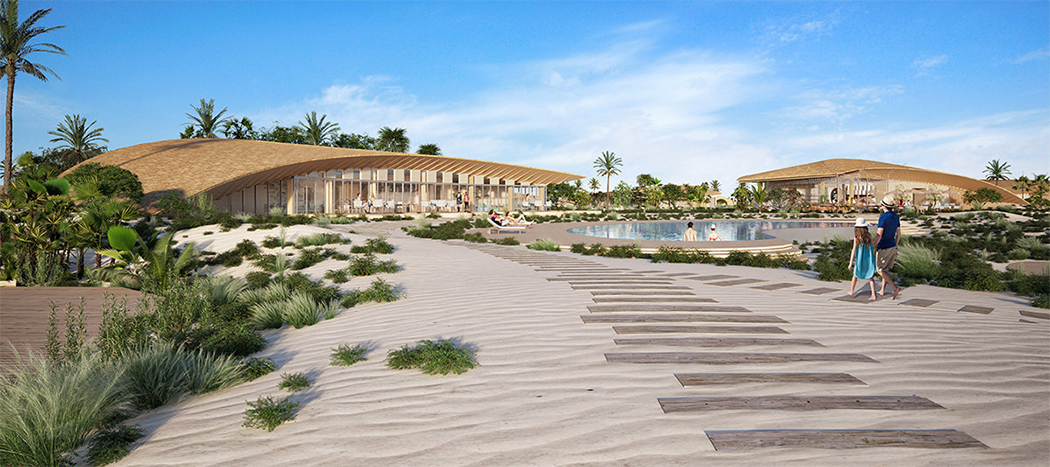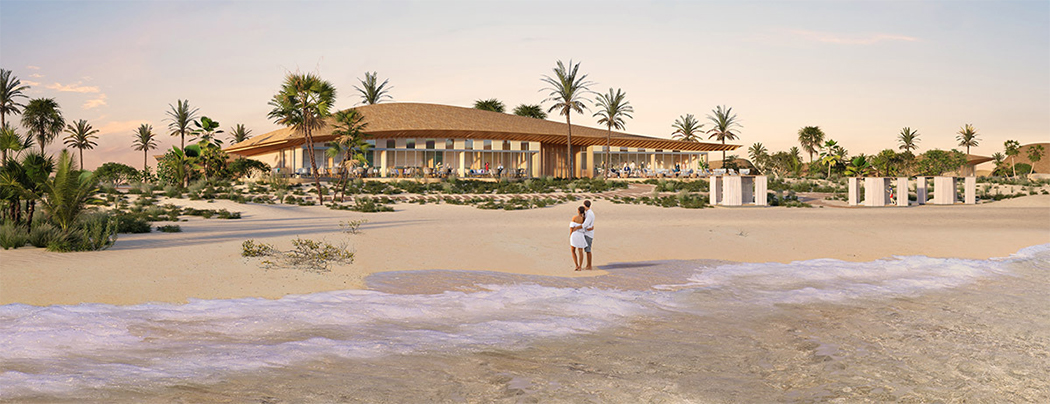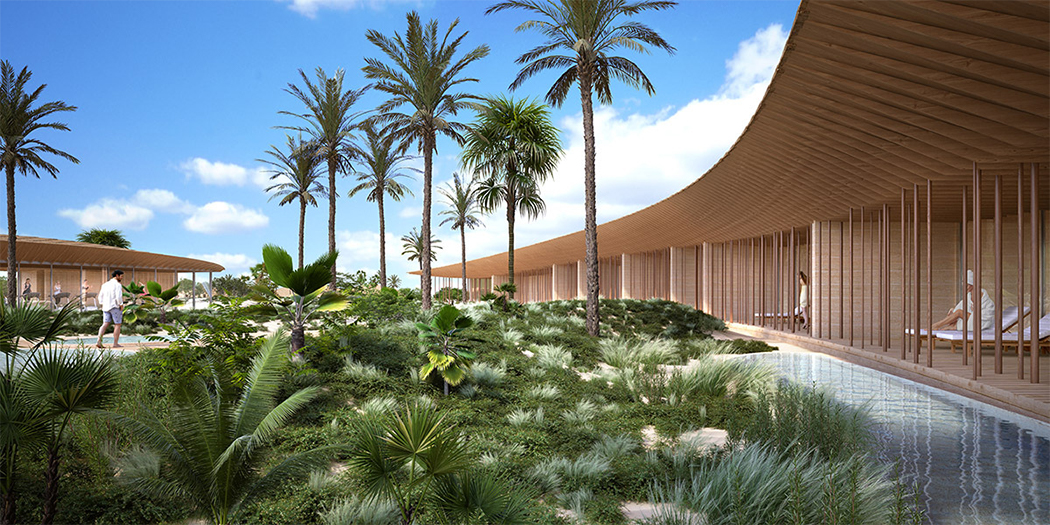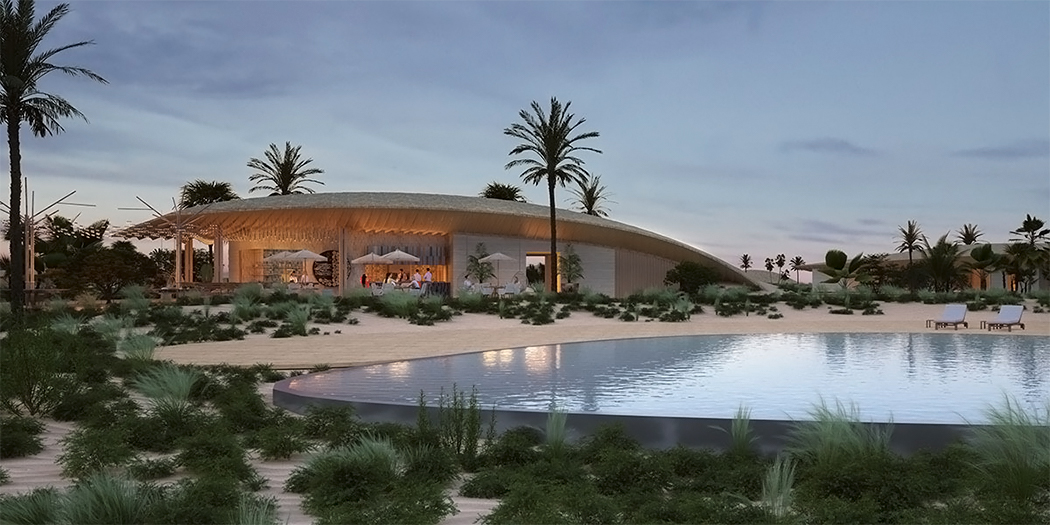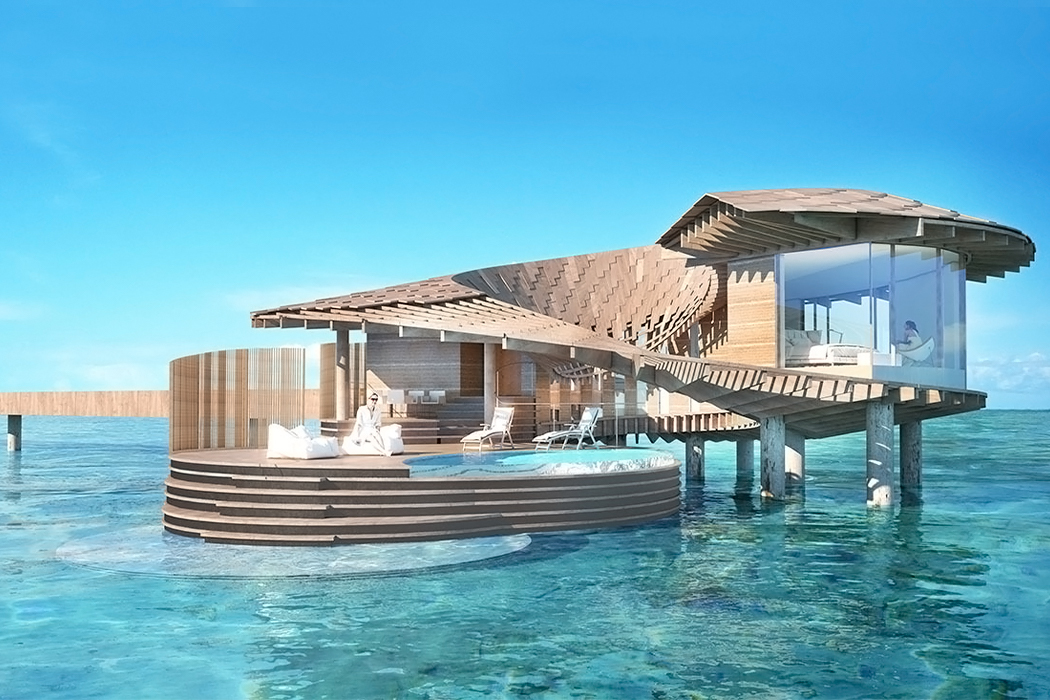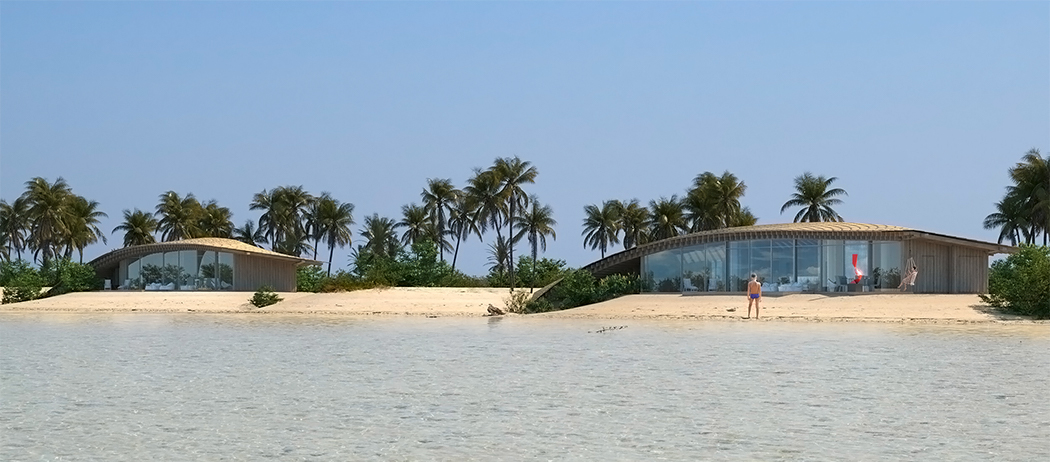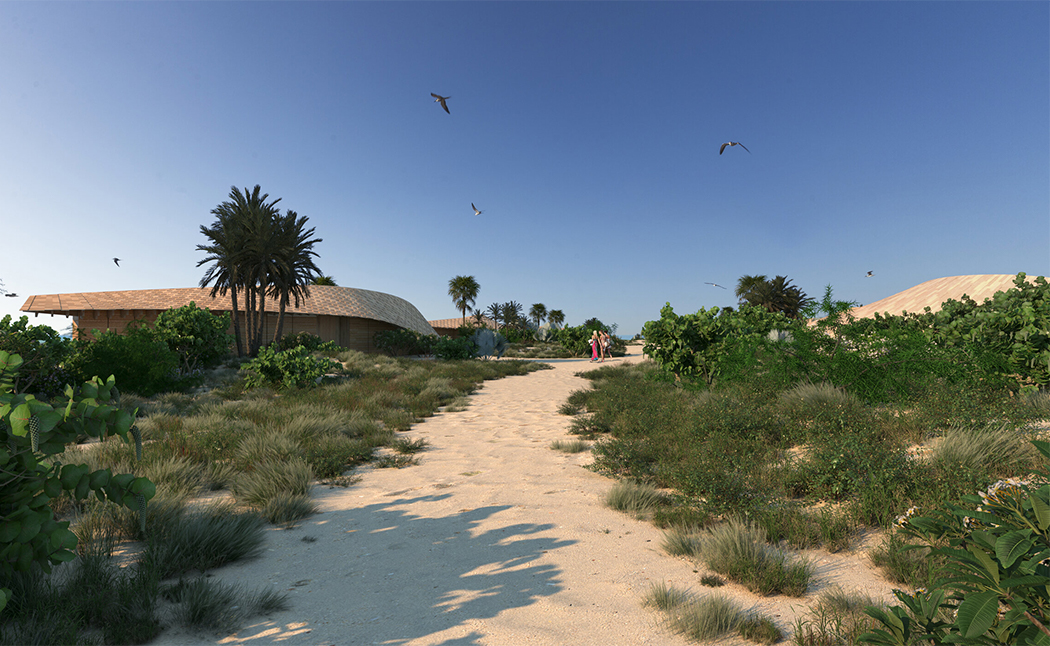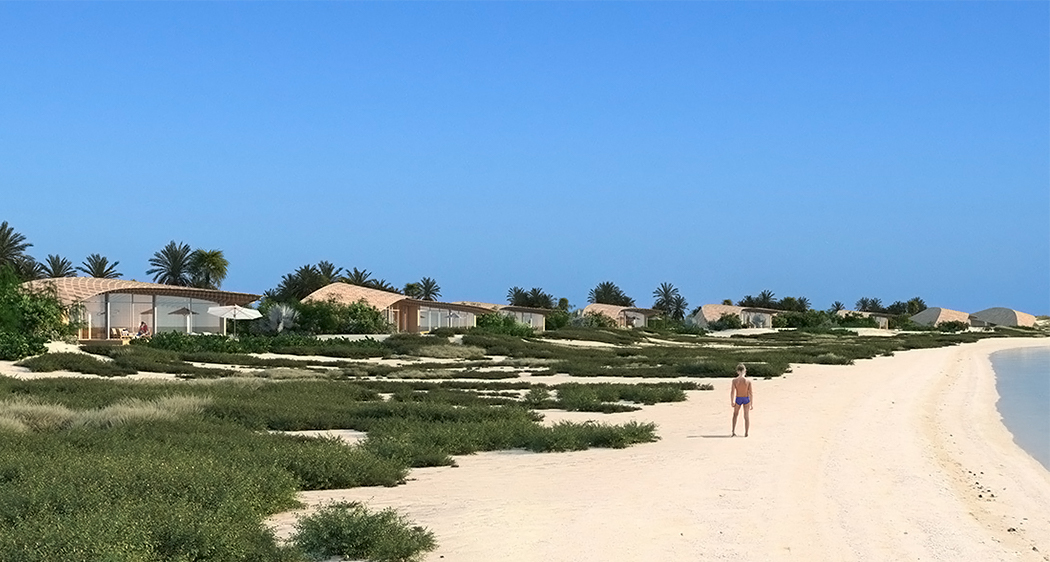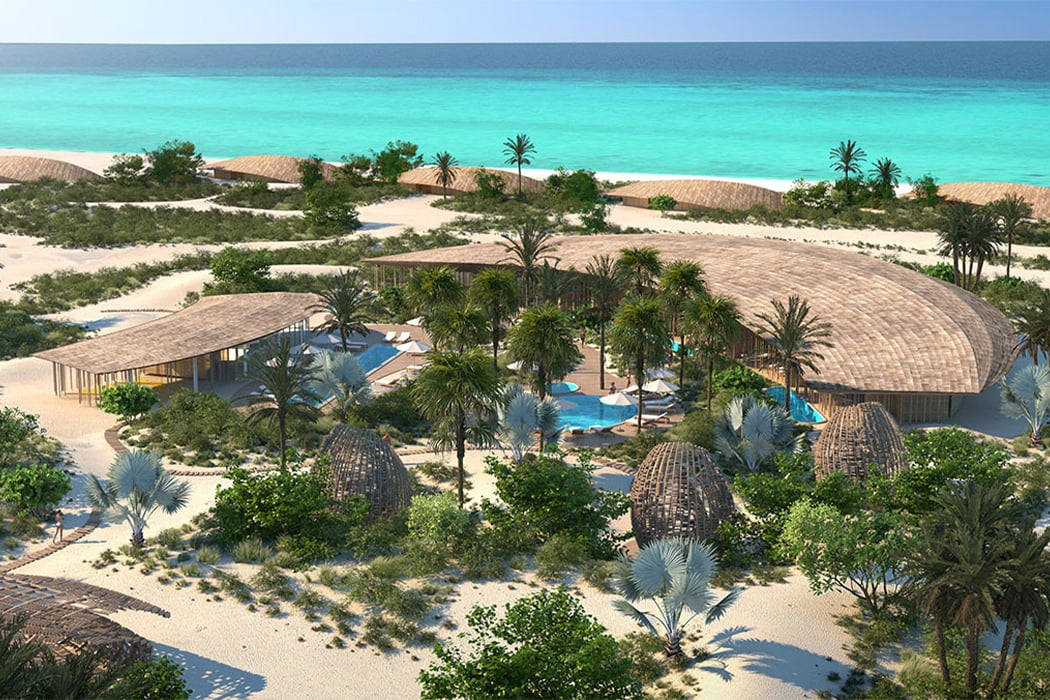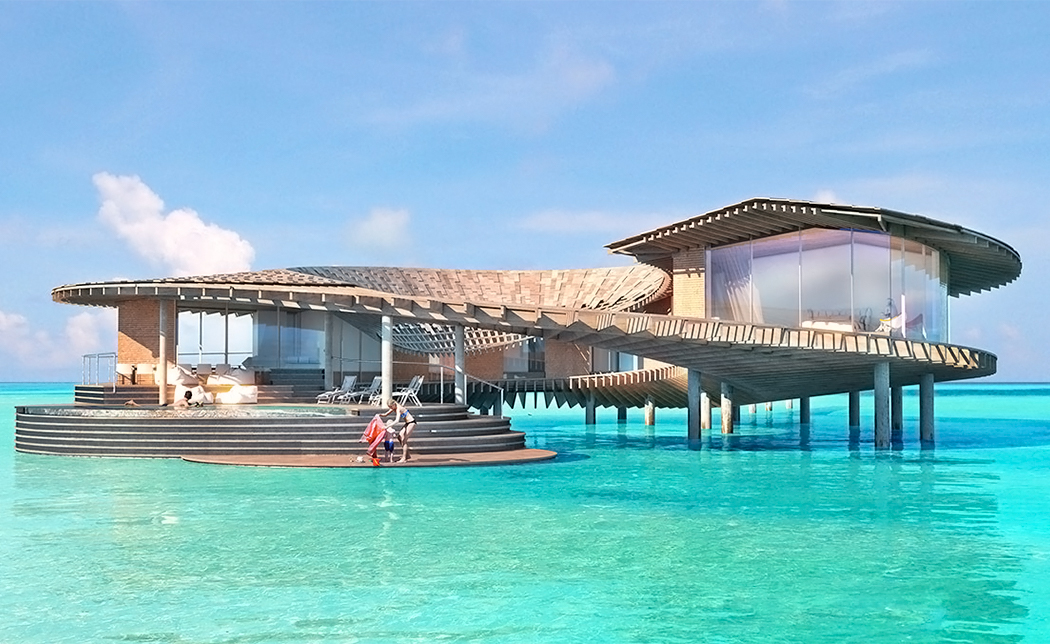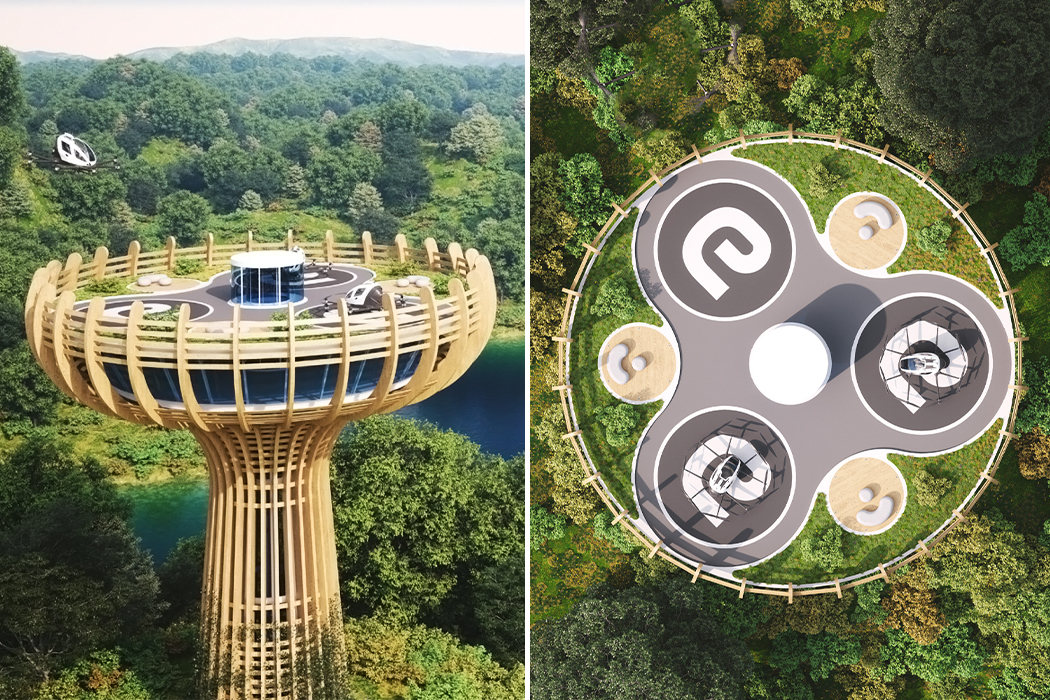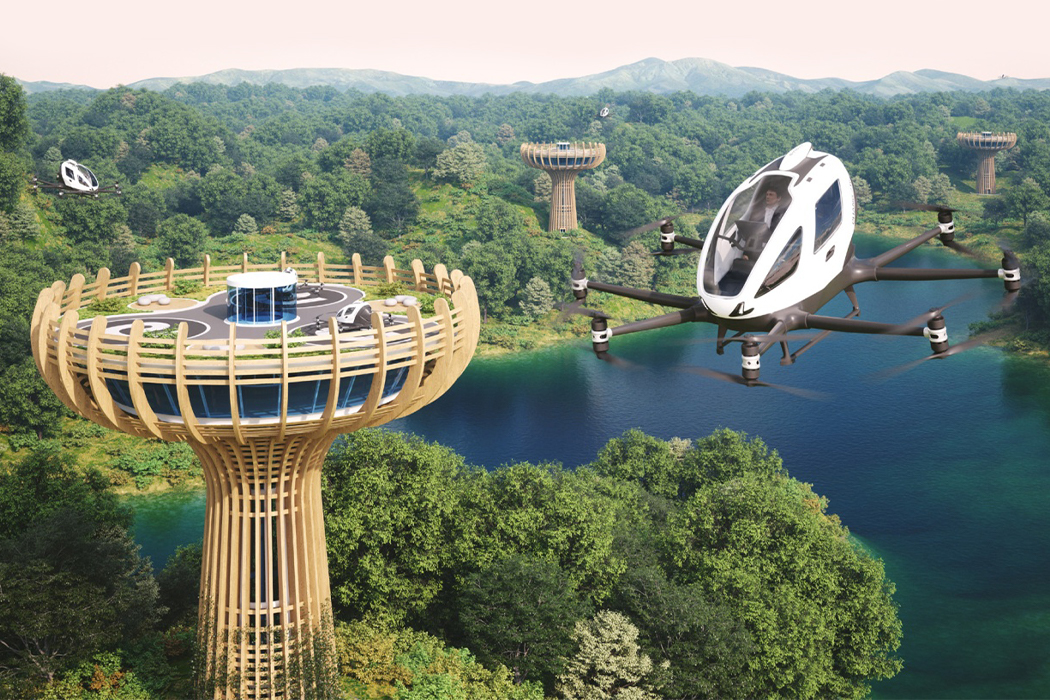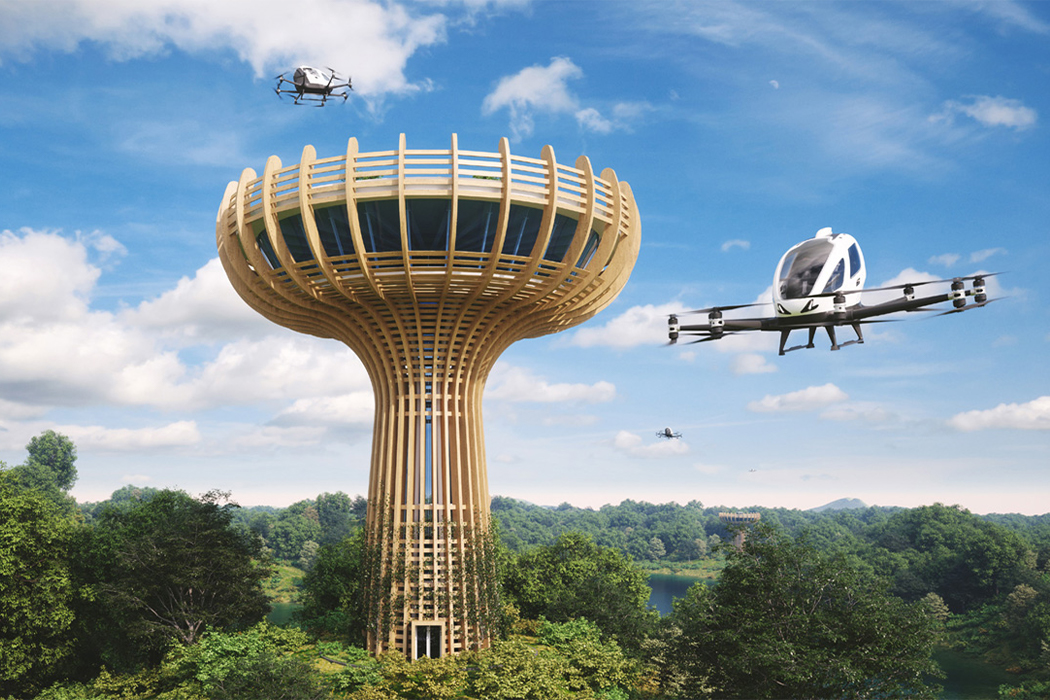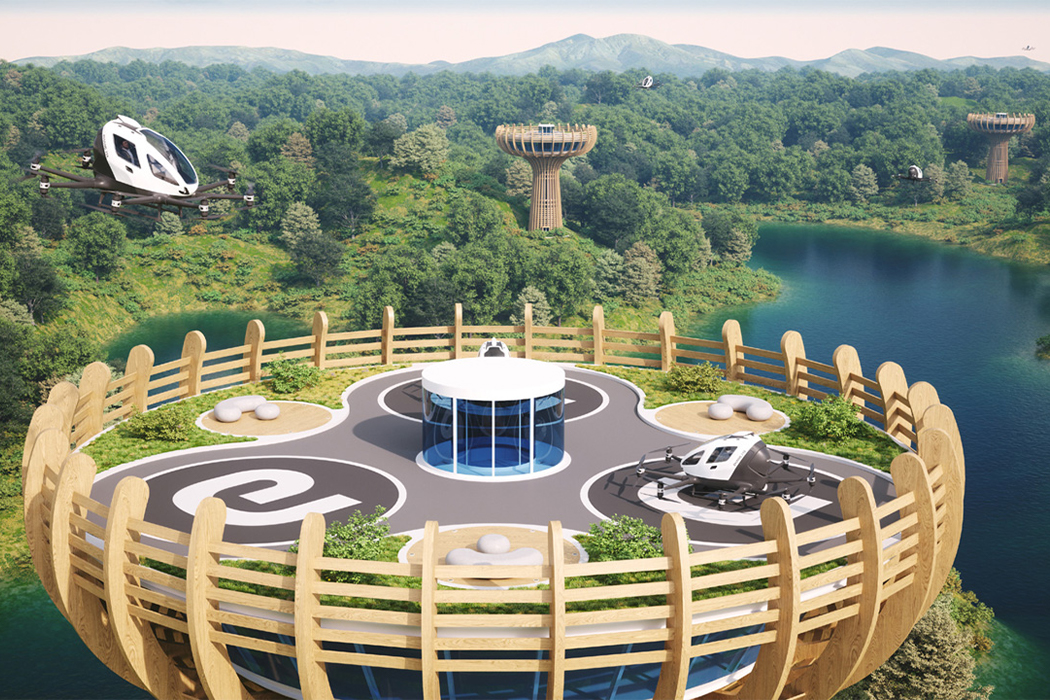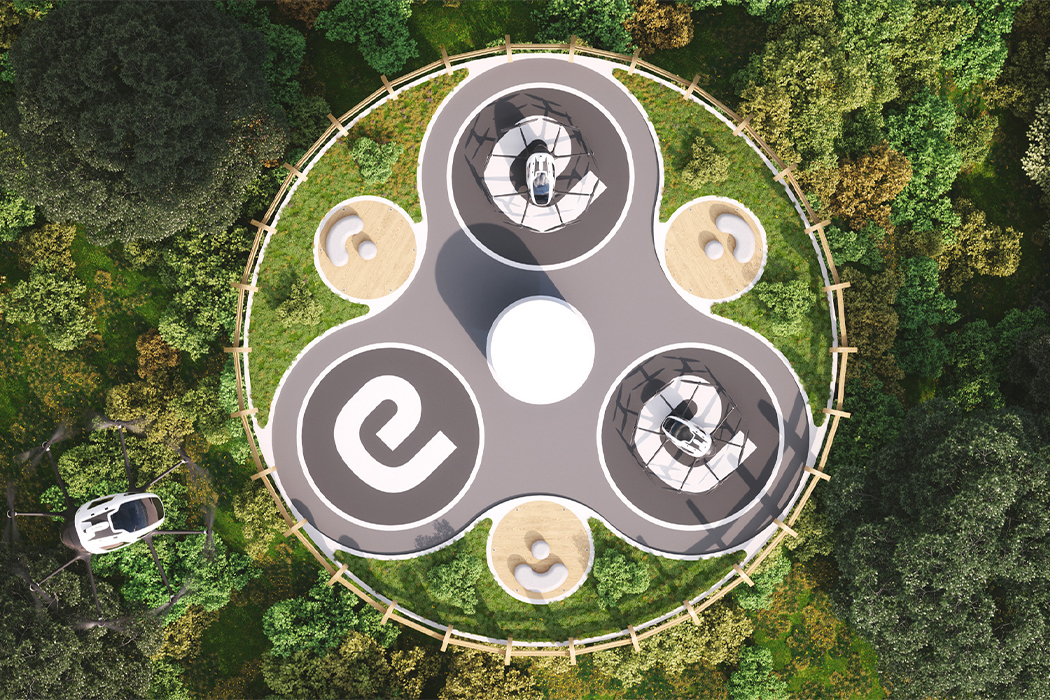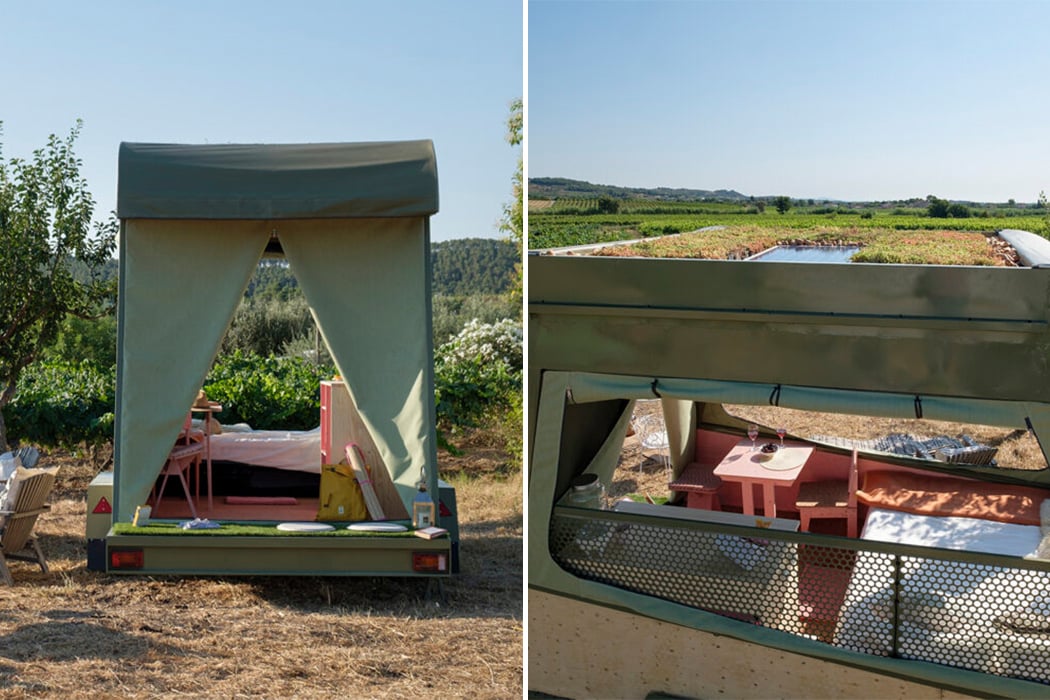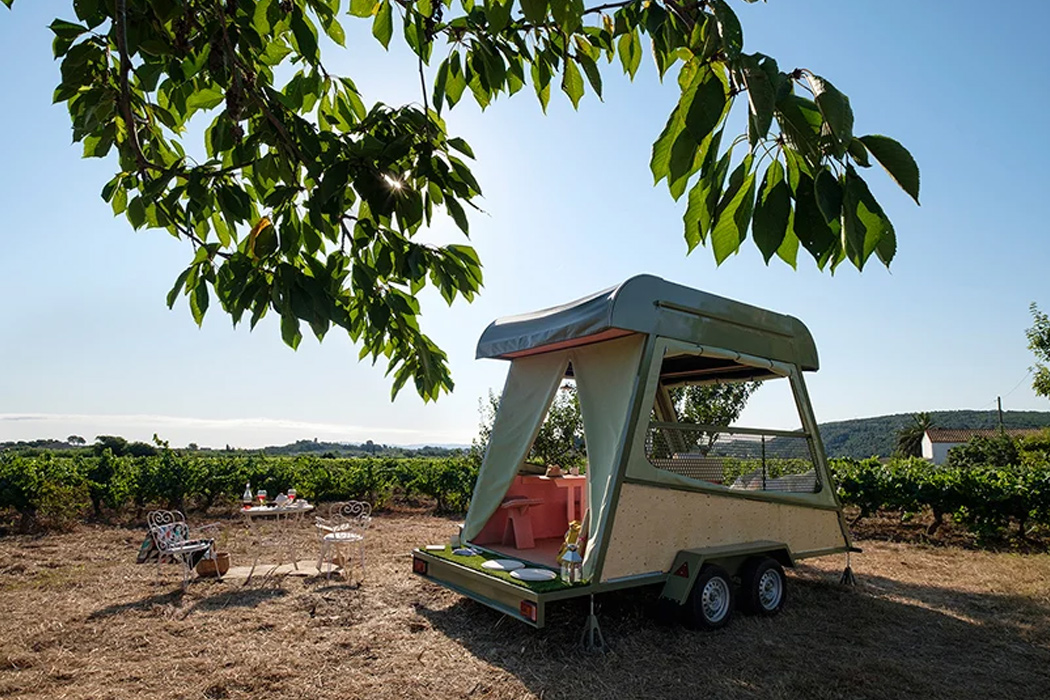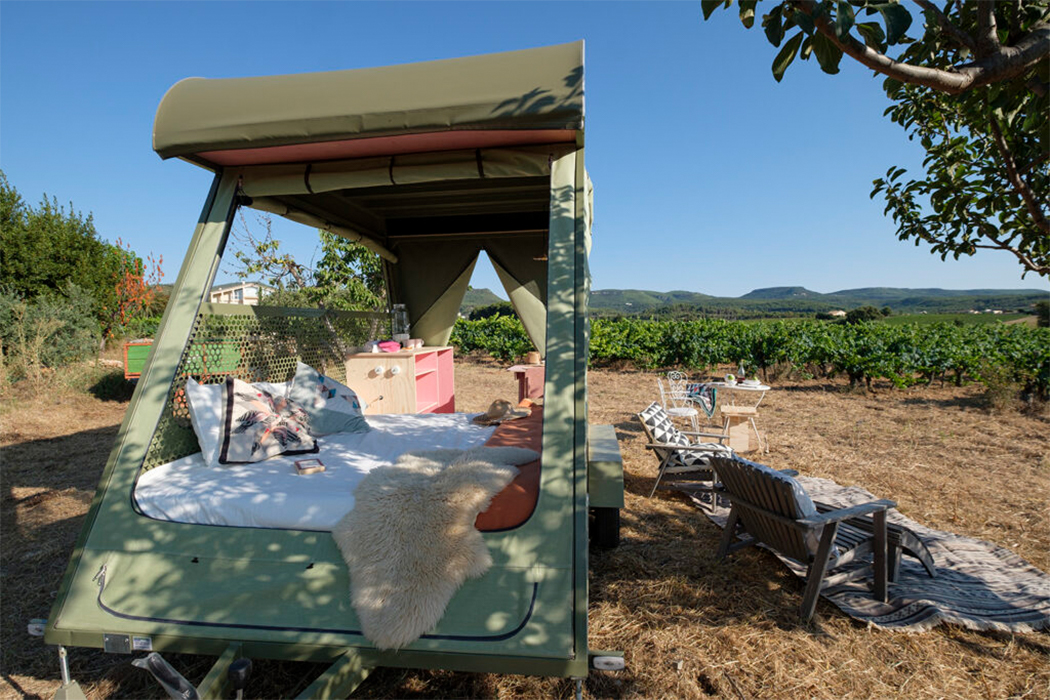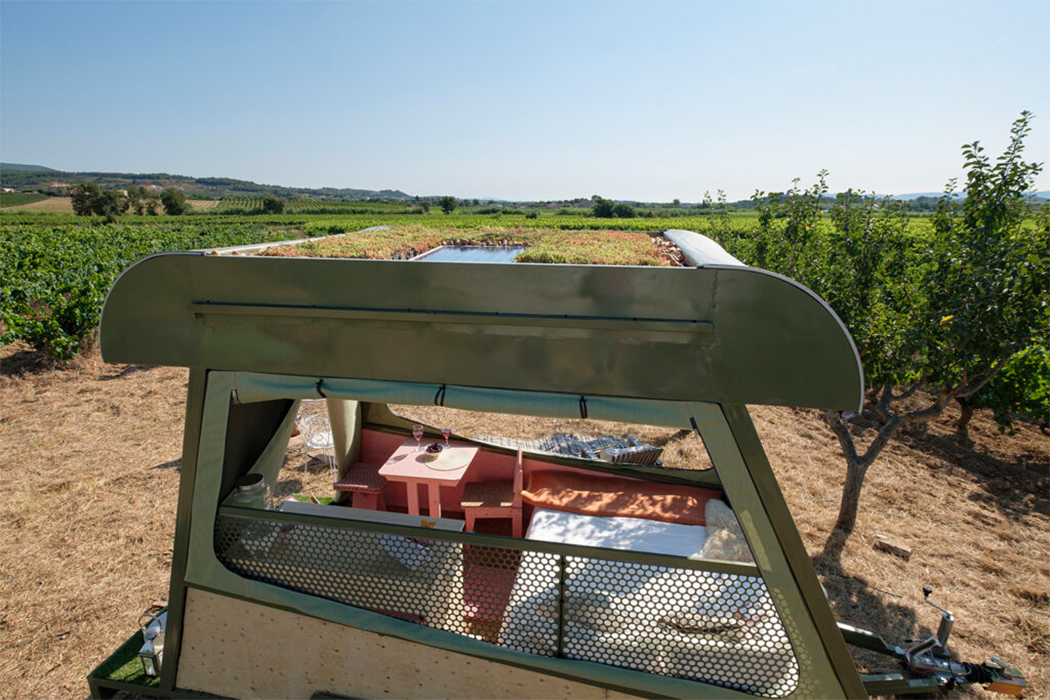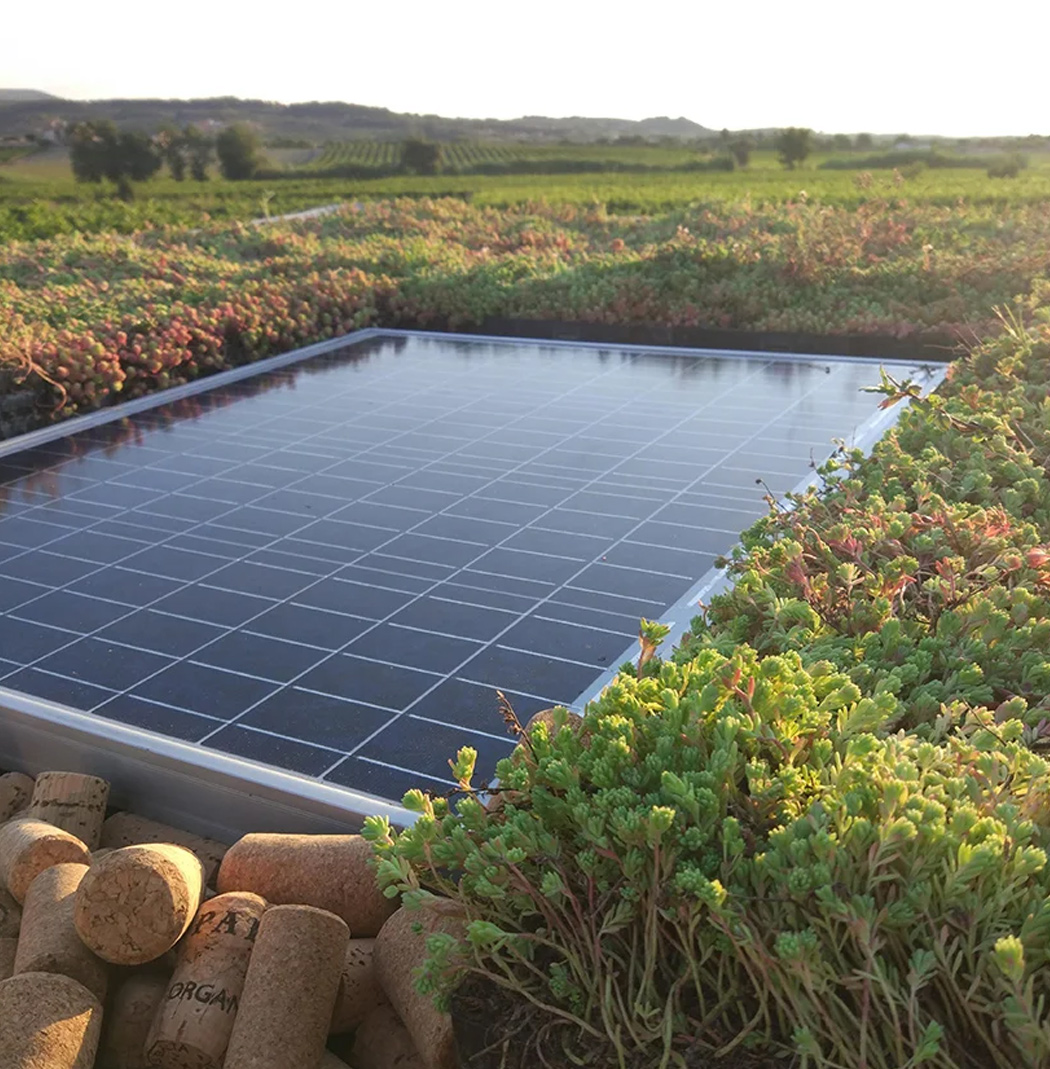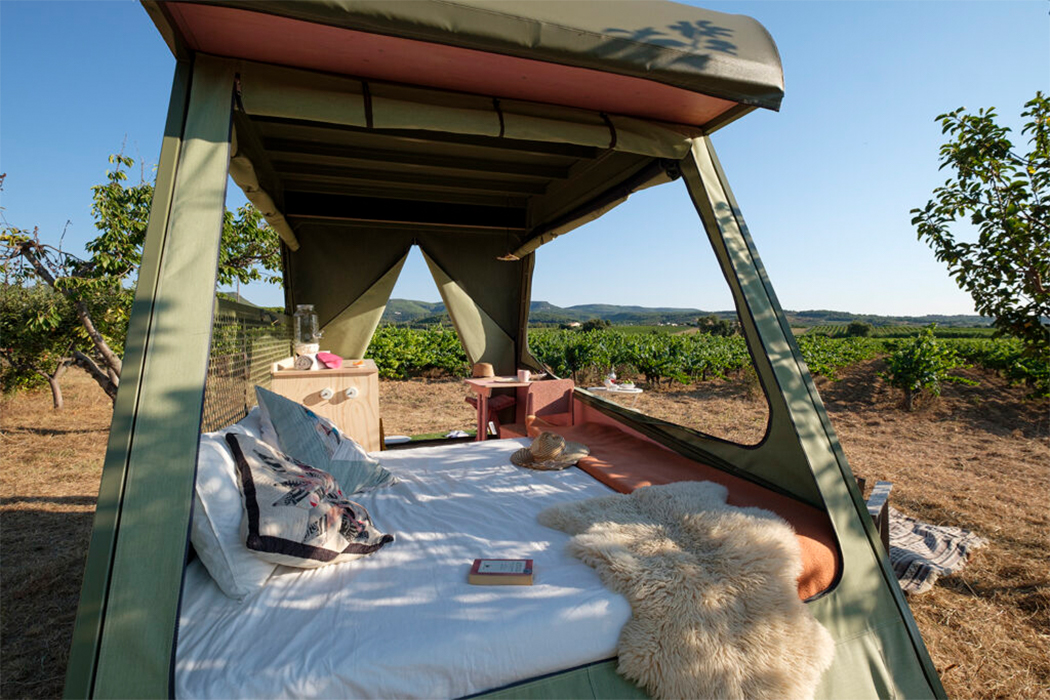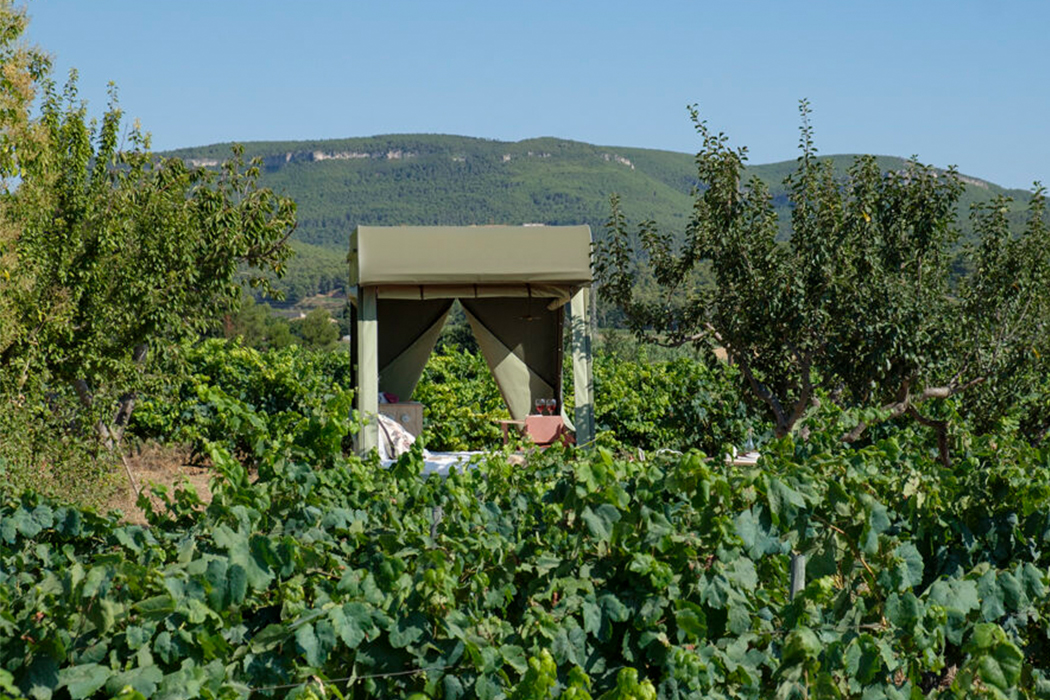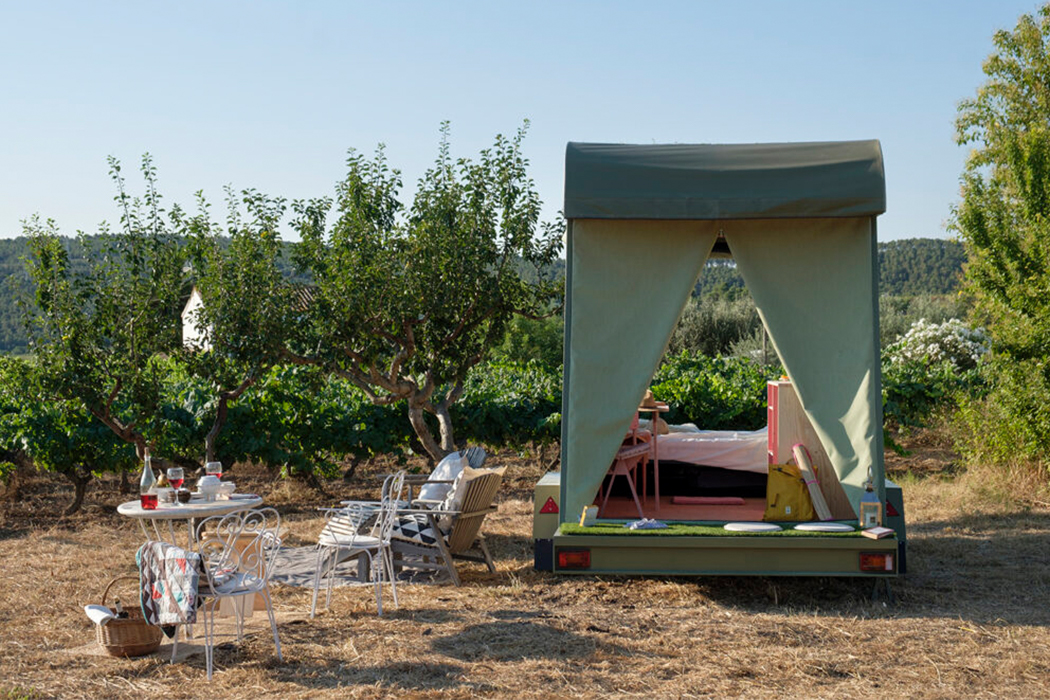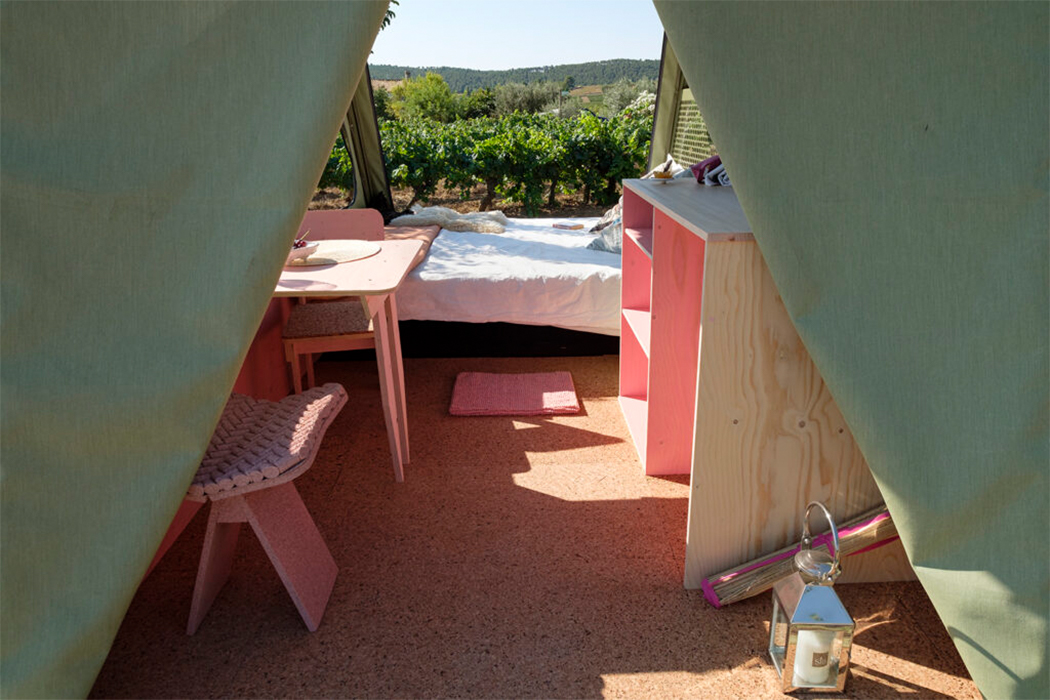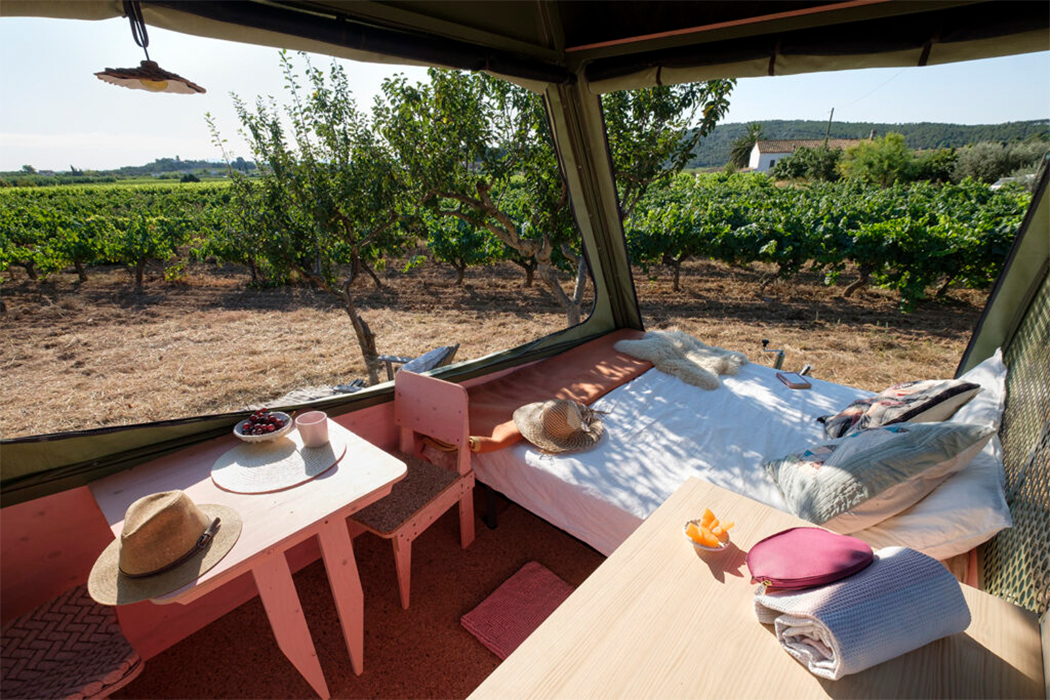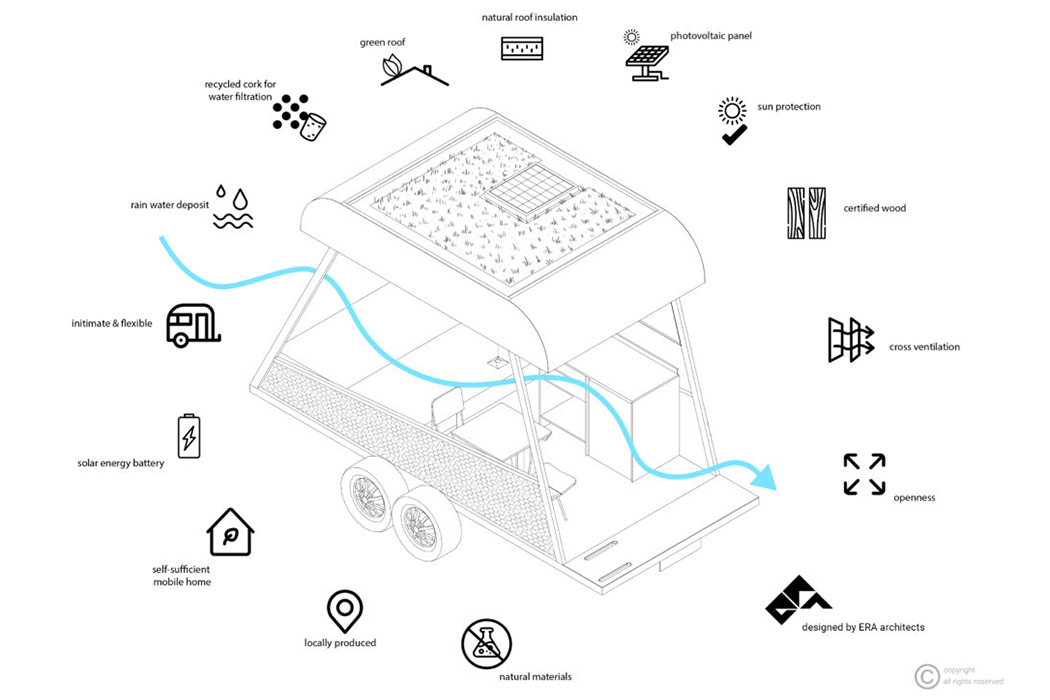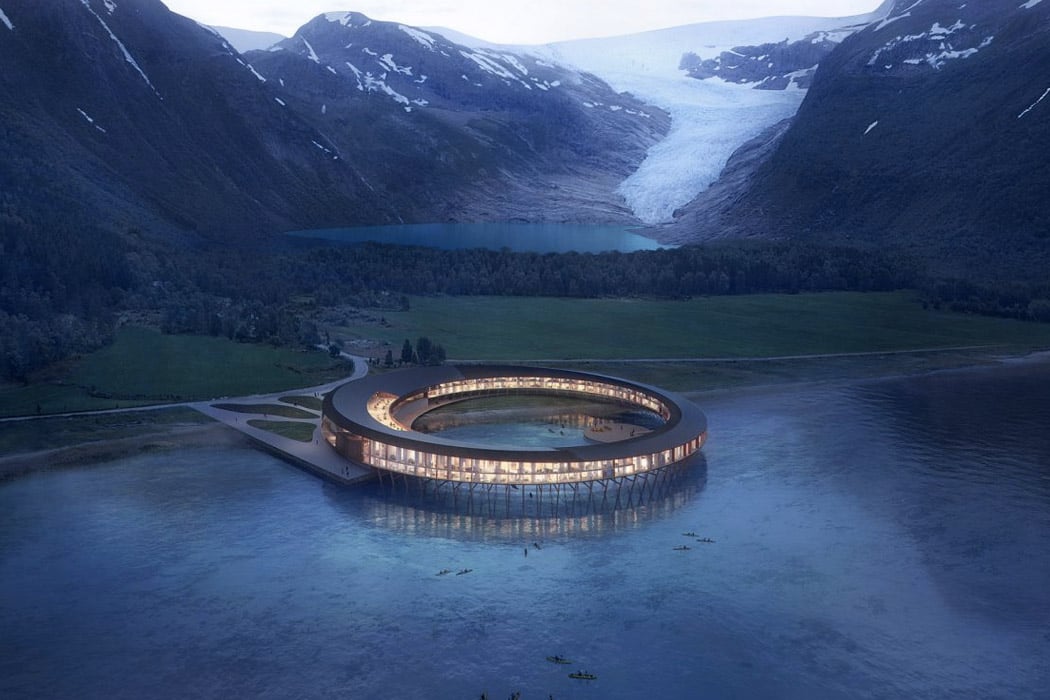
Ecotourism has become a growing trend, although I do hope it is here to stay. We all love taking vacations, and if we can integrate sustainability and a greener way of tourism into our holiday plans, then why not? In an attempt to encourage ecotourism, architects have been designing sustainable hotels and resorts! These holiday destinations provide all the facilities and amenities we require for a comfortable (luxurious even in the case of some) stay, while taking care of the local natural environment. We’ve curated a collection of exciting and enjoyable options – from a sustainable ring-shaped hotel in the Arctic circle to a bamboo resort in Bali! We hope this helps you make sustainable and eco-friendly travel plans in the future.
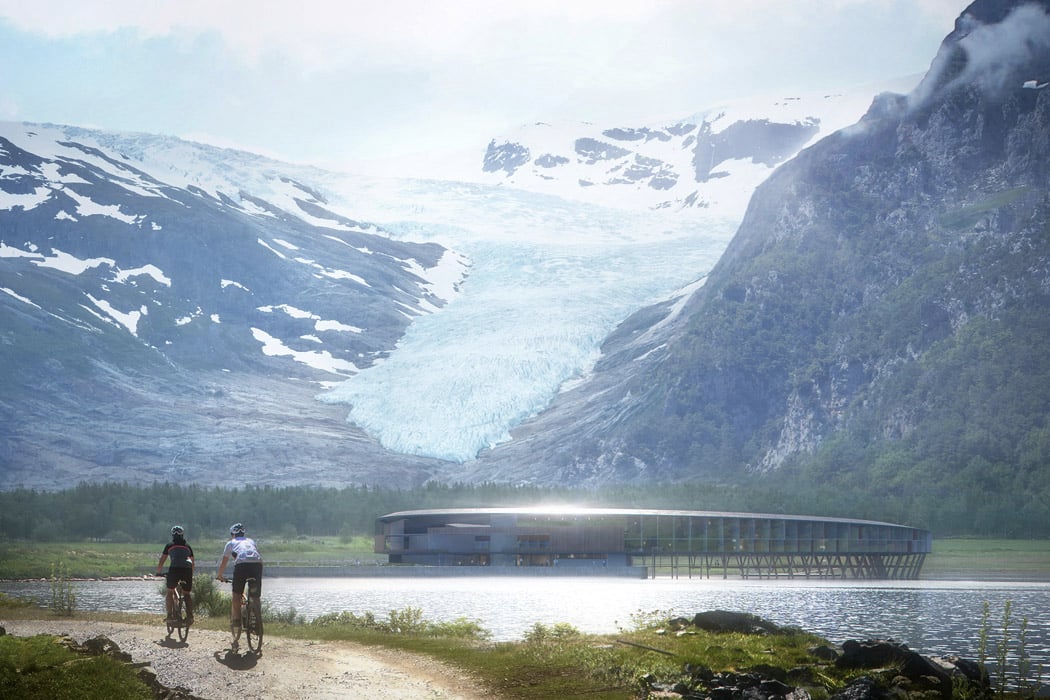
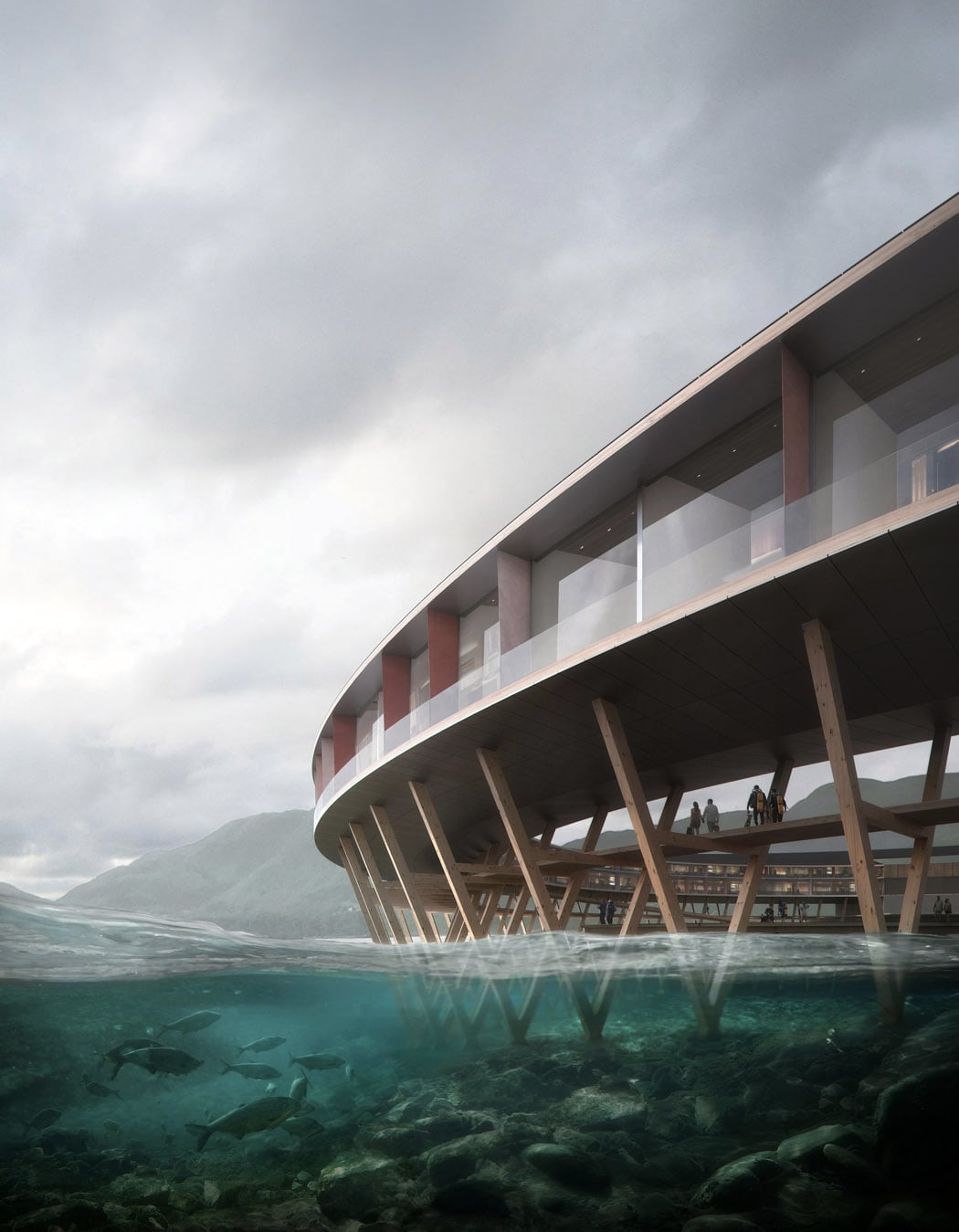
Snøhetta designed ‘Svart’, a sustainable ring-shaped hotel, tucked at the base of Norway’s Almlifjellet Mountain, in the Arctic Circle. The hotel promises to be ‘energy-positive’, which basically means it will produce and create more energy than it consumes! It also promises to consume 85 percent less energy as compared to other contemporary hotels, which can be achieved, owing to the hotel’s solar panels. Snøhetta attempted to design a sustainable hotel that would leave “a minimal environmental footprint on this beautiful northern nature.”
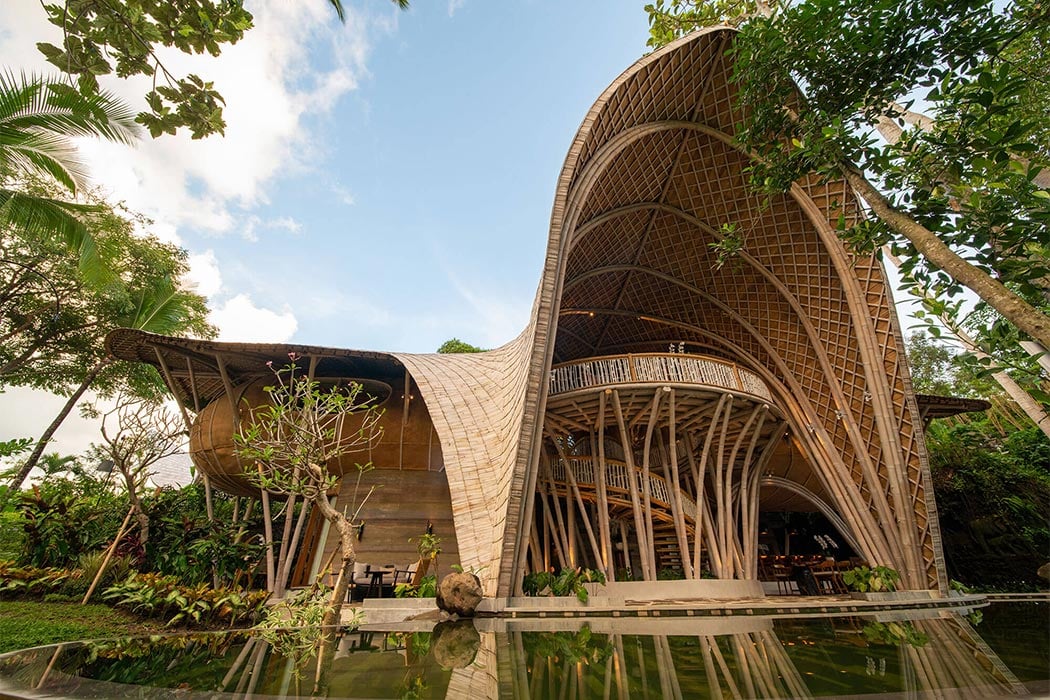
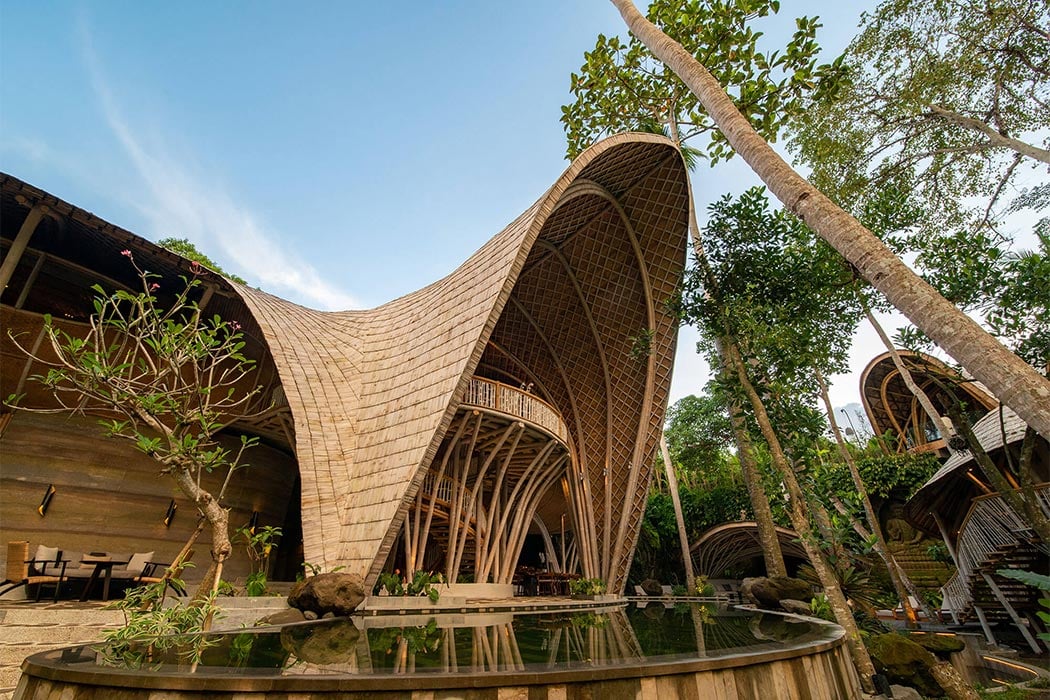
When most people think about living sustainably, they think it means sacrificing luxury but the Ulaman Eco-Retreat Resort made mostly from bamboo is here to show you that sustainability can be well integrated into luxury. Designed by Inspiral Architects, this eco-resort is located in Bali’s Kaba-Kaba village. It has been constructed using materials found directly on the site and the immediate locality which helped the resort become completely carbon zero. Apart from bamboo, rammed earth has been used for the resort‘s ground-level walls. Rammed earth is a wonderful green alternative to concrete which is responsible for more than 8% of the construction industry’s emissions which contributes to 30% of global greenhouse emissions.
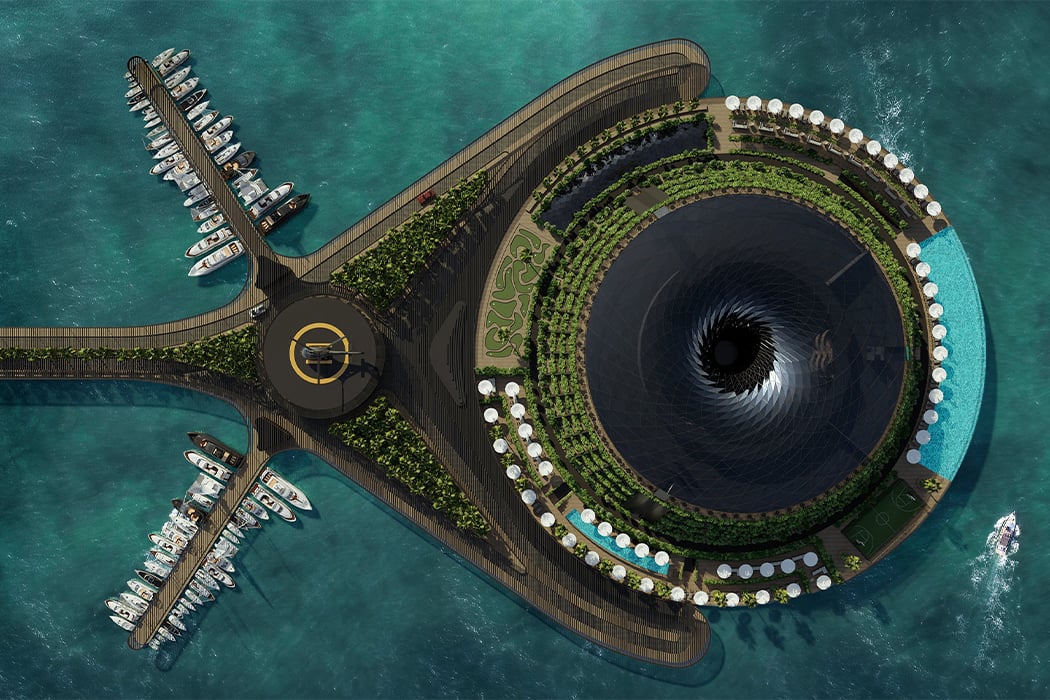
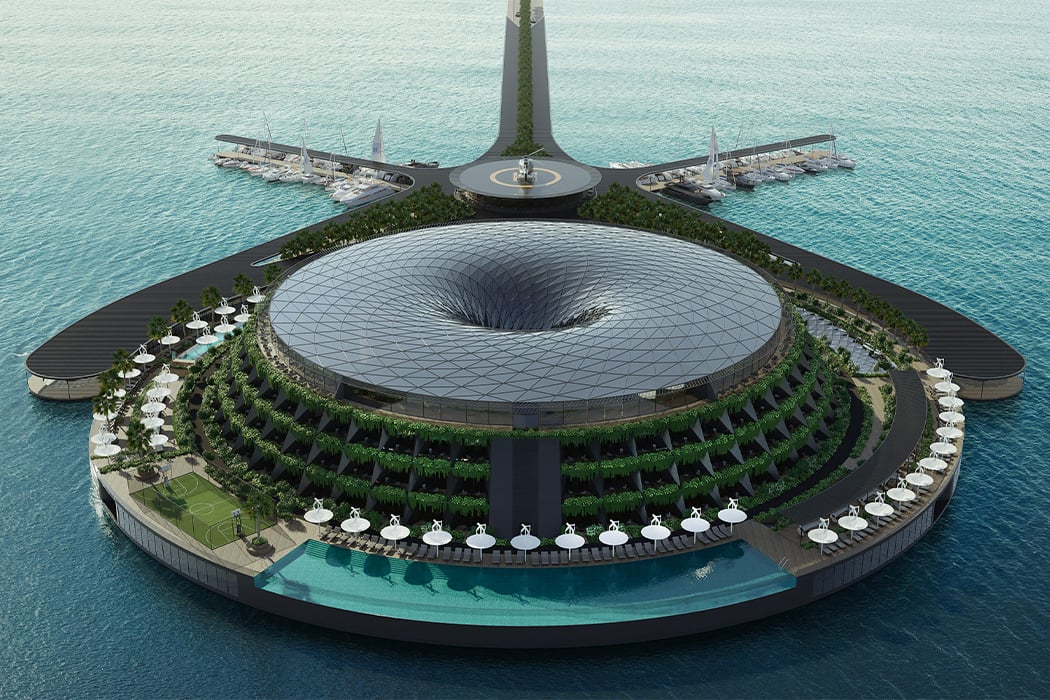
This Eco-Floating Hotel in Qatar is raising the bar for eco-friendly travel and tourism! Powered by wind + solar energy it also features tidal sustainability mechanisms and a revolving restaurant to give you ALL the best views. Designed by Hayri Atak Architectural Design Studio (HAADS), the hotel would span over 35,000 sq m (376,000 sq ft) and house 152 rooms. The giant glass donut-shaped structure has a lush green cover integrated into its exterior and a mesmerizing indoor waterfall with a huge vortex-like glass roof. Sustainability is at the core of this project and all of the design details are centered around it. The vortex shape of the roof will actually be used to collect rainwater for irrigation and more while solar panels + wind turbines will provide clean energy. Even the water current will be harnessed with a tidal energy system so when the hotel turns it can produce power similar to a dynamo. The hotel also intends to purify seawater and treat the wastewater it produces so it doesn’t harm the environment. Speaking of waste management, the team aims to develop waste separation units for efficiency and to use them as fertilizer in the landscape for the recycling of substances such as food waste.
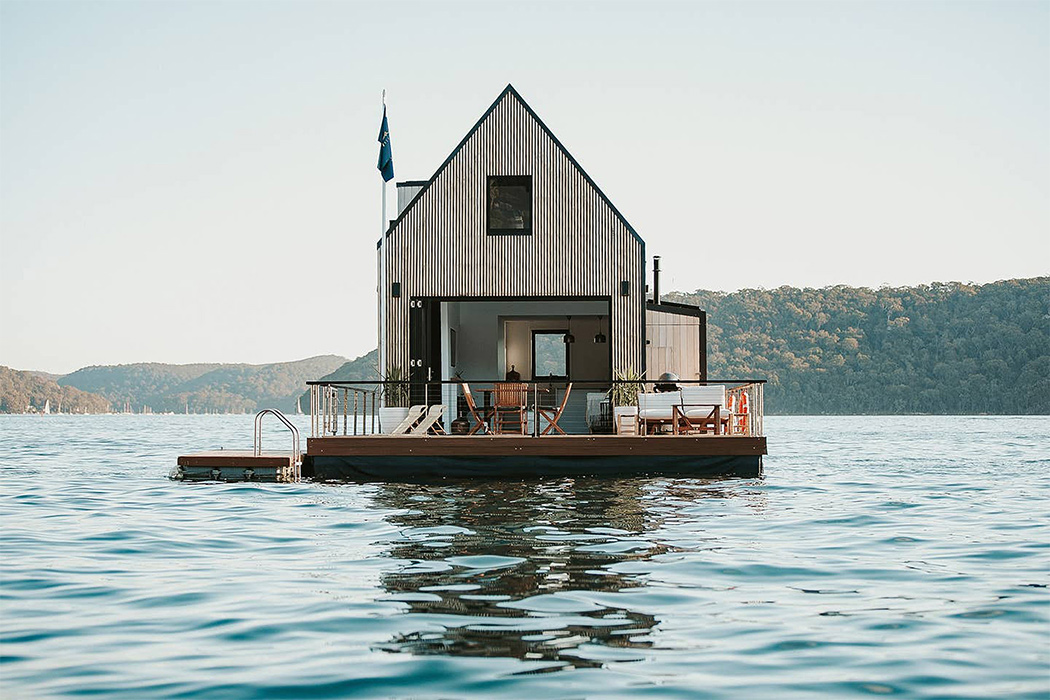
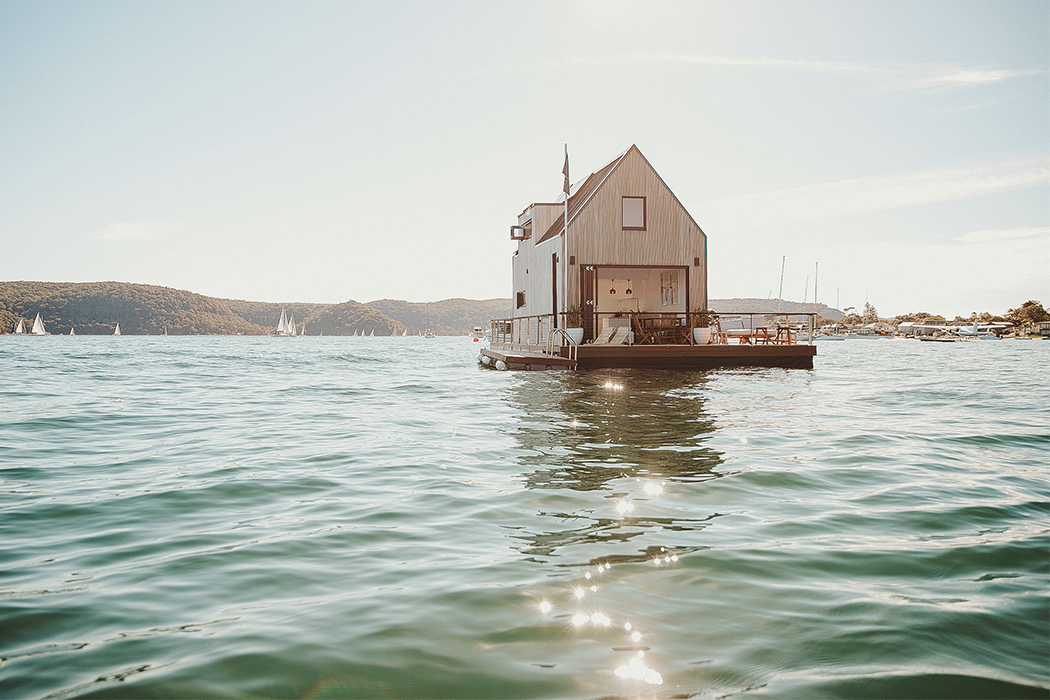
The Lilypad is a luxury villa designed by Chuck Anderson and is anchored just north of Sydney’s Palm Beach. Anderson is a boat enthusiast so it is no surprise that he created a floating house! This beautiful Airbnb is also eco-conscious, it is completely solar-powered and is slowly helping us pivot towards sustainable travel. The exterior of the house is made from timber and includes an open living area, a wine cellar, a sleeping loft, and, of course, a bathroom (for all that wine that we will consume post quarantine on our holiday!). To feel fancy, you have an al fresco dining (means you can eat your food while enjoying the breeze and sun when going outside is cool again) and sunbathing area on the lower level which also boasts of an expansive terrace.
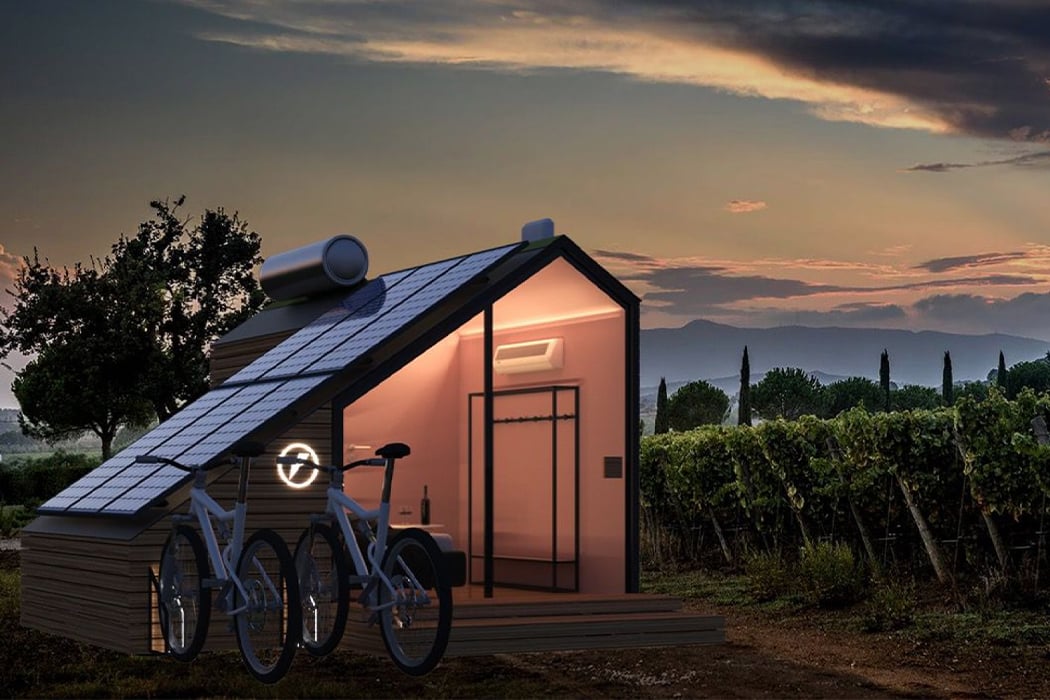
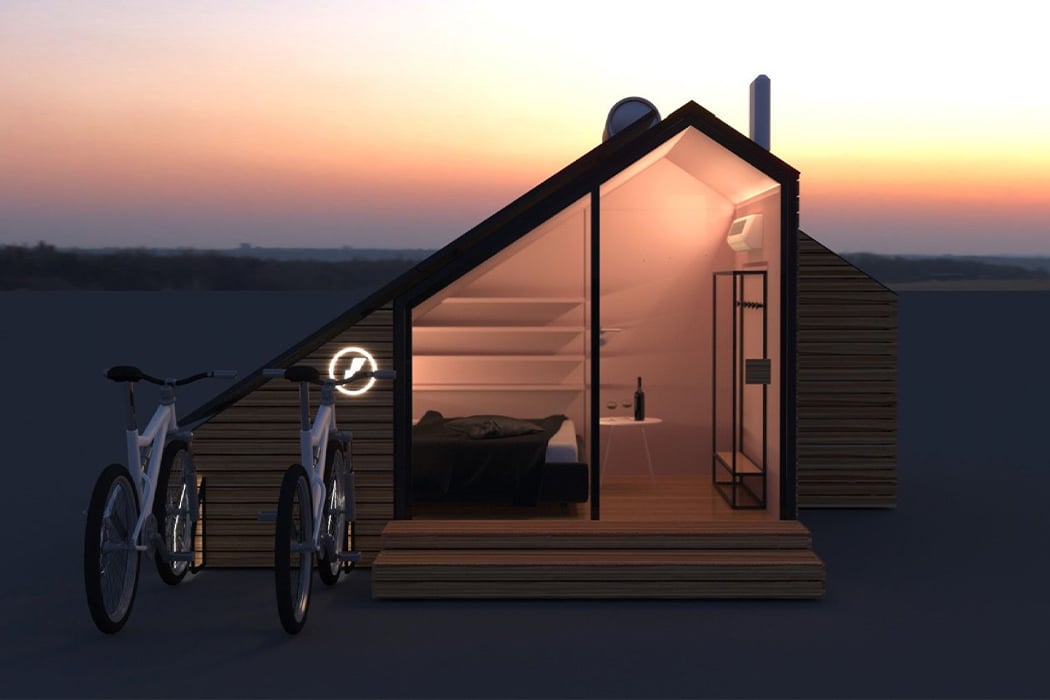
E-glamp is a product/service that has been designed to boost economic and tourist development in rural areas. Think of it as an Airbnb-style tiny house merged with a biking network like Bird or Lime. It is an integrated system of modern cabins that are all independently powered by solar panels. These tiny homes are also fitted with smart tech and are connected to the e-bike system which encourages carbon-neutral exploration of the landscape. Biking not only helps to maintain the pristine air quality of the rural area but also helps in getting an enjoyable workout in. All the E-glamp houses are modular, movable, and constructed with sustainable materials like timber. Along with solar panels, it will be interesting to see how the design is able to also repurpose and reuse rainwater for the guest’s needs.
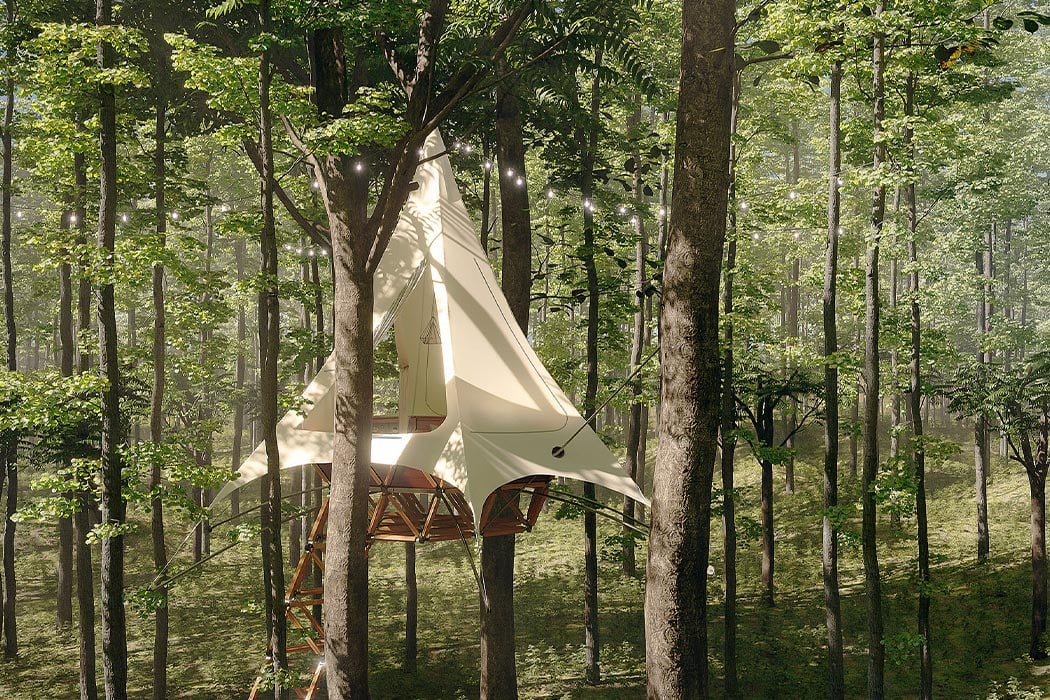
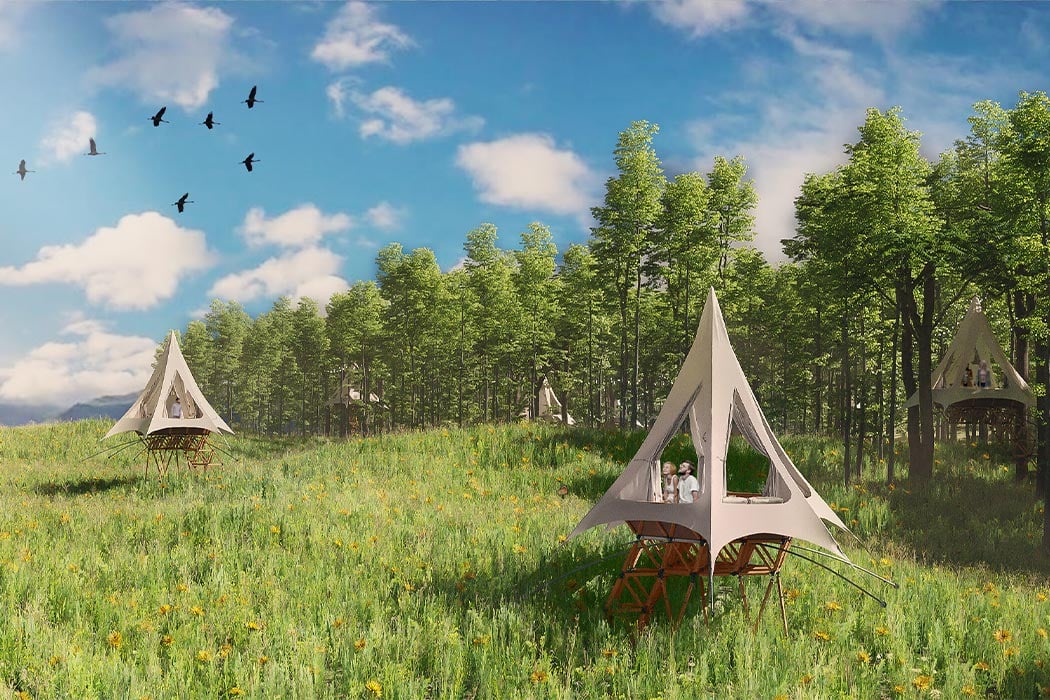
Get ready to take a beautiful virtual tour of the O2 Treehouse by Treewalkers that blend the best of our childhood imagination with glamping reality while keeping it all an eco-friendly experience! Treewalkers is one of the leading players in the world of treetop construction – they actually make treehouses that adults cannot reason out of. The treehouses have unique geodesic domes and can be connected to create entire villages. The houses are modular so it enables franchisees to start their own village setups with one or more units – this can be a sustainable hotel, unusual Airbnb getaway, or simply a camping site that offers a different kind of stay.
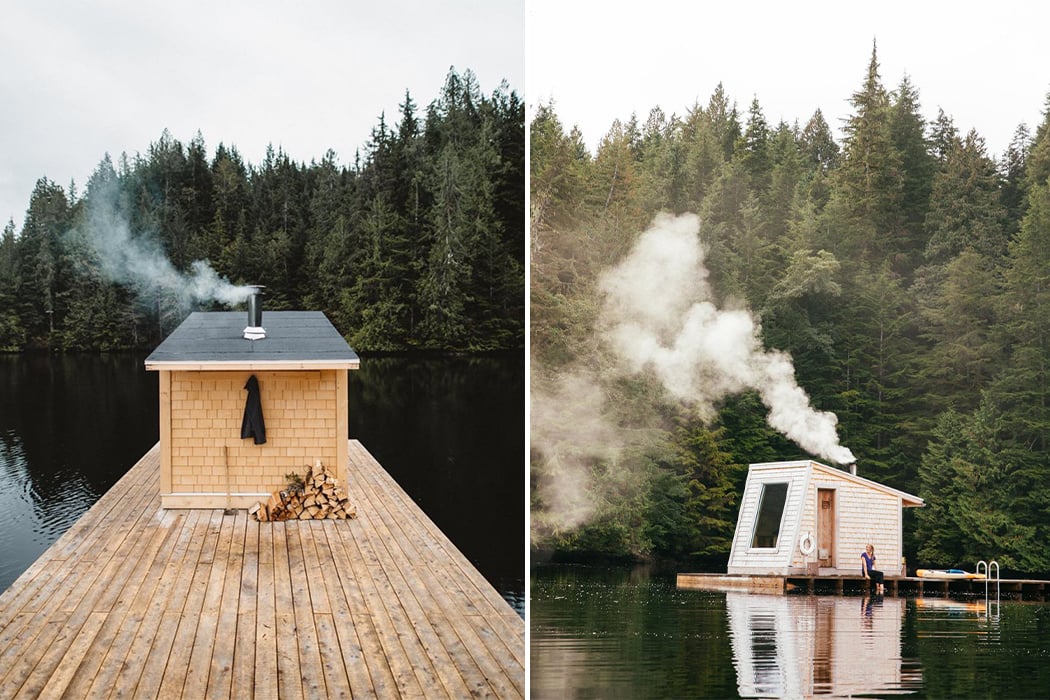
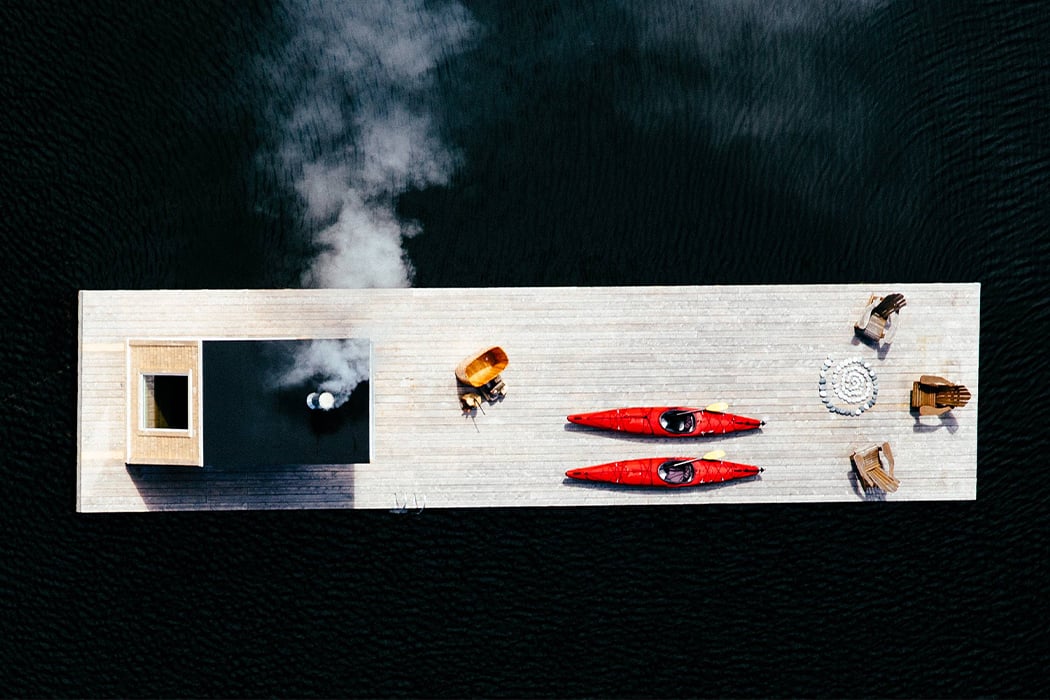
Nestled in the wilderness of British Columbia, Nimmo Bay gives you the best of Candian scenery with soaring pine trees and beautiful lakes. One of the most interesting parts of the resort is a floating cedar sauna — a serene, meditative cabin that can be used as a personal wellness space or as a room for group yoga classes. To reach the wooden spa you have to take a kayak or a canoe. The floating wooden platform holds the cabin on one end and an intimate socialization area, picnic table, and tub can on the other end. The love for nature goes beyond the location, Nimmo Bay also focuses on building a sustainable community. “From the beginning, the Murray family has strived to create and share their dream of living off the land, while minimizing their footprint on the environment itself. That’s why you’ll find landmark innovations like our hydropower system fueled by streams and waterfalls, providing clean drinking water and up to 80% of our resort’s power needs, as well as floating docks in lieu of deforested land,” says the team.
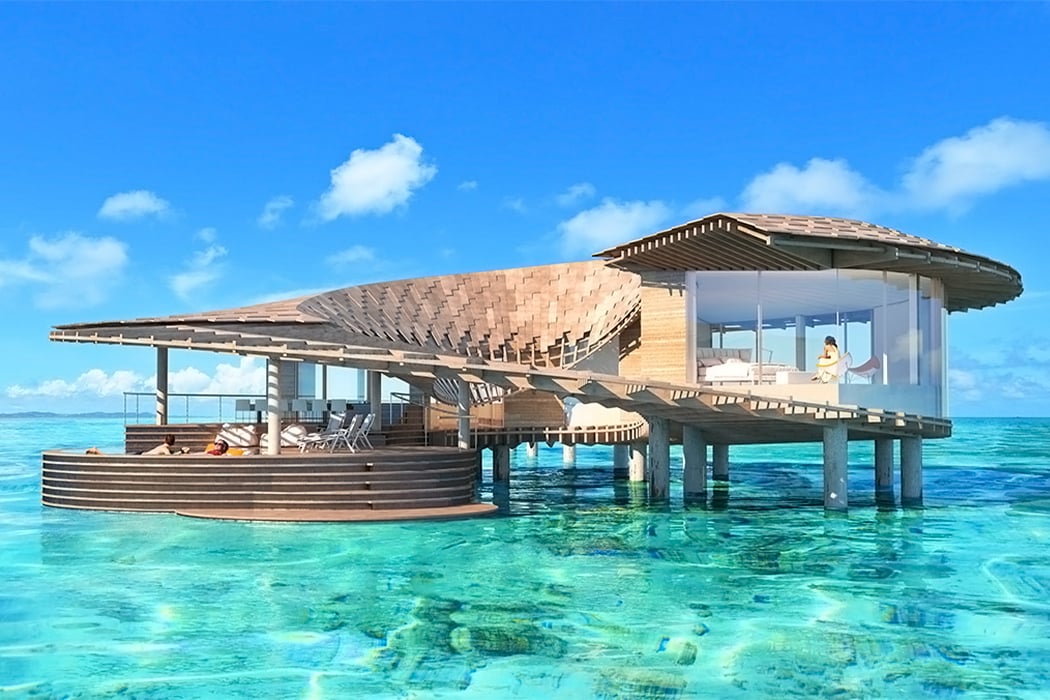
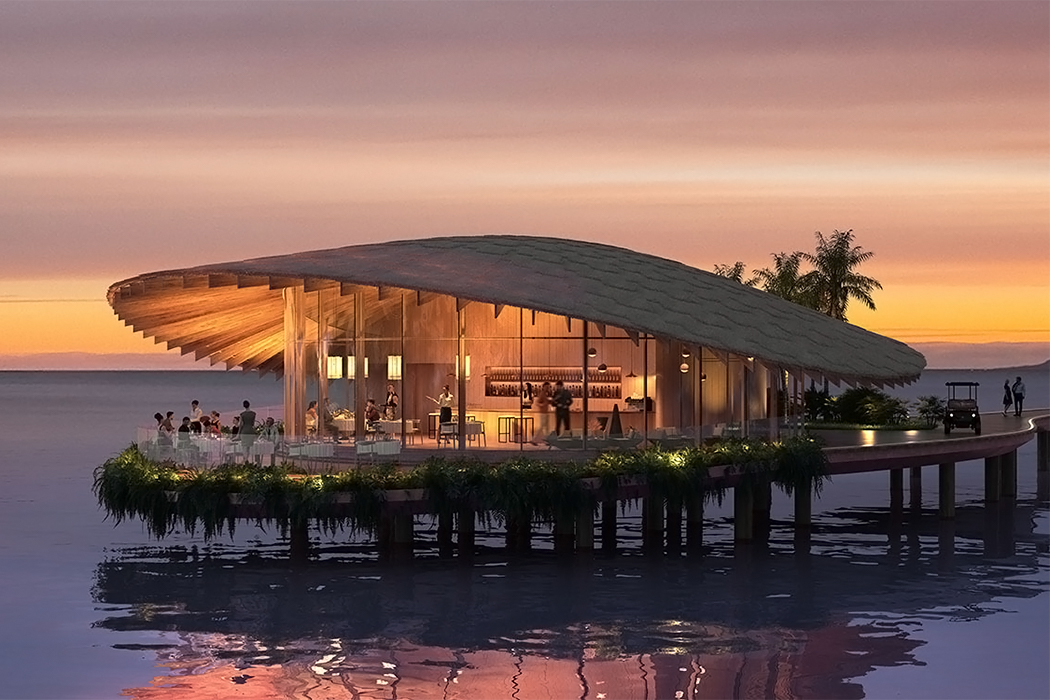
The Red Sea Project is a luxury retreat that is being built as part of a large-scale infrastructure focused on renewable energy, water conservation, and re-using resources to minimize waste. “The best location for the water buildings was chosen through accurate bathymetry investigation, biodiversity studies, and marine engineering studies, in an attempt to prevent any damage to the coral reef and avoiding interfering with the sea currents,” explained the team at Kengo Kuma & Associates. The grand plan even includes a special airport designed by Foster + Partners exclusively for this destination! The first phase of construction is set to be completed soon and a part of the resort will open in 2022 which will have five developed islands as well as two inland sites. By 2030, the destination will be complete with 22 islands and six inland sites. The Japanese architecture studio has taken all measures in their design to respectful of the extreme environmental sensitivity of the region by choosing a light-touch approach that will have the least detrimental impact on the rich biodiversity of the islands.
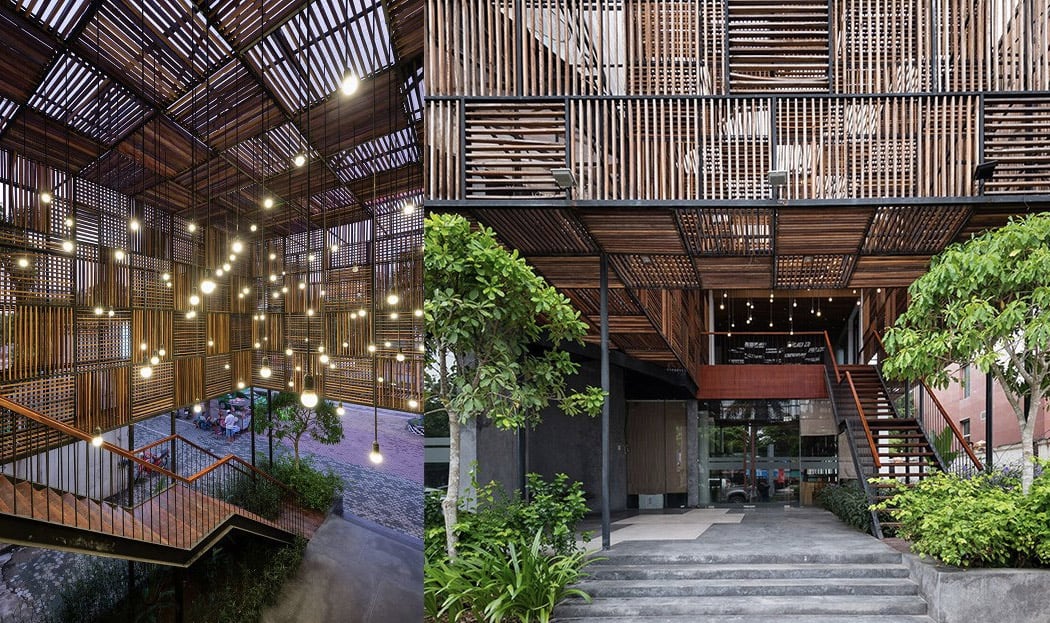
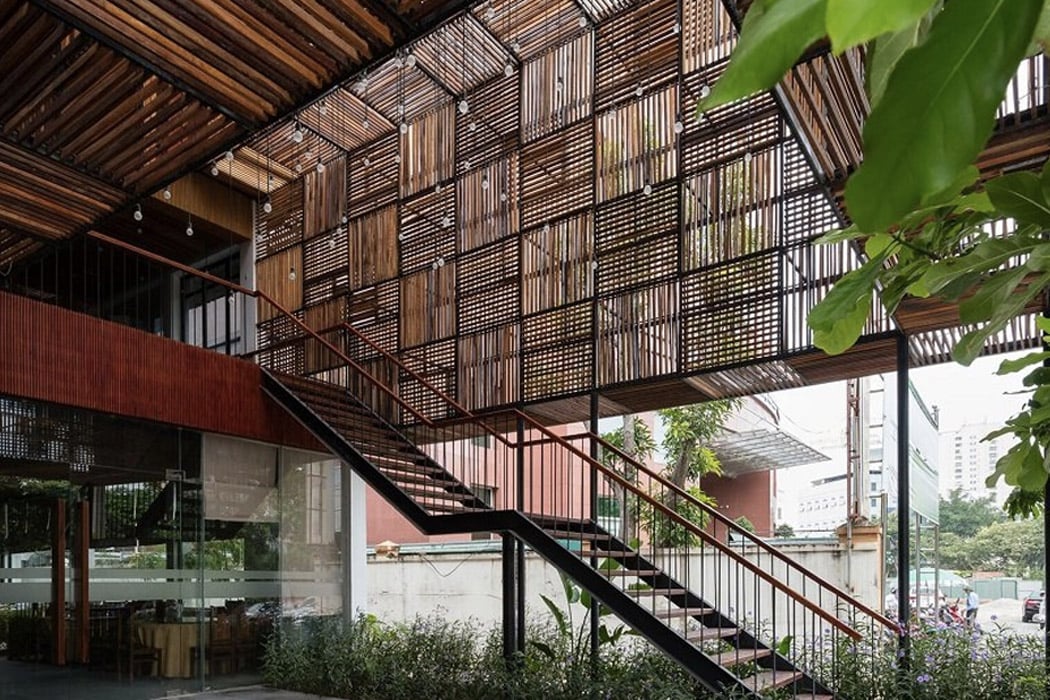
Designed by H2, the Saigon Thuong Mai Hotel in Vinh, Vietnam was rebuilt from a pre-existing hotel. The new hotel has been built using sustainable materials! In fact, architects from H2 worked with locals to understand and utilize locally available materials. Reclaimed wood was used to primarily build the hotel. Local wood from local joinery stores was used to create little wooden pillars, these pillars were then merged with iron frames to build the base modules for the hotel. A beautiful wooden facade was created, which allowed natural light to stream effortlessly into the building, and also encouraged natural wind and ventilation.
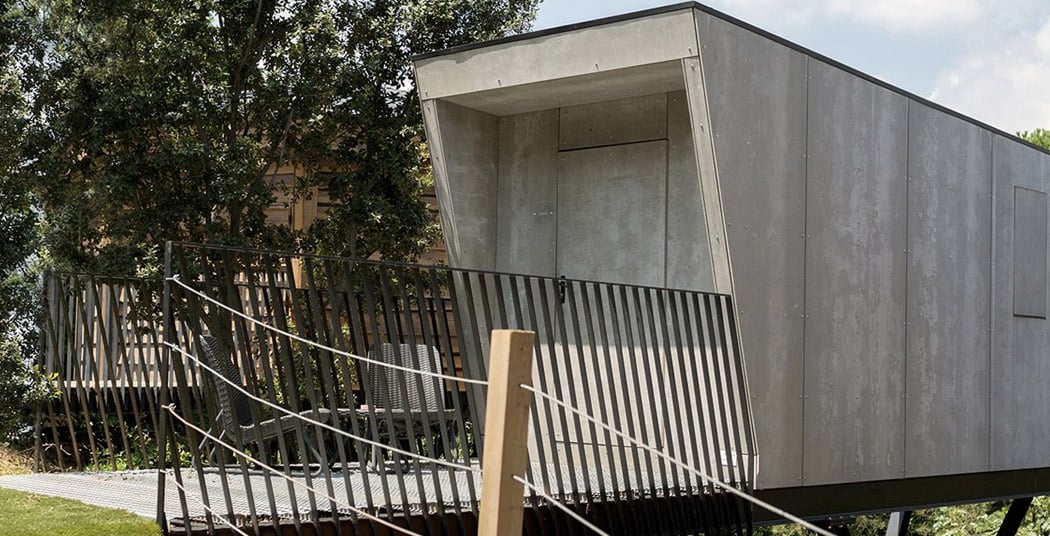
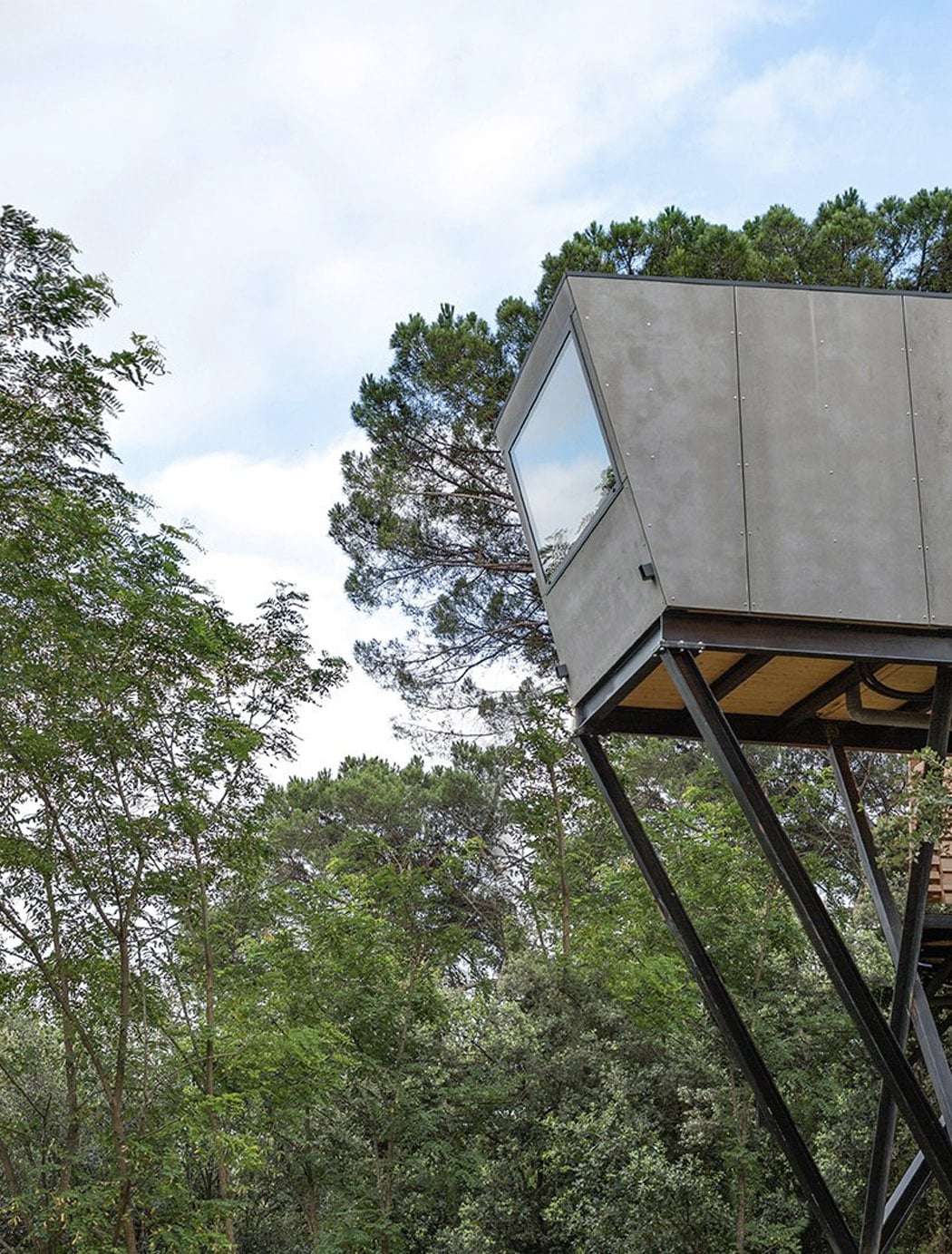
In an effort to encourage eco-tourism, In-tenta design created ‘DROP box N-240’ – a low-impact little hotel suite in a resort, located in a quaint little Spanish village. It’s an innovative and sustainable vacation option for people who want to relax and rejuvenate, without stressing out the environment. It occupies a very small portion of land, while also featuring all the amenities required for a comfortable stay. Placed on a sloped terrain, the tiny suite creates a very minimal impact upon the site.

